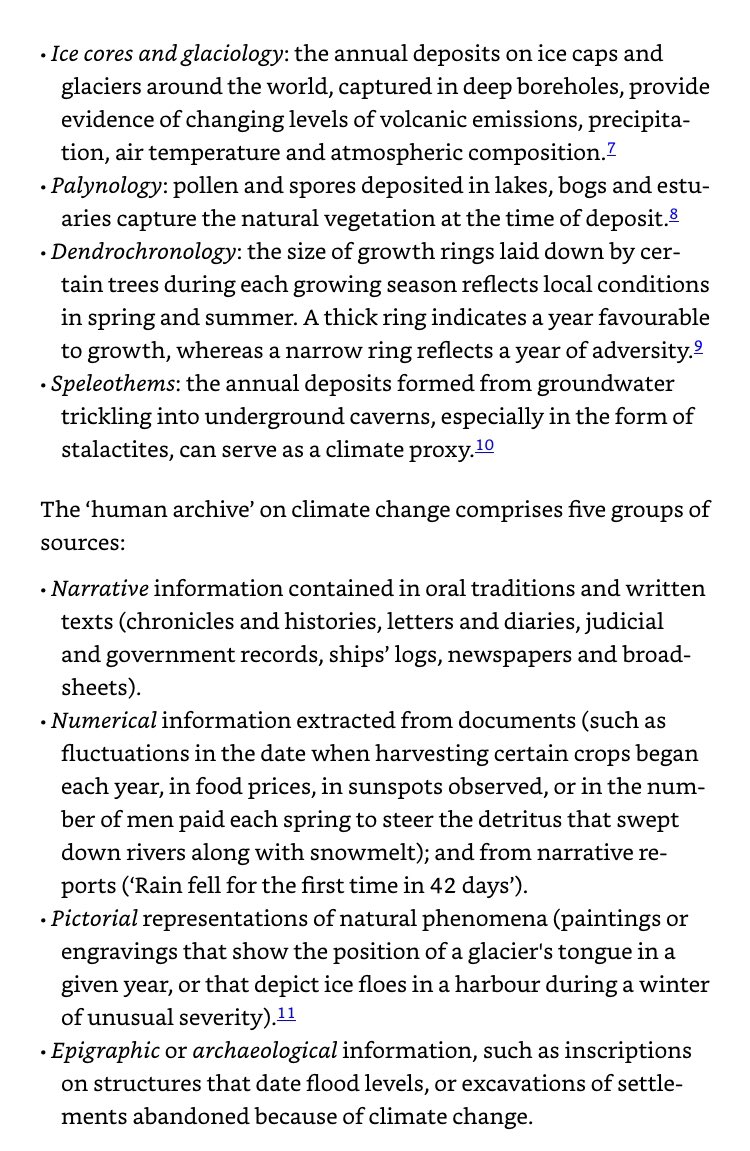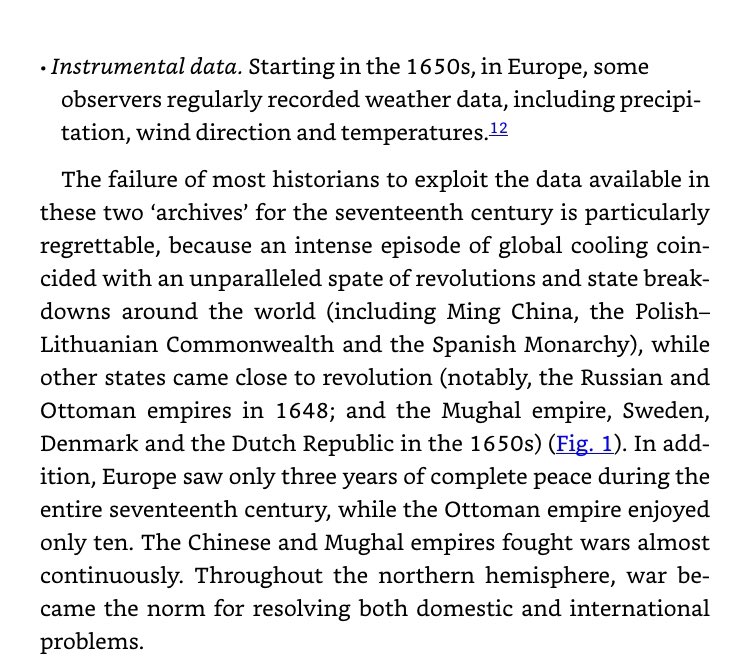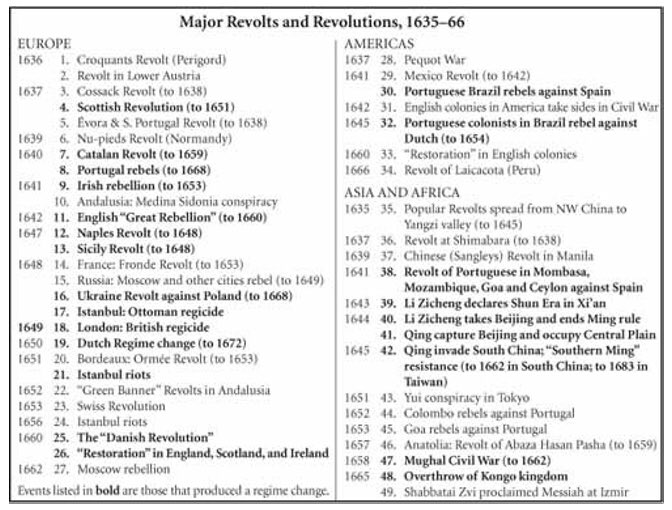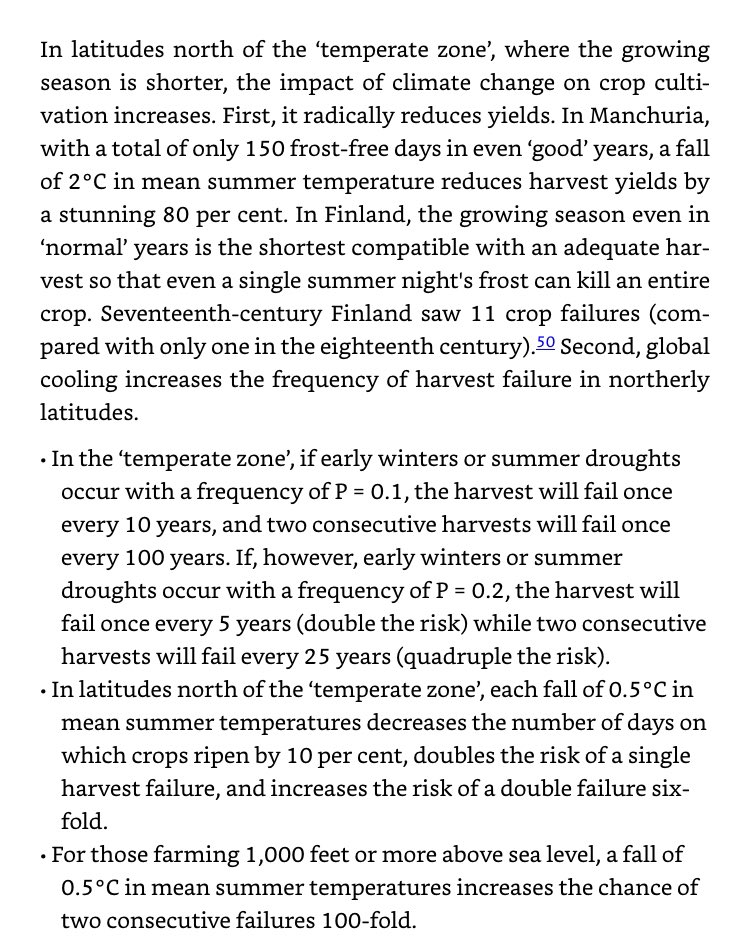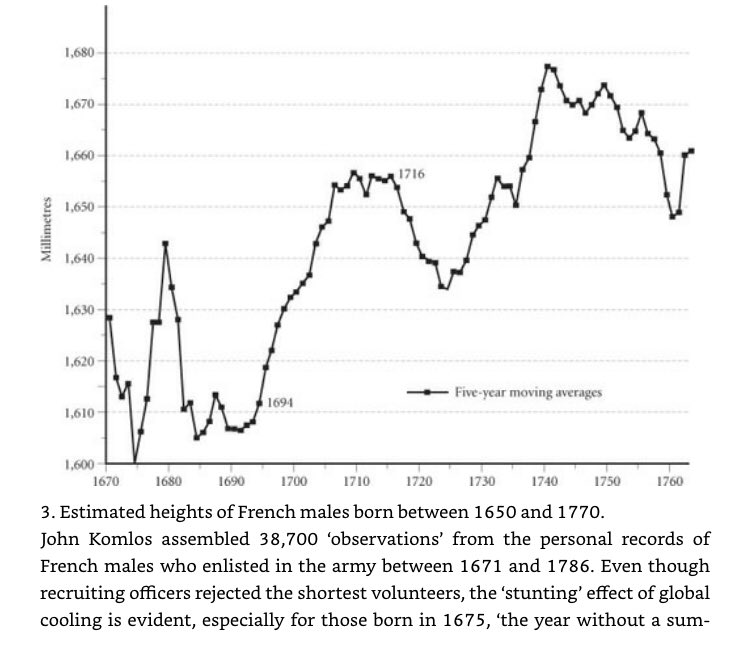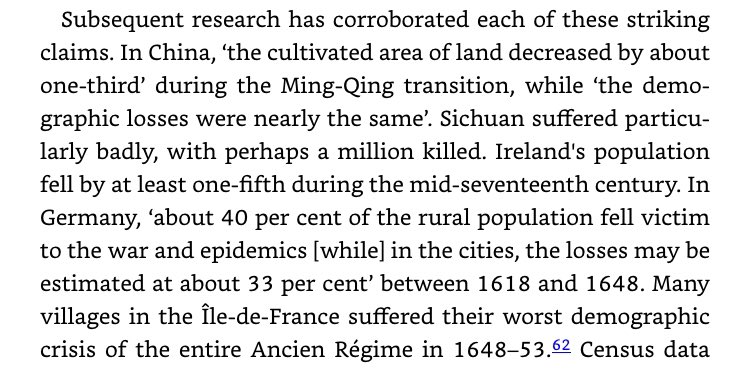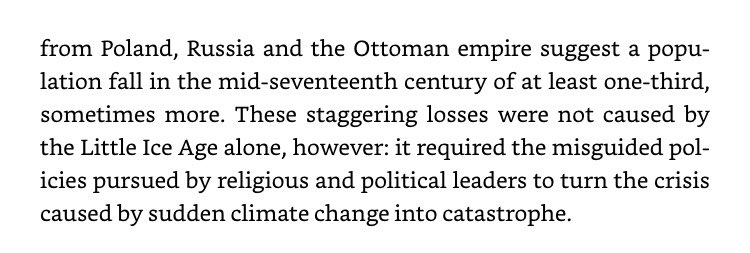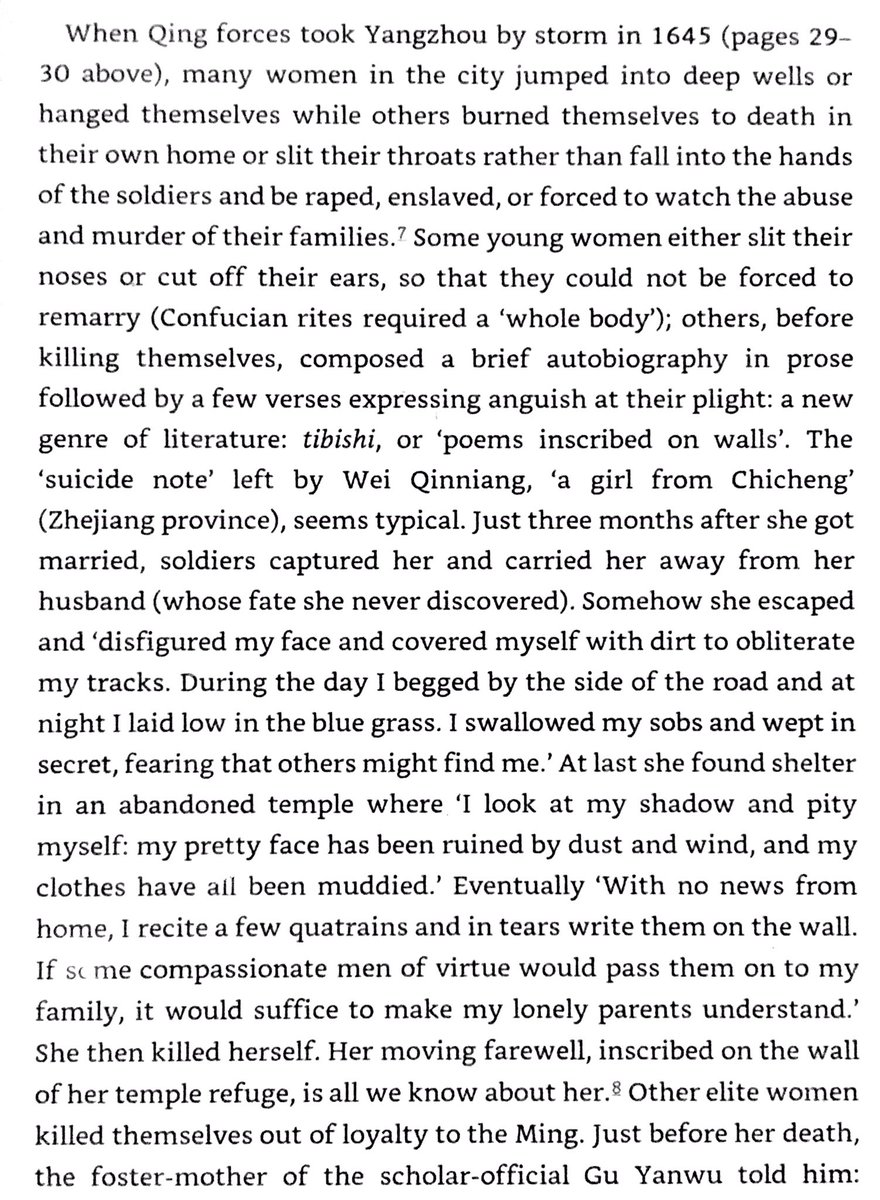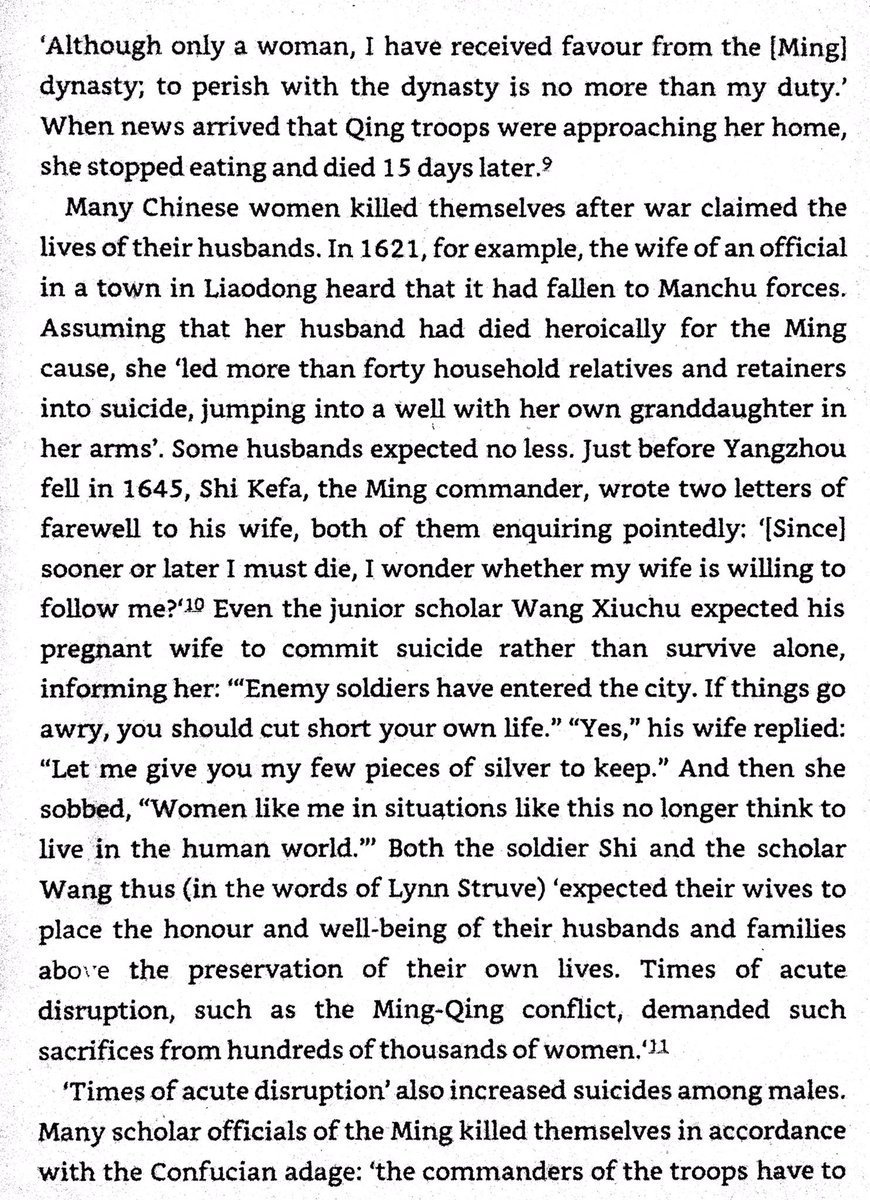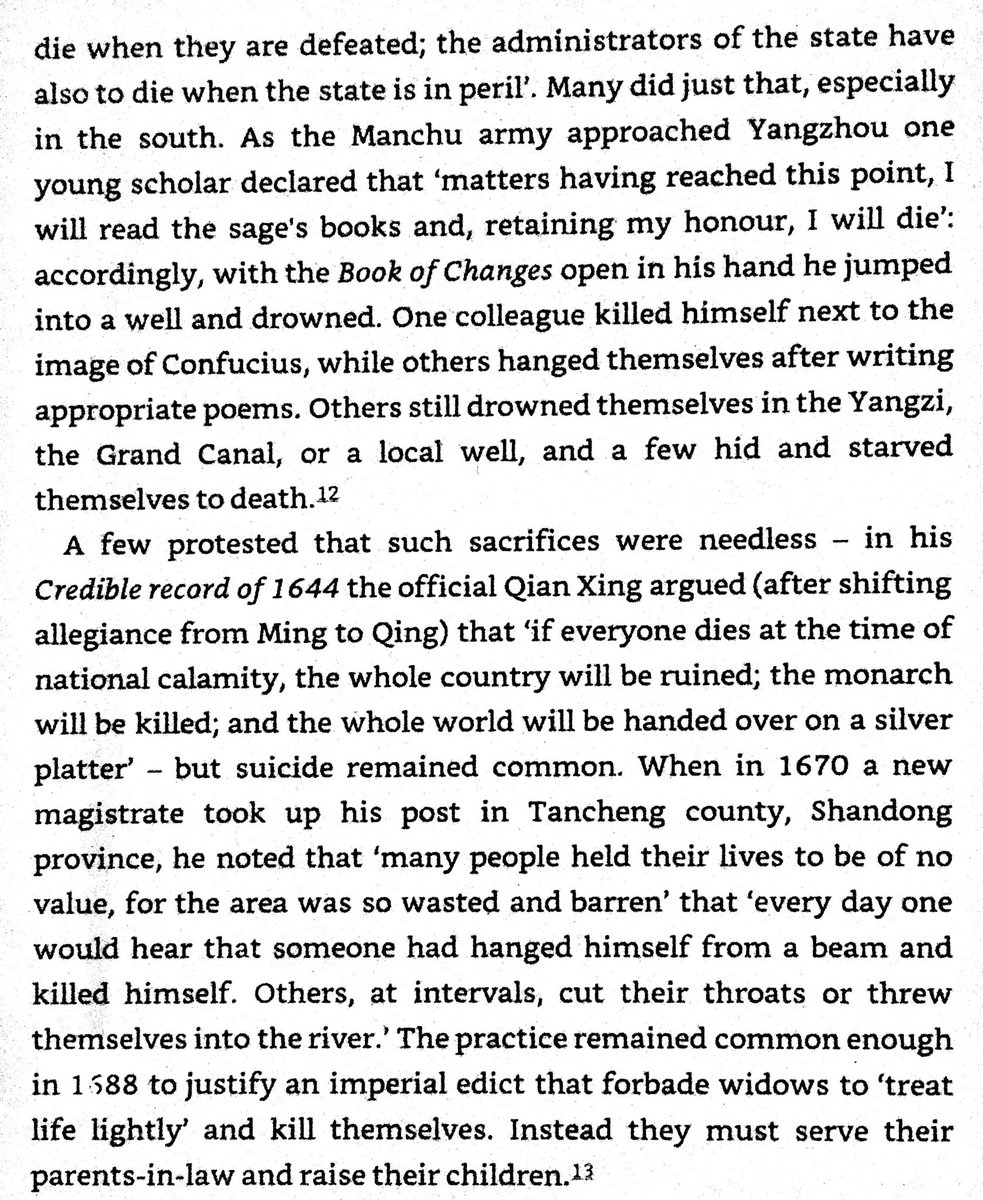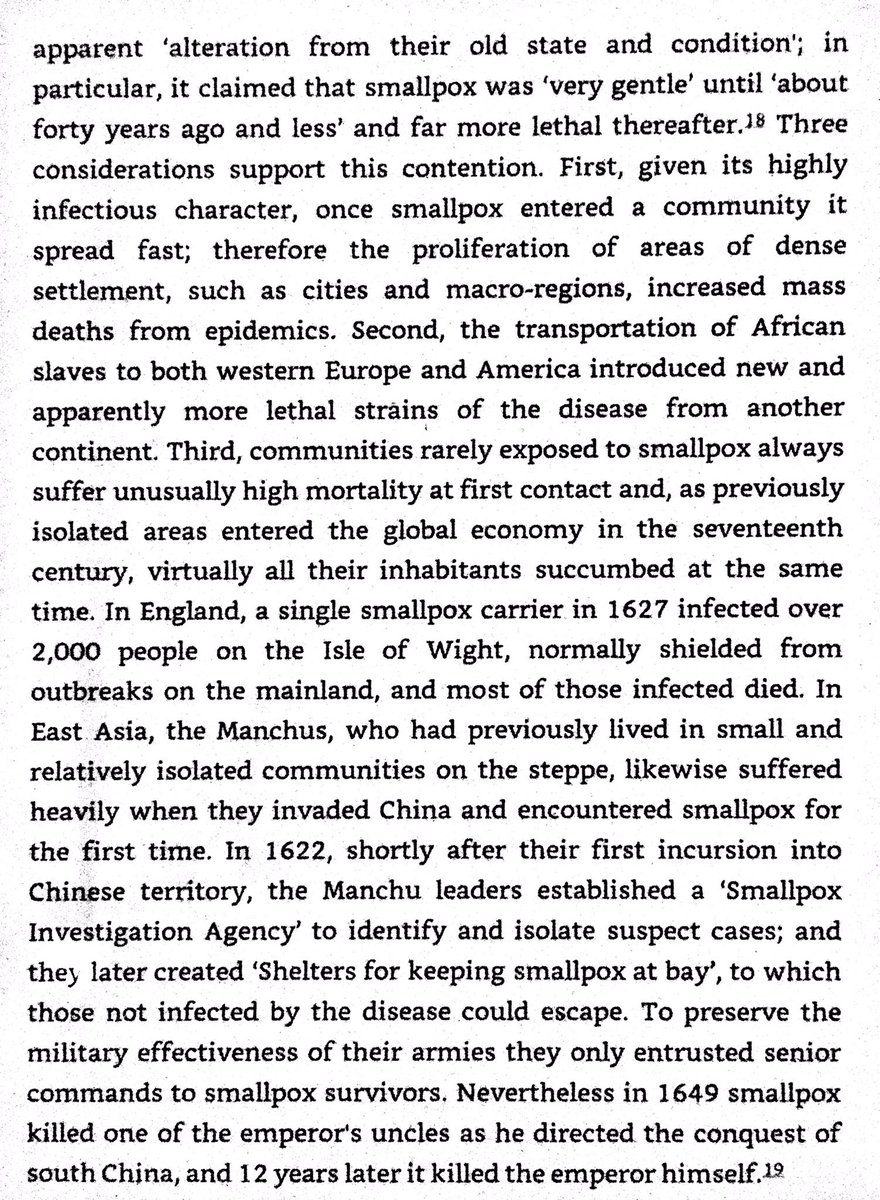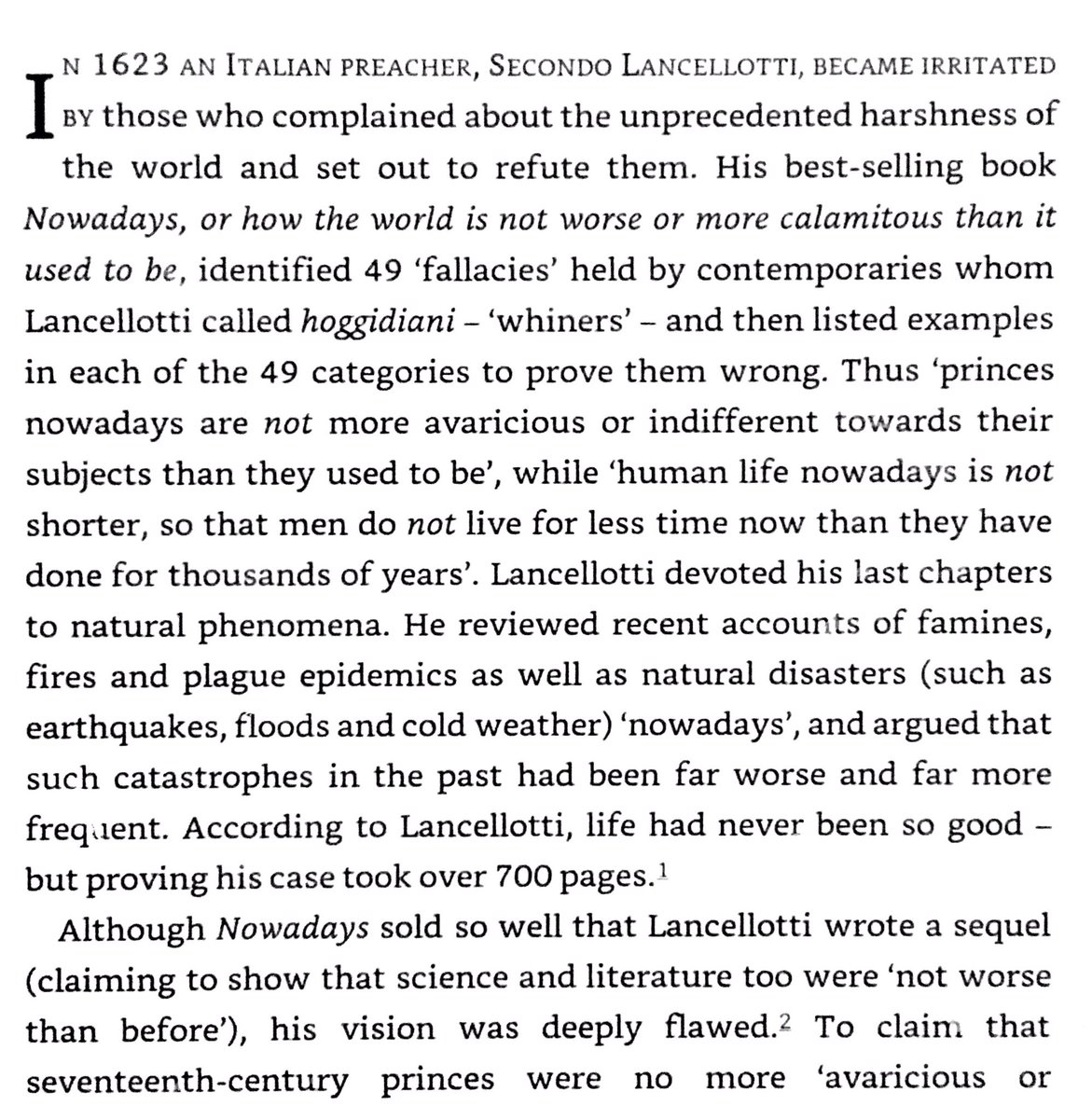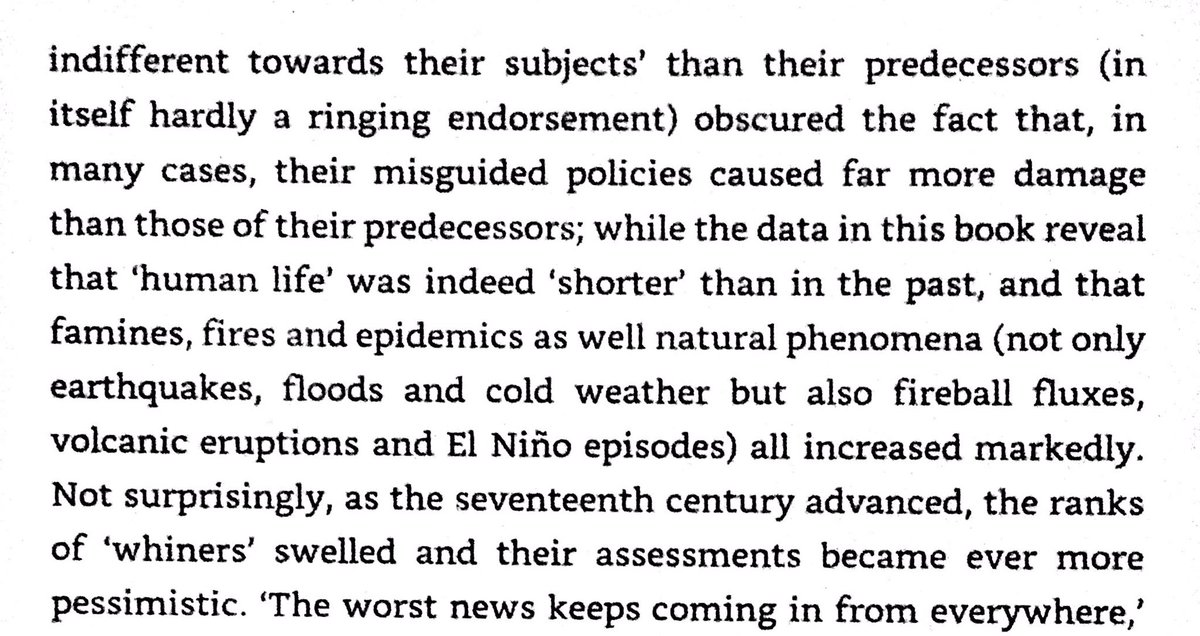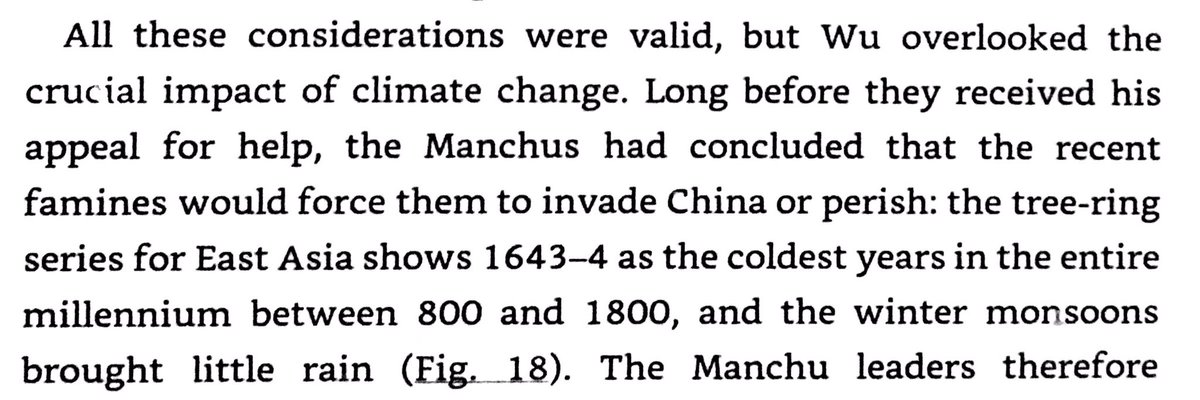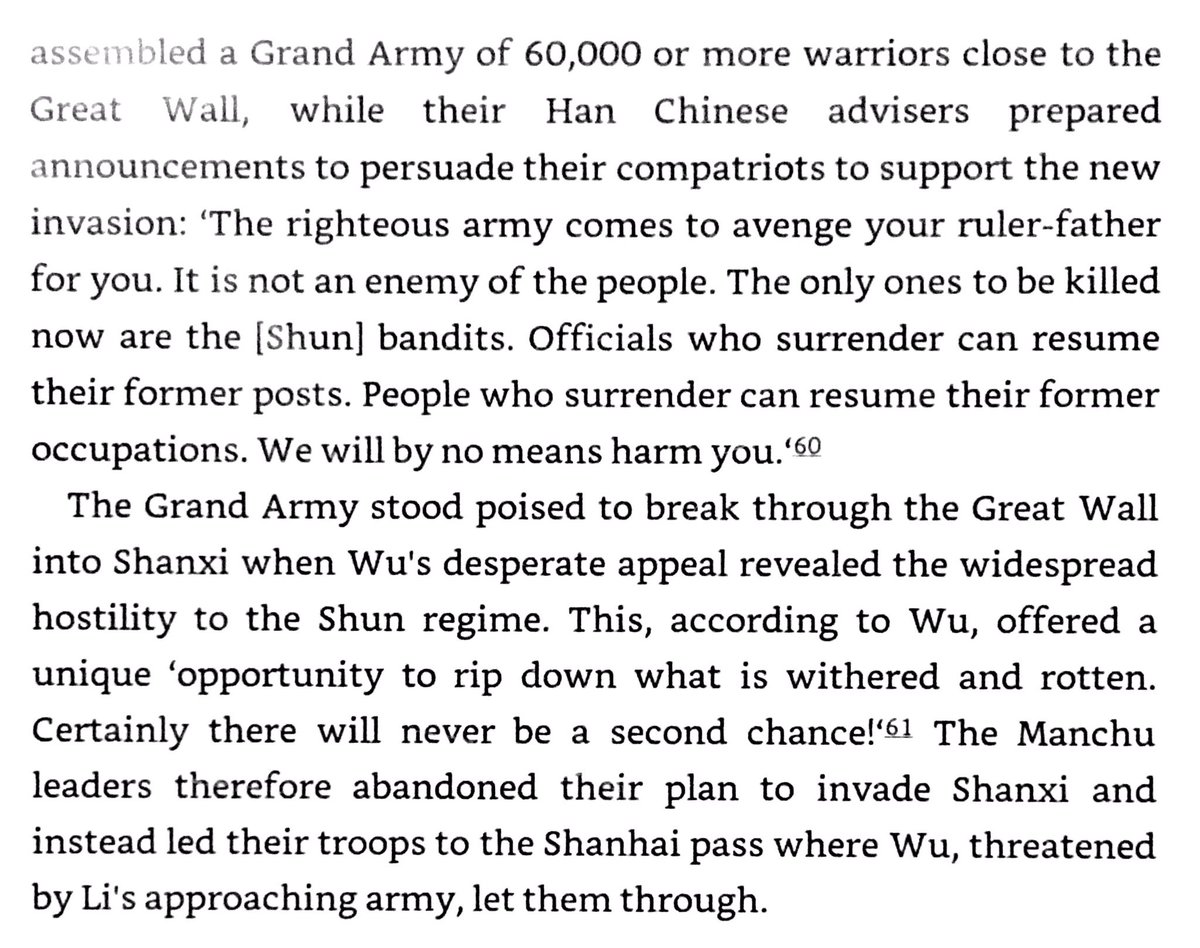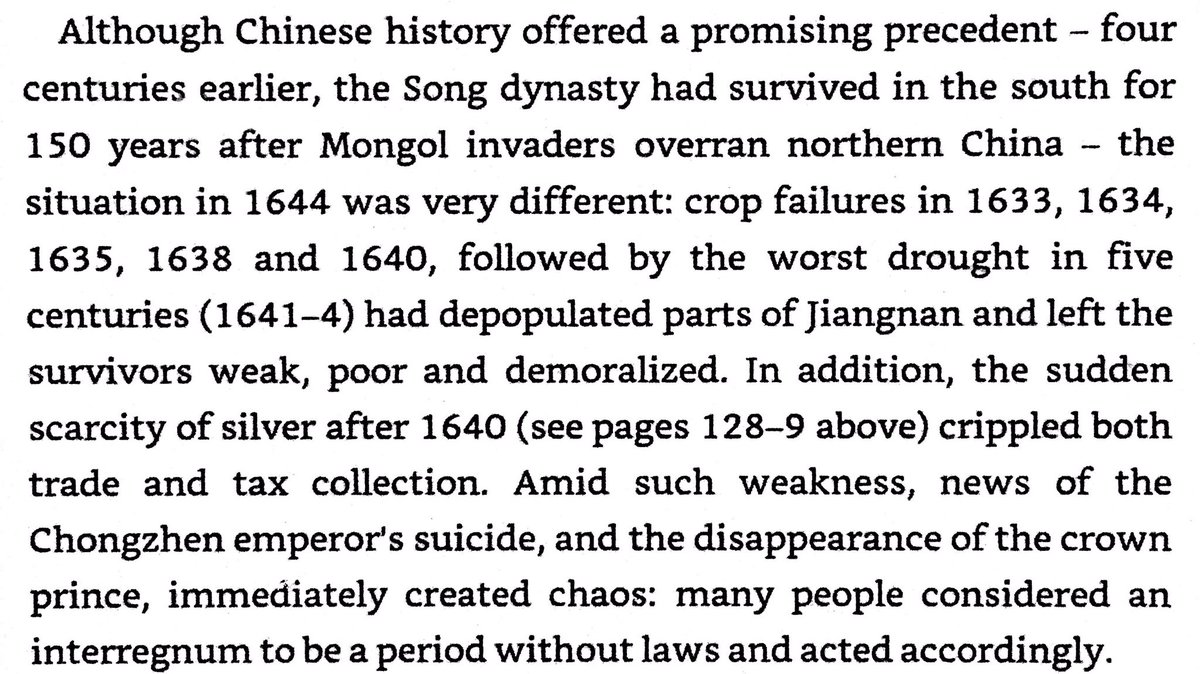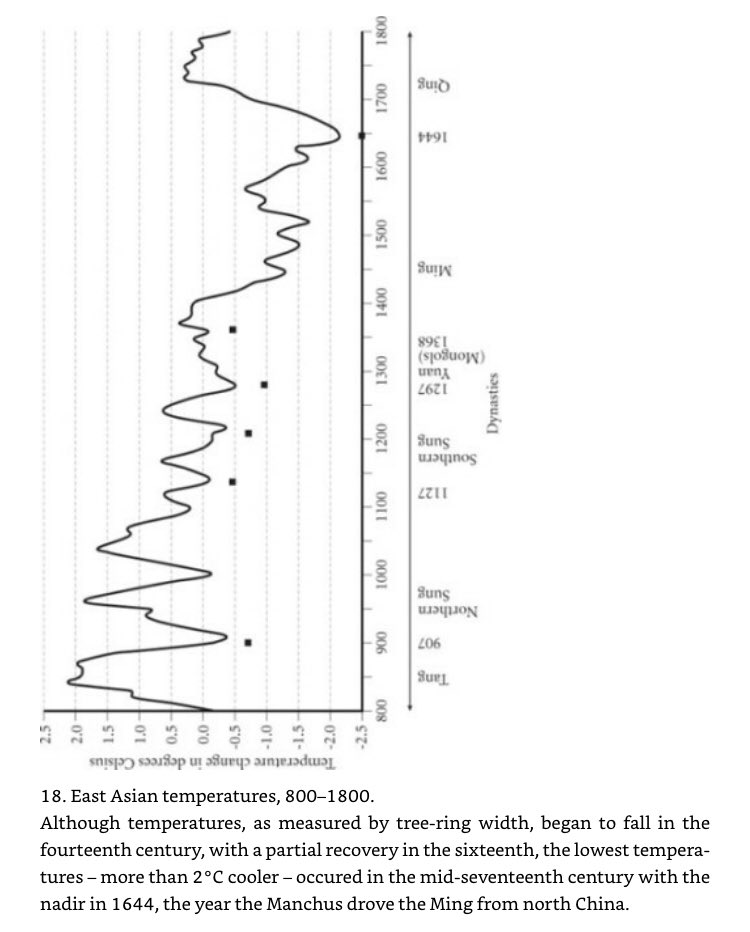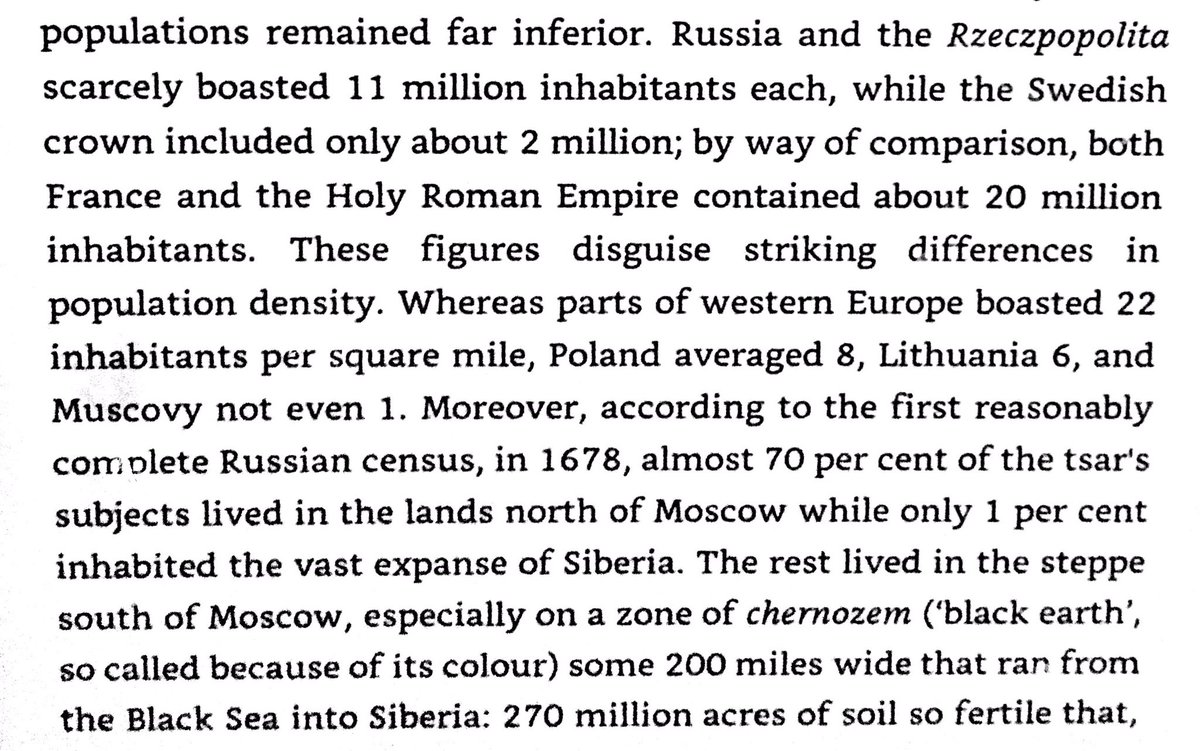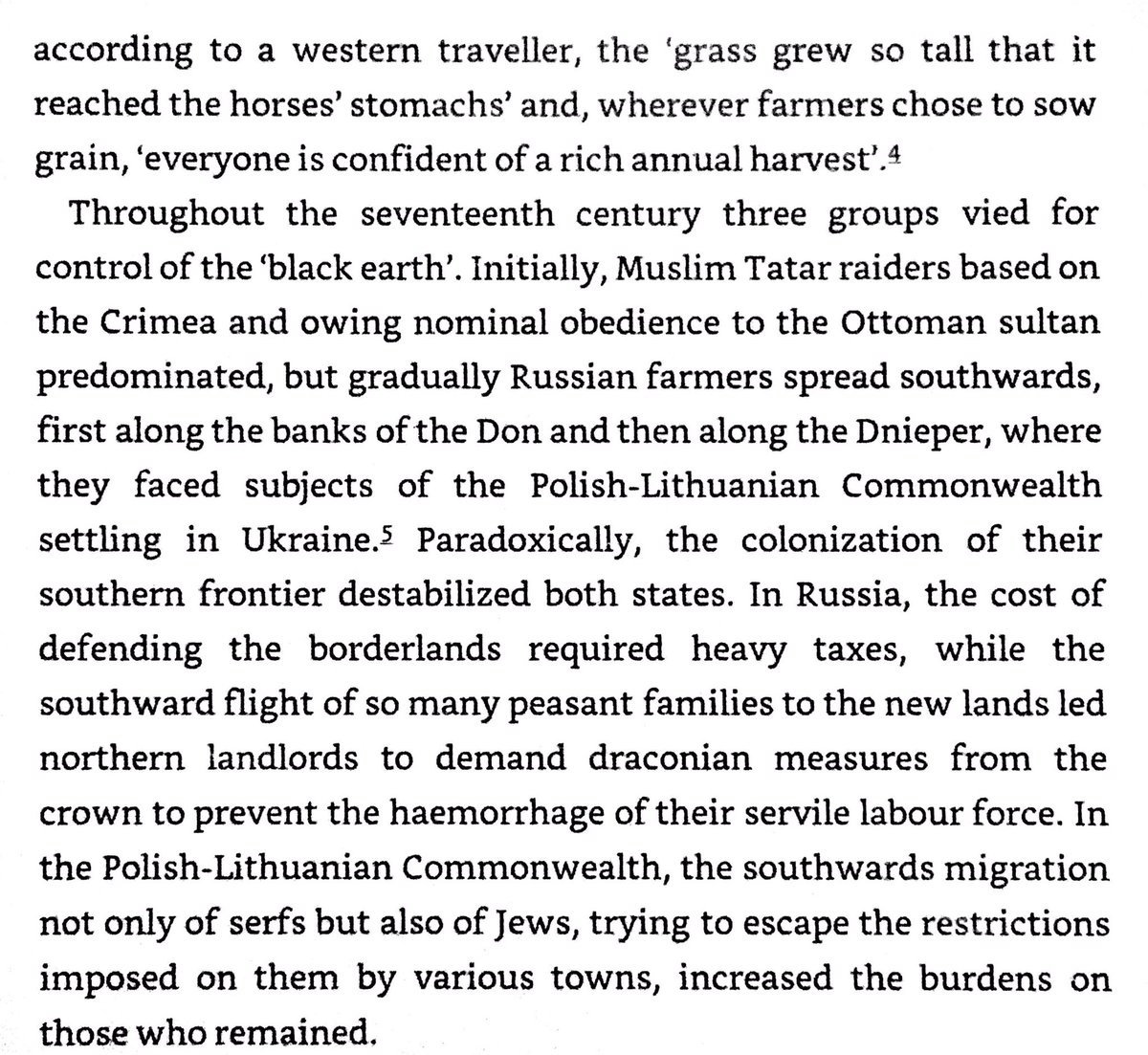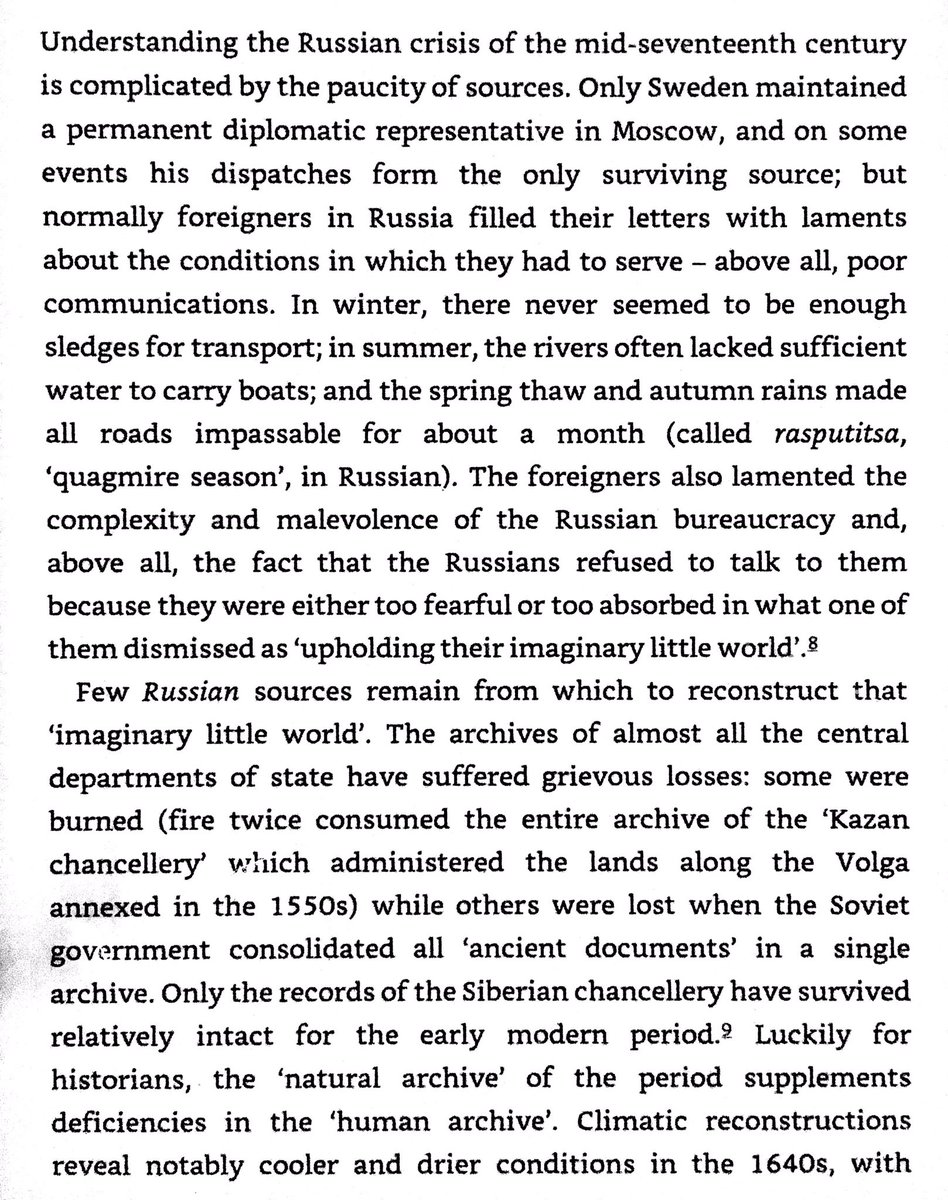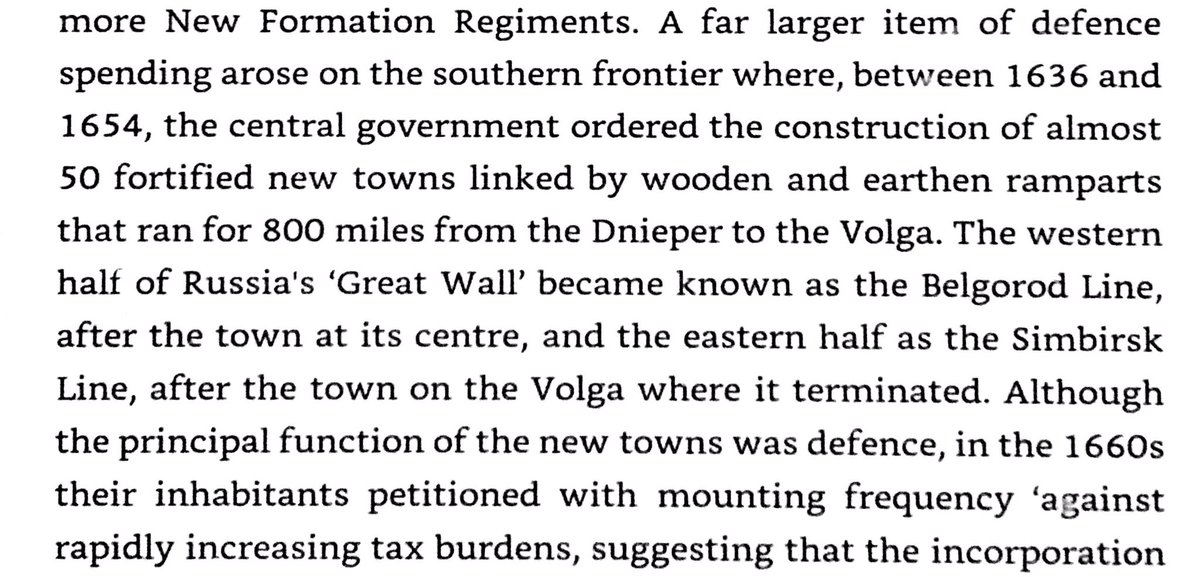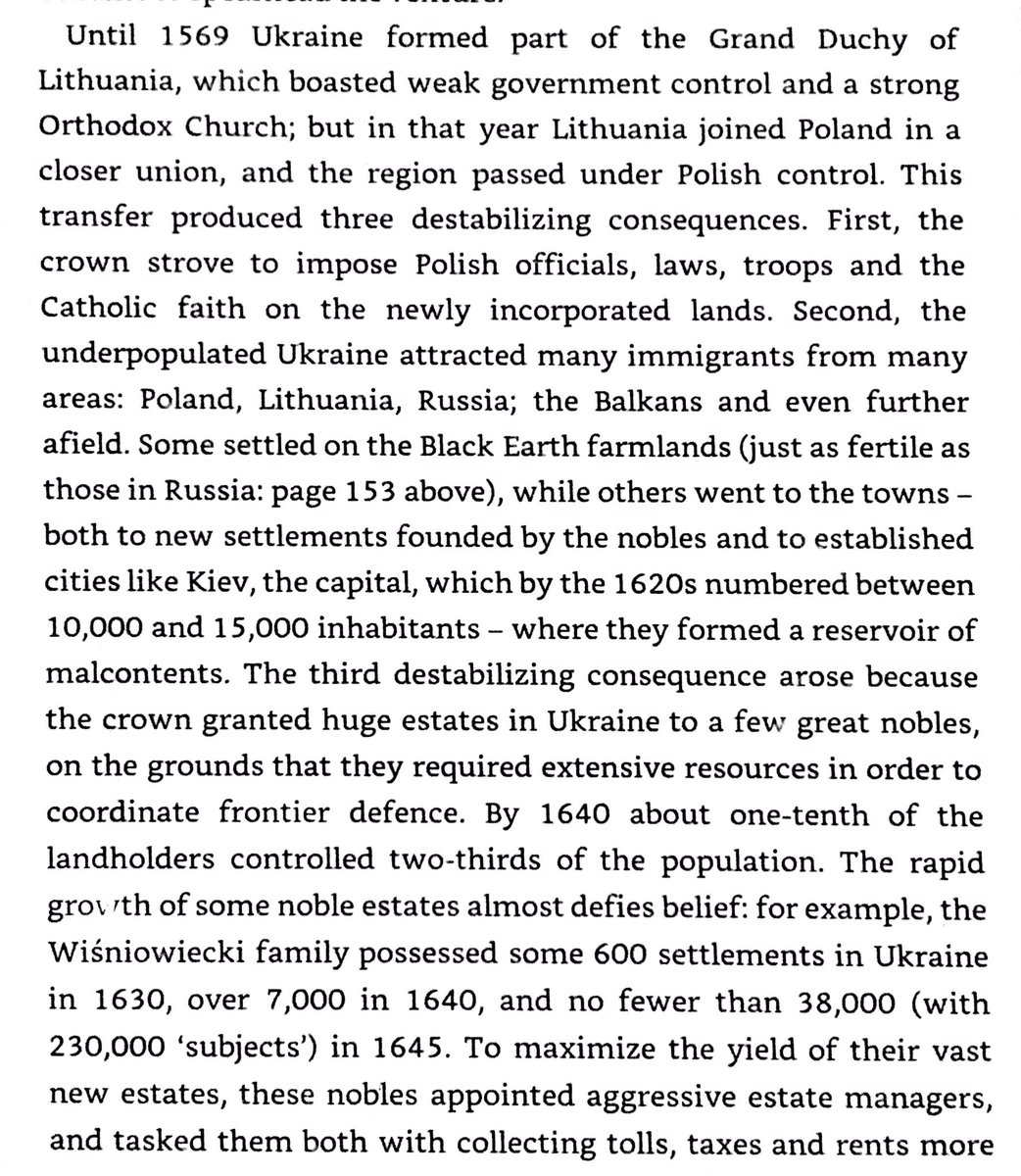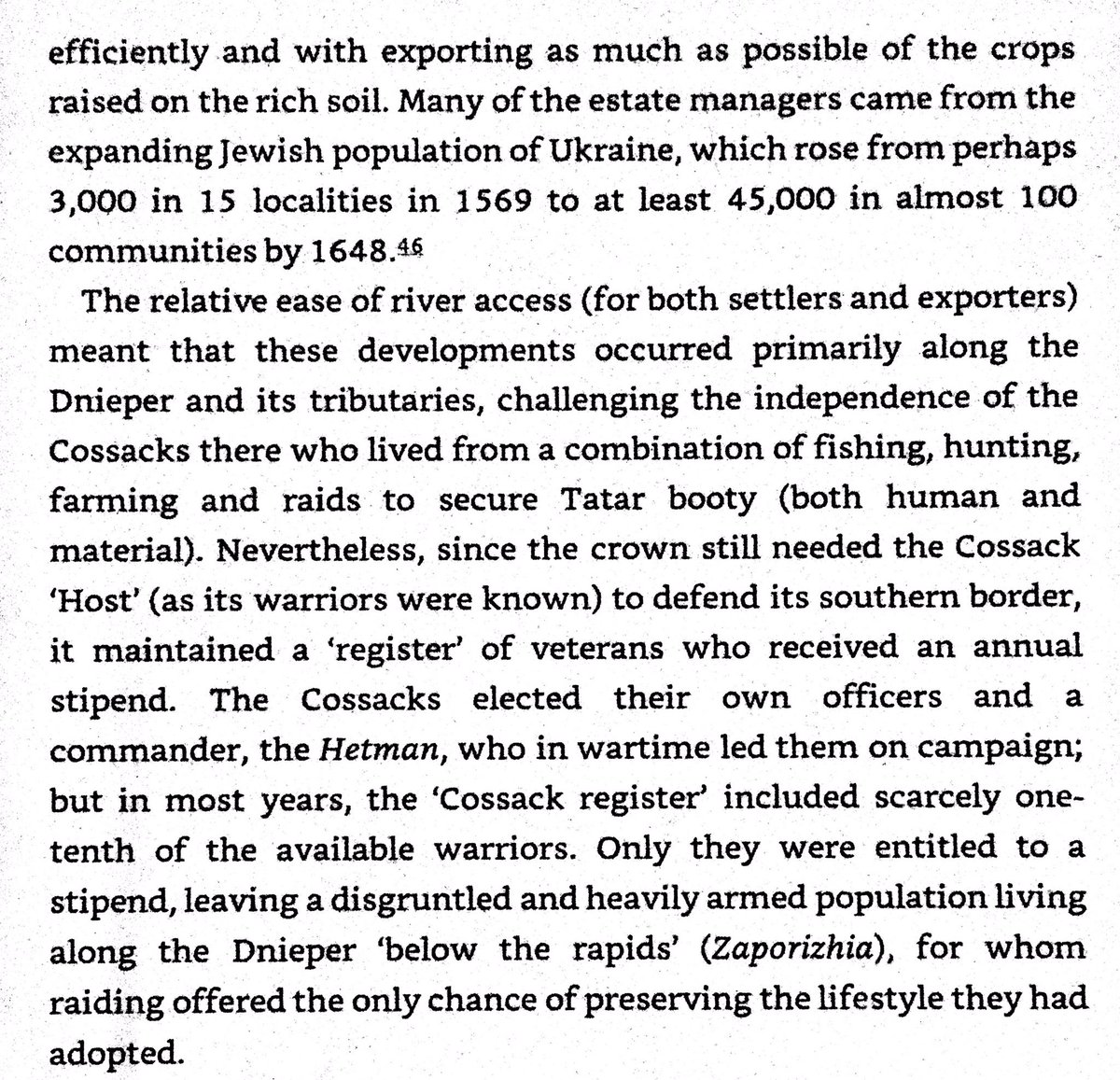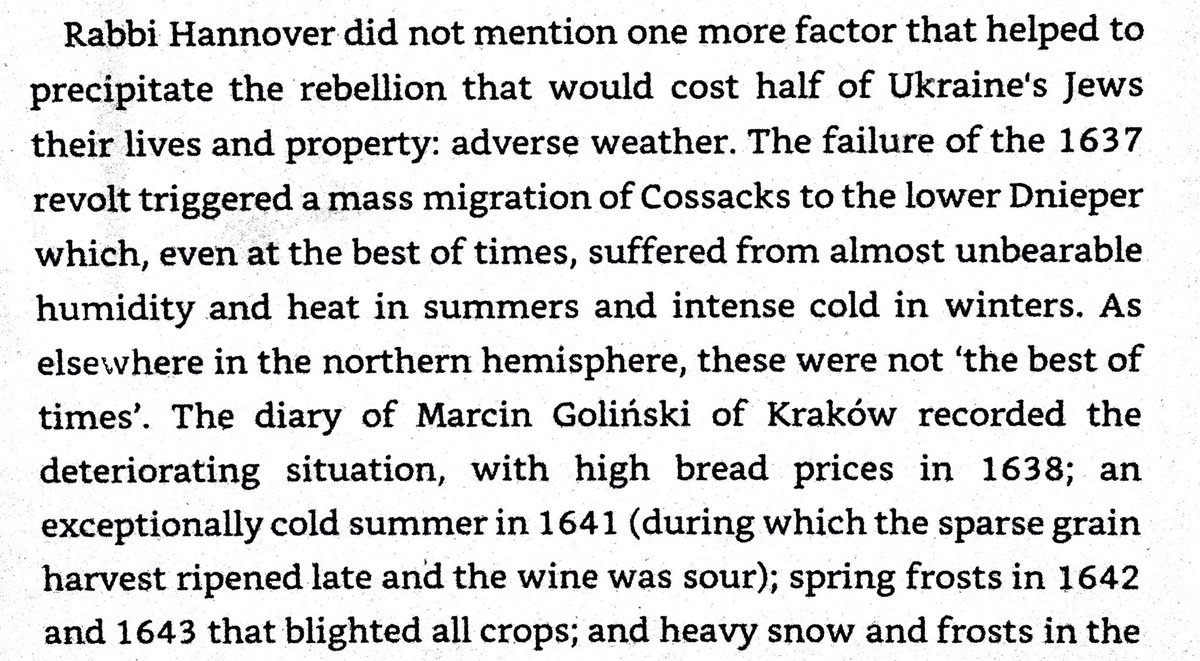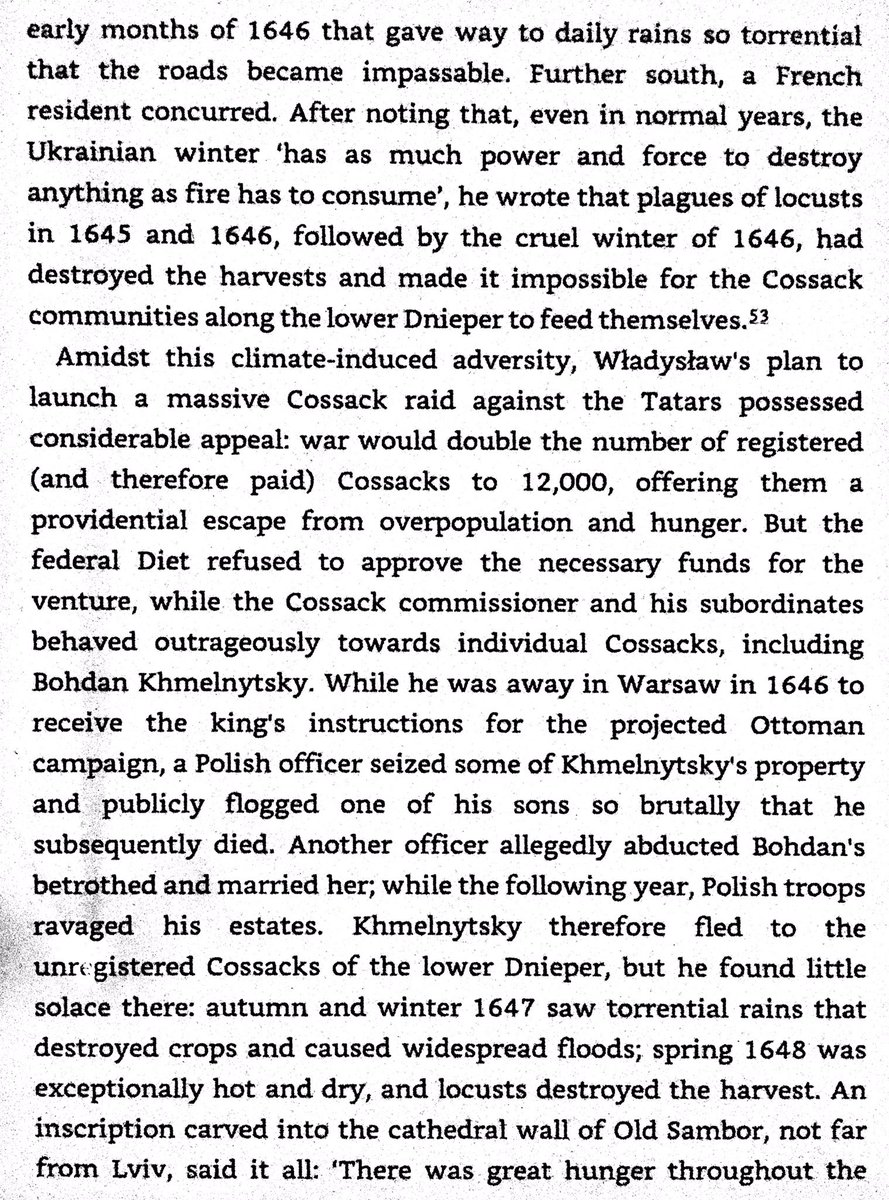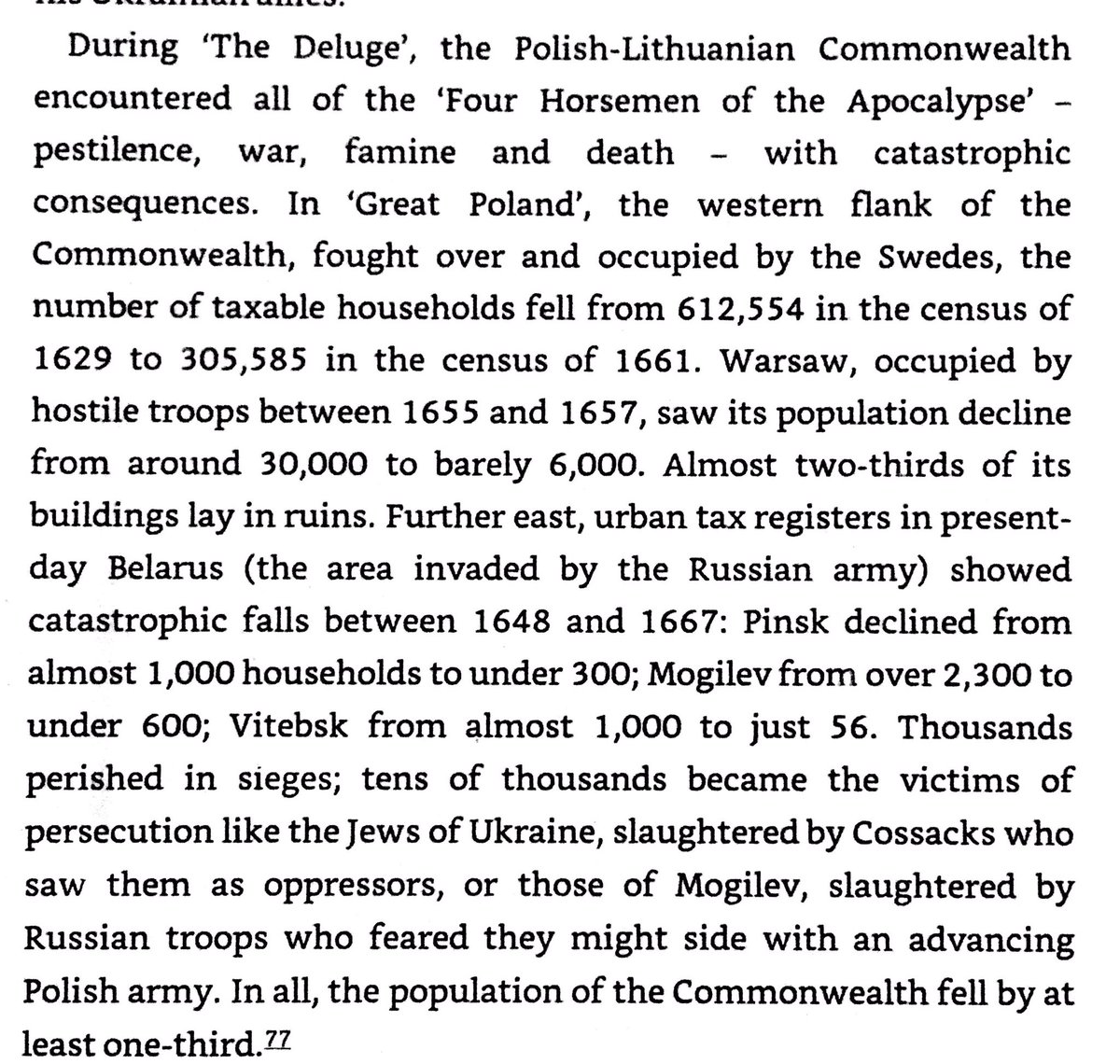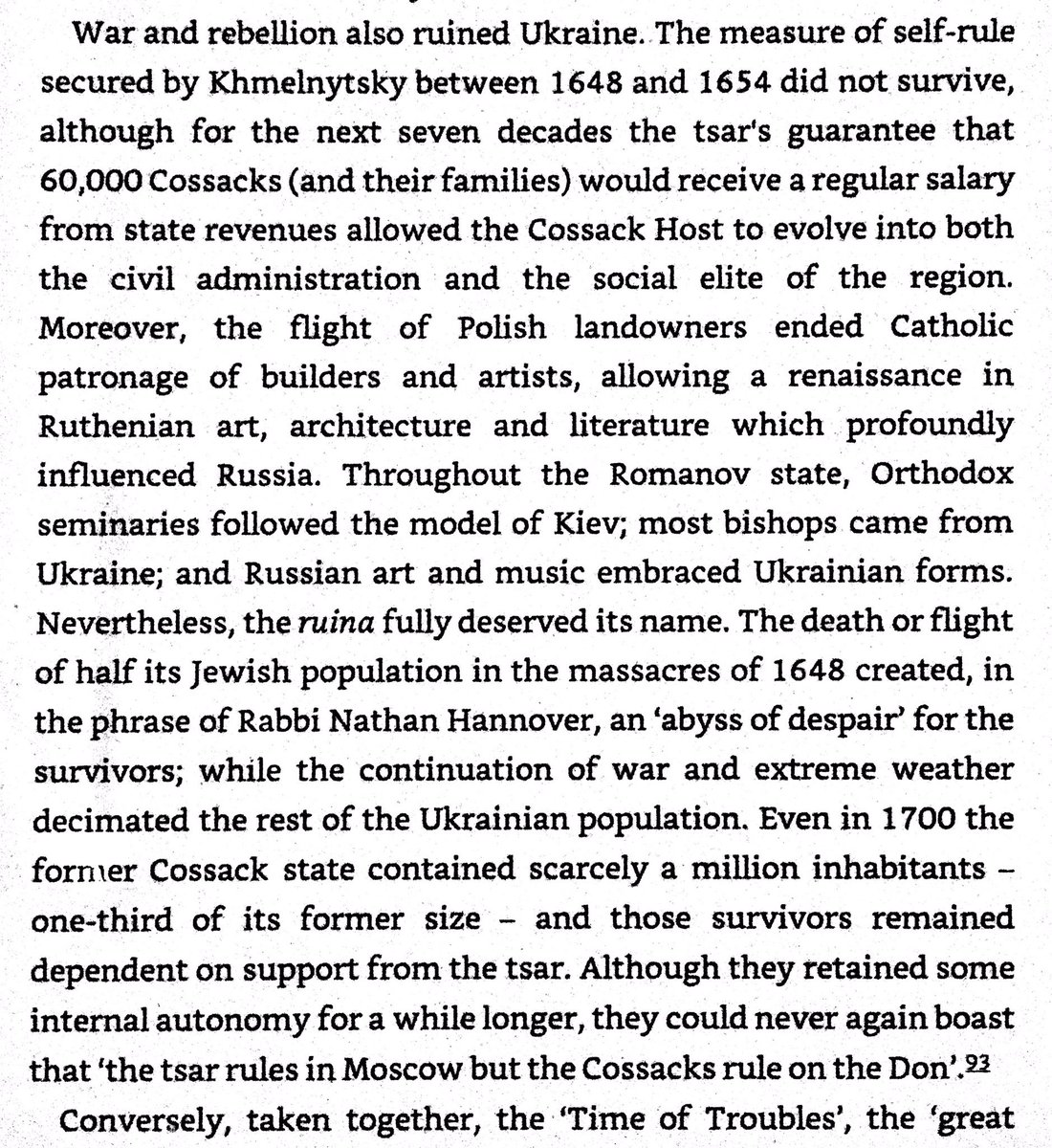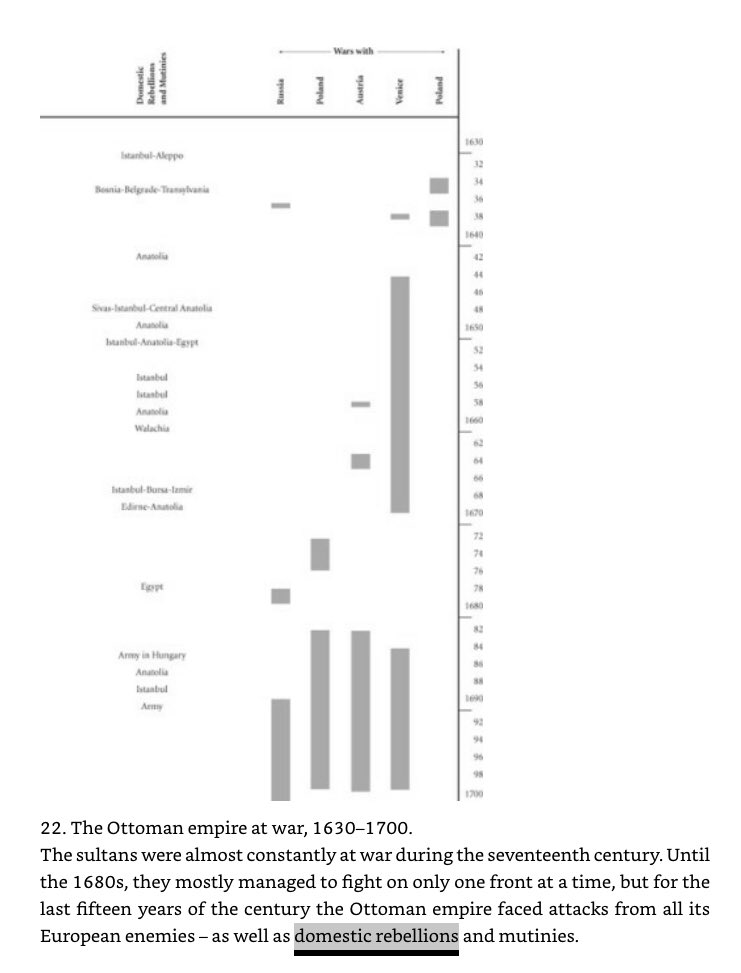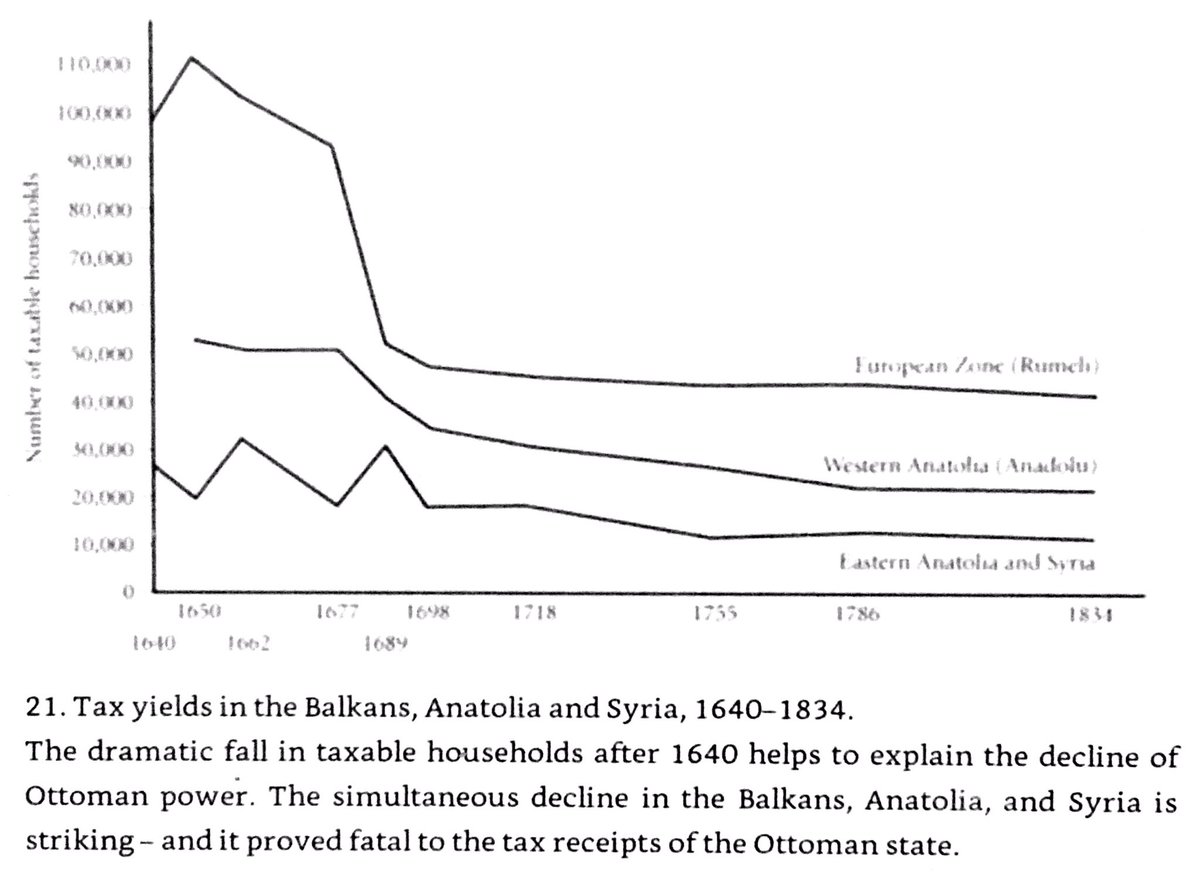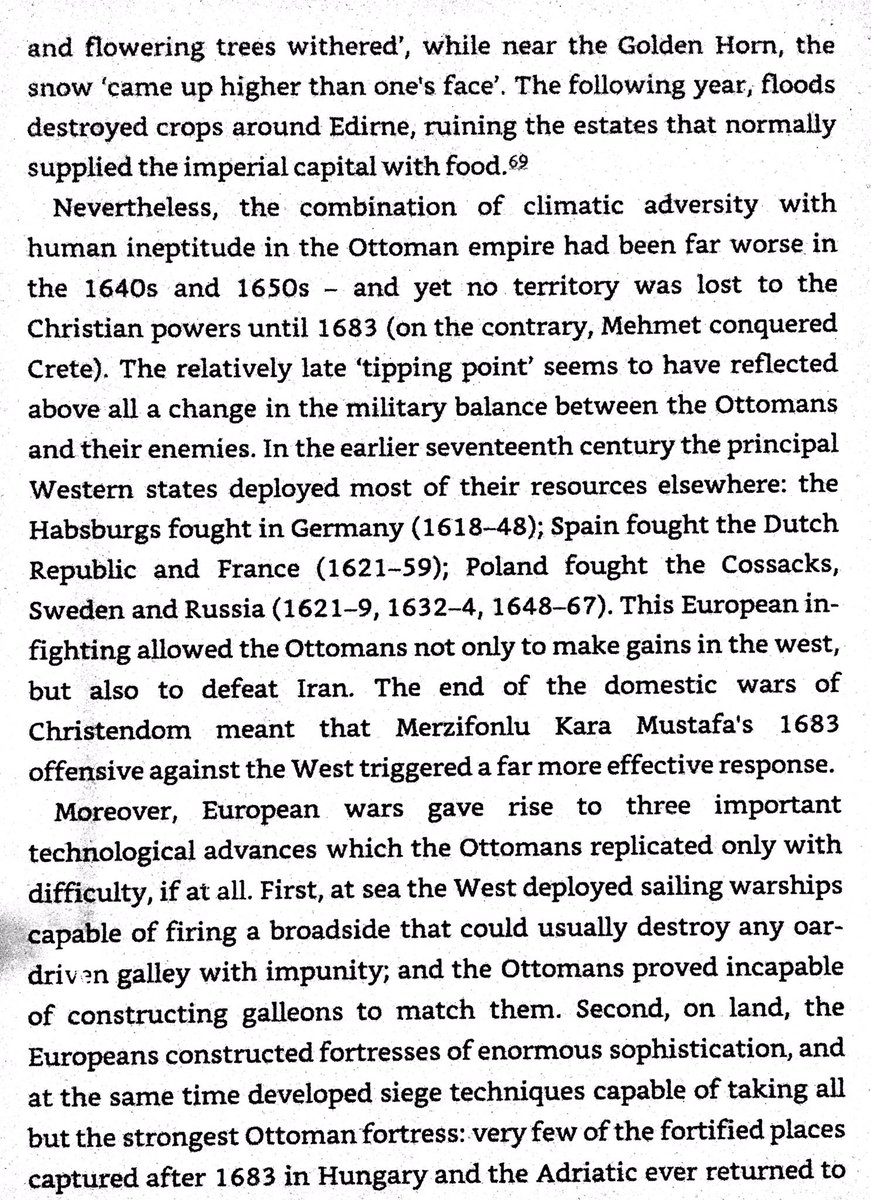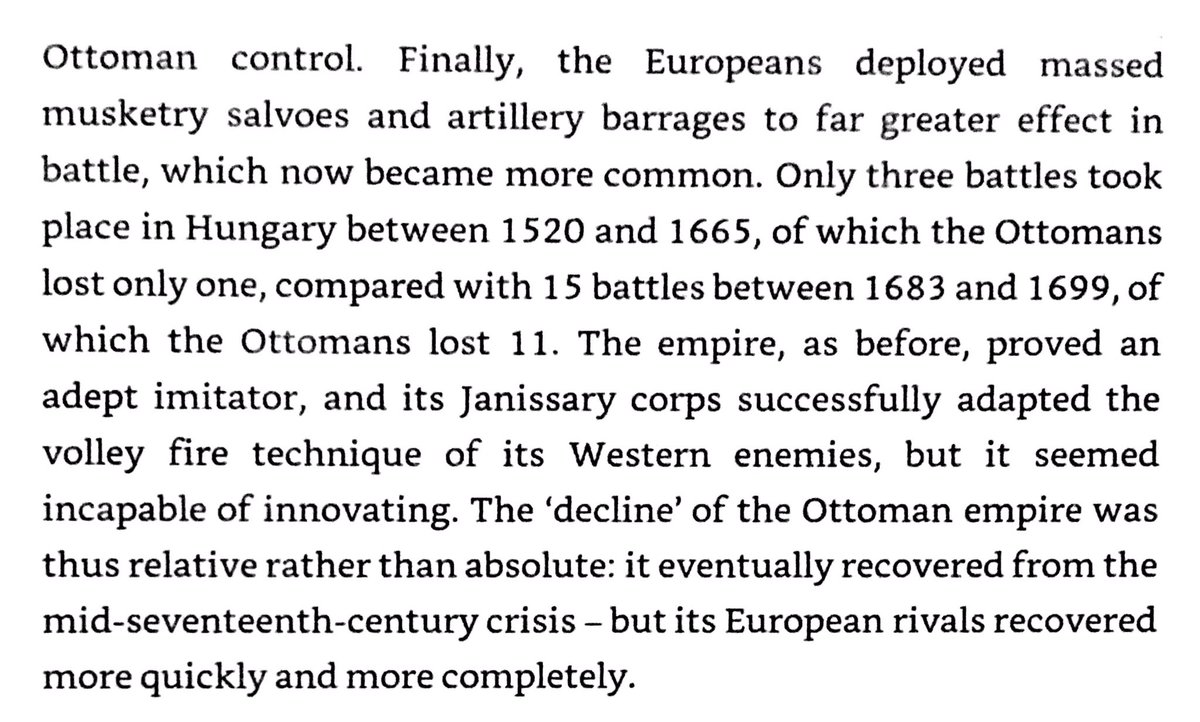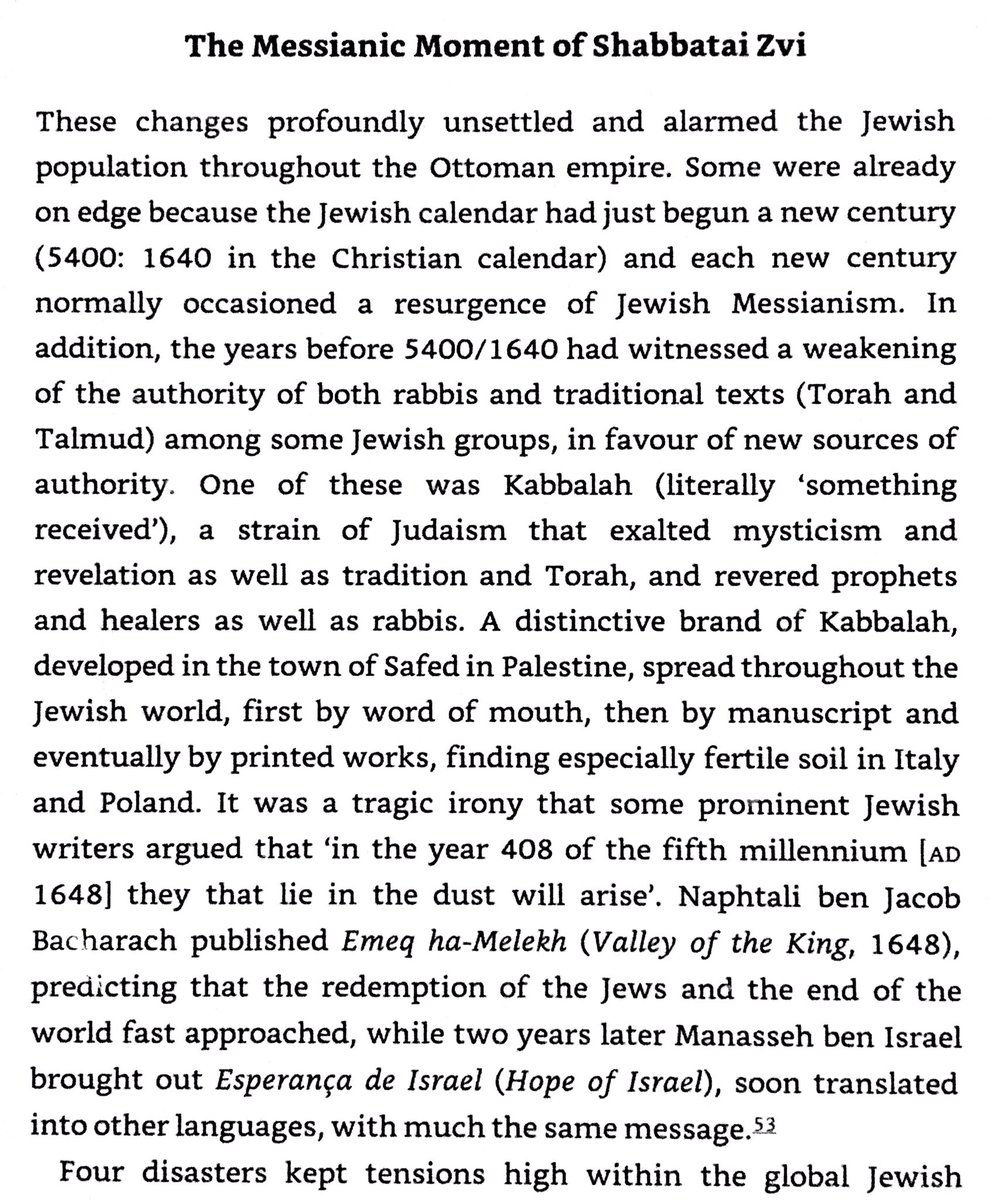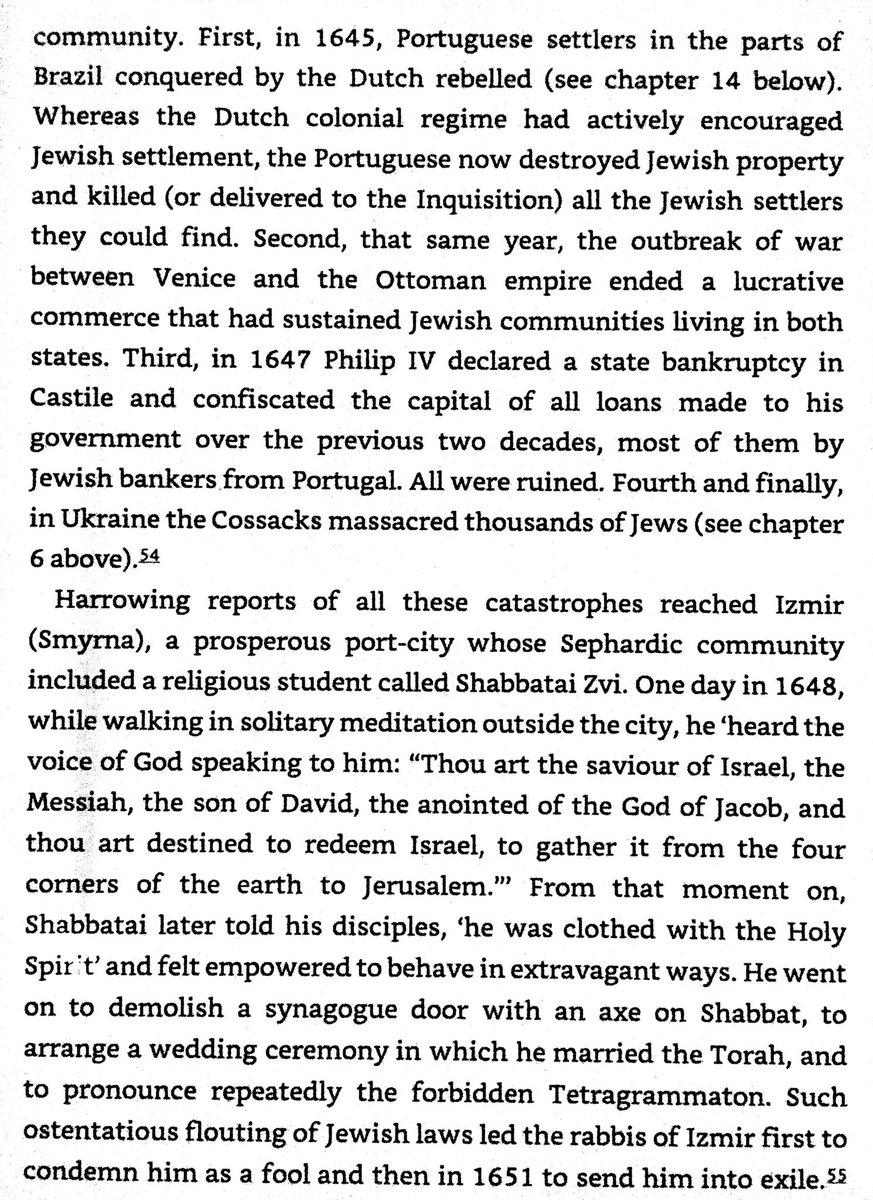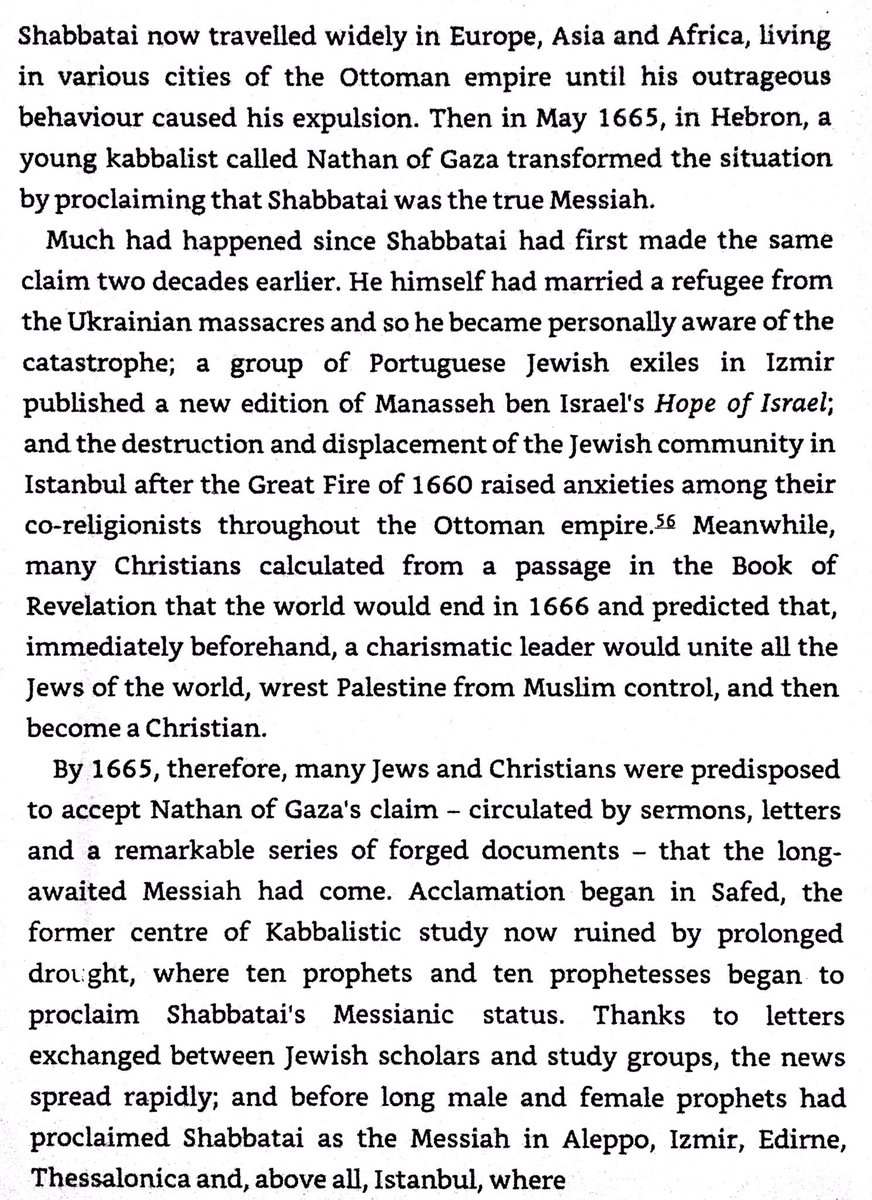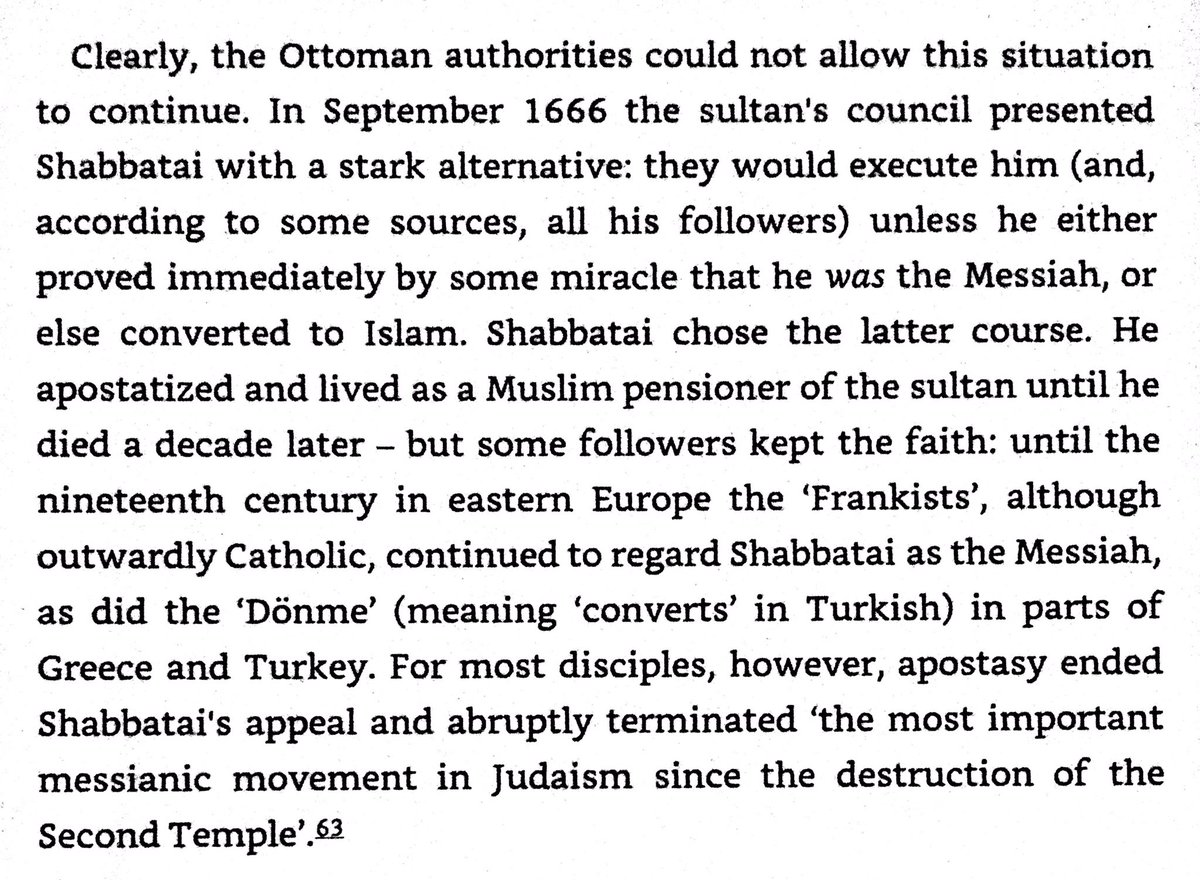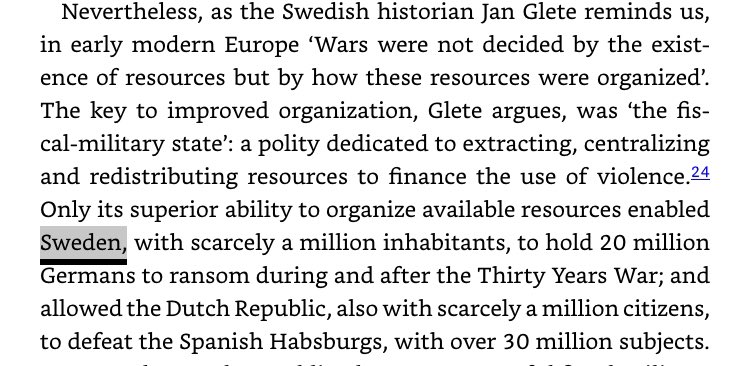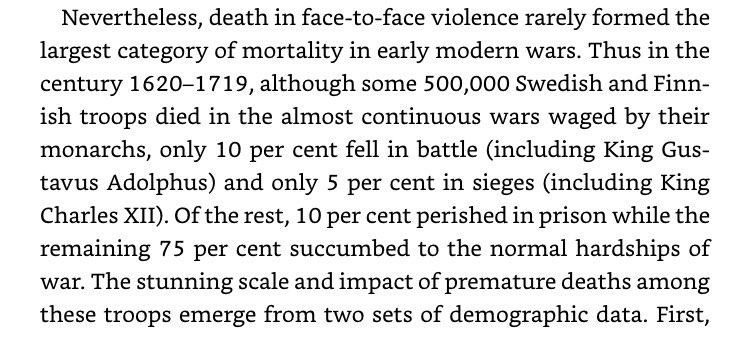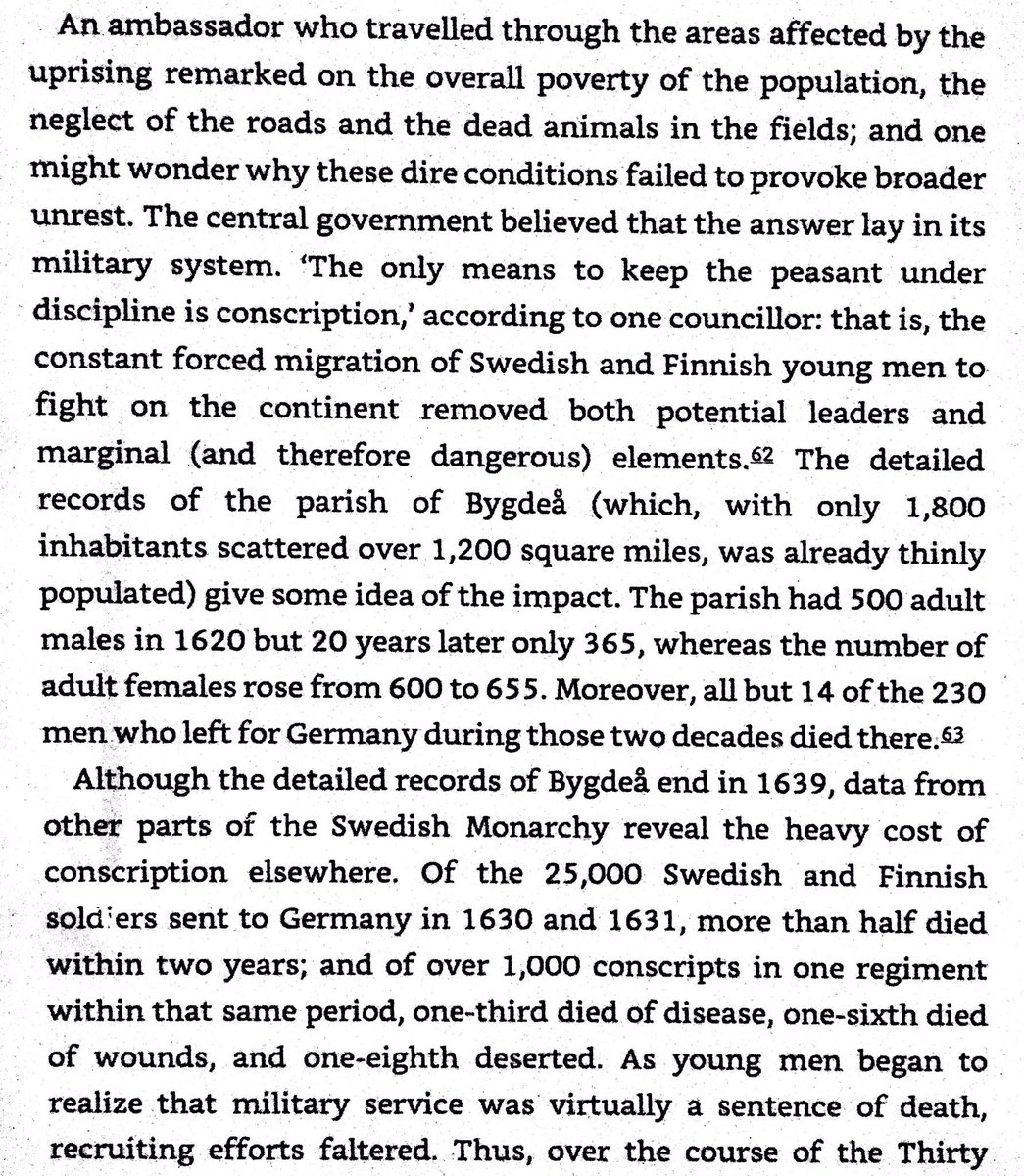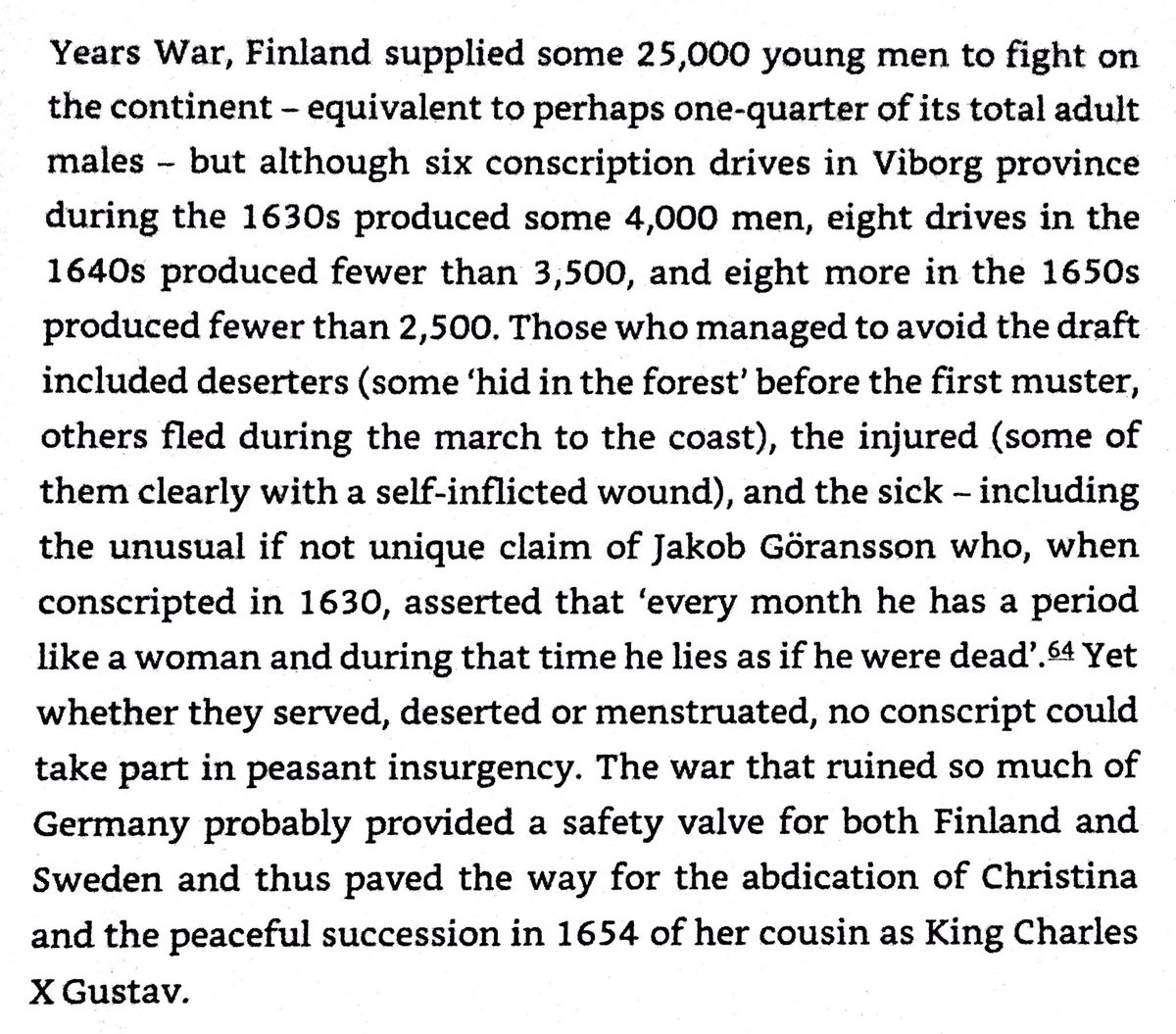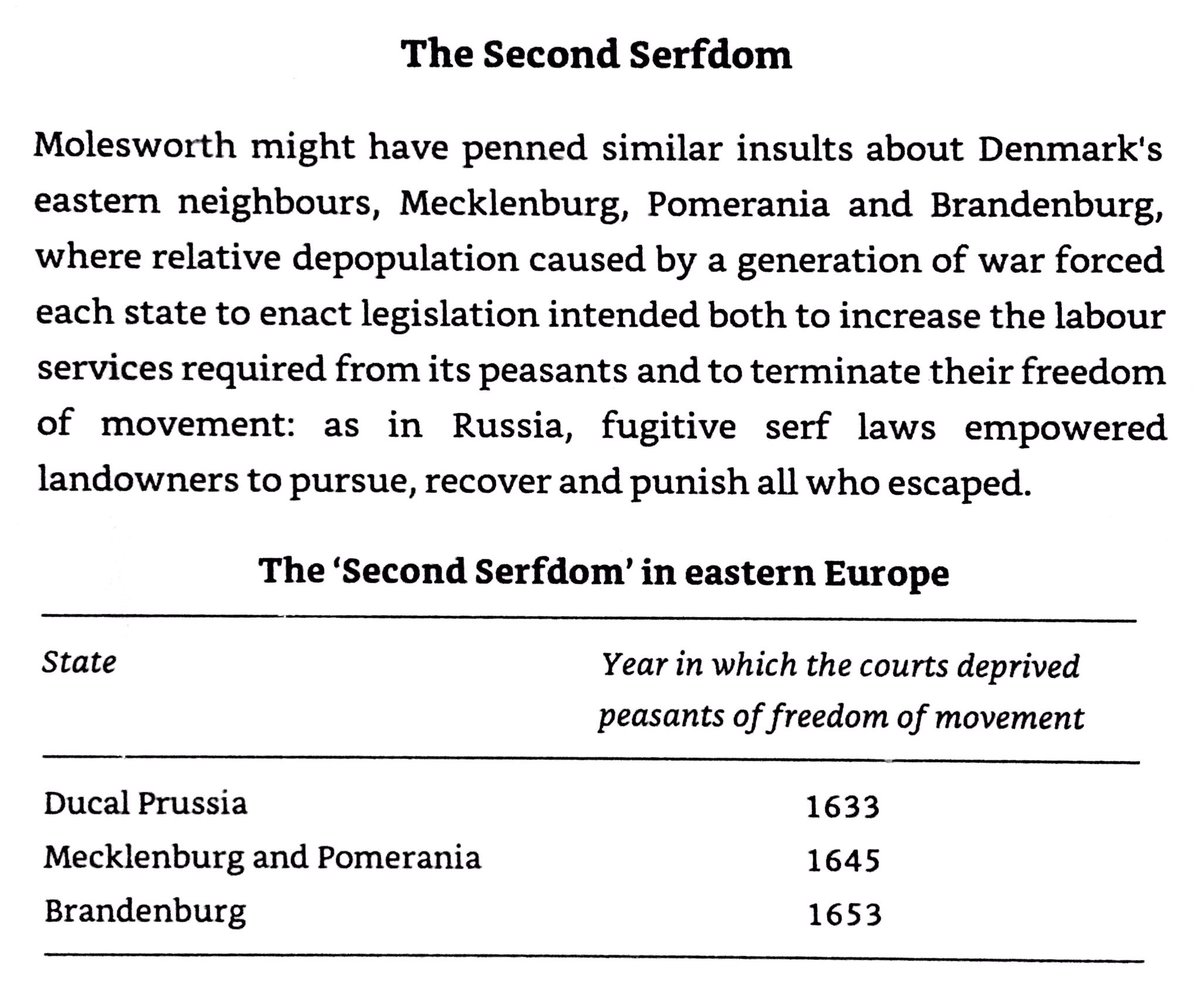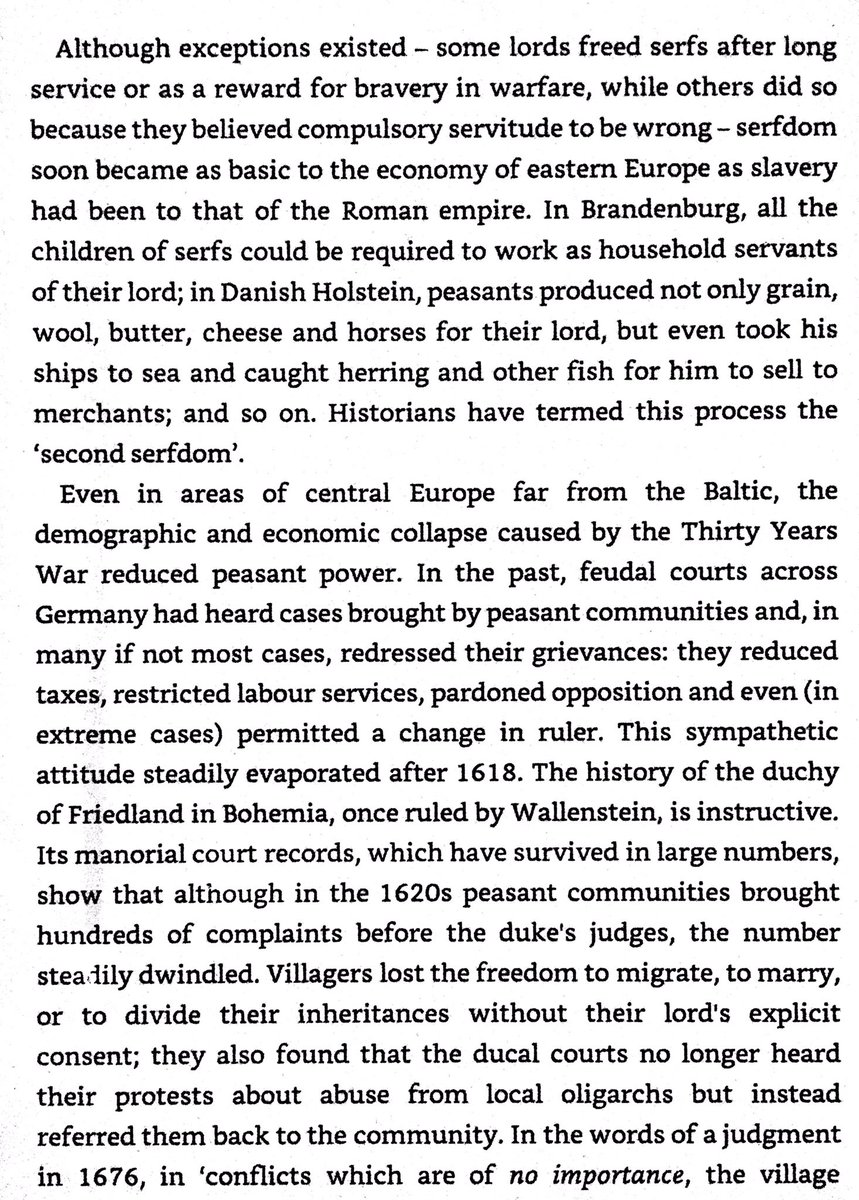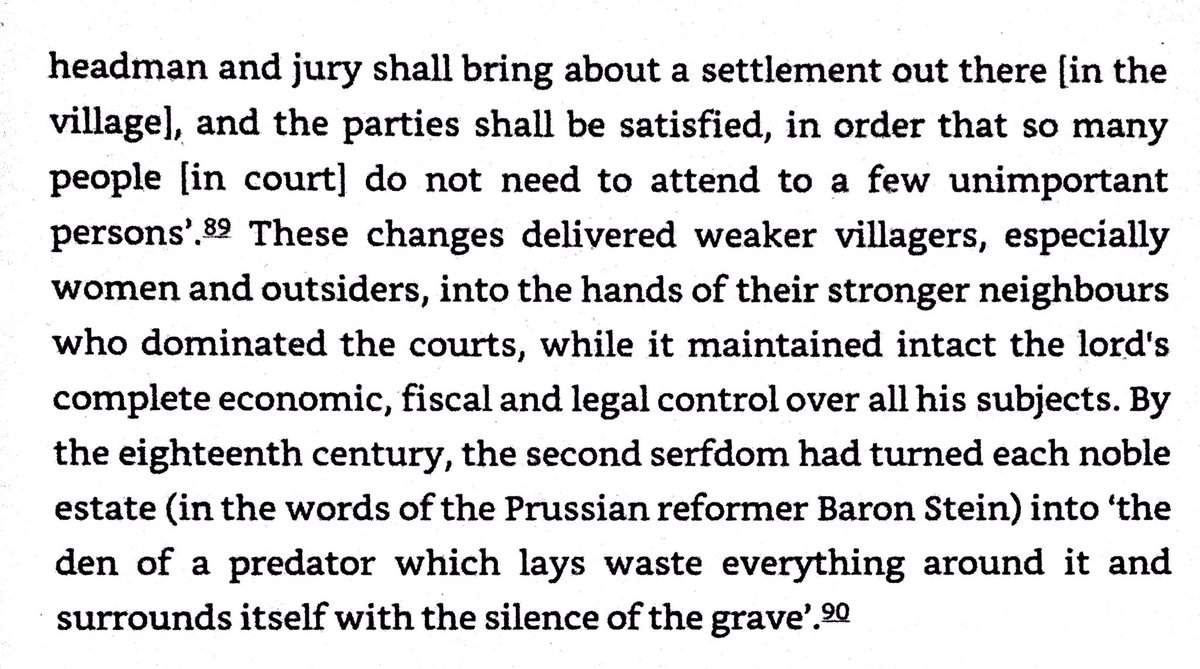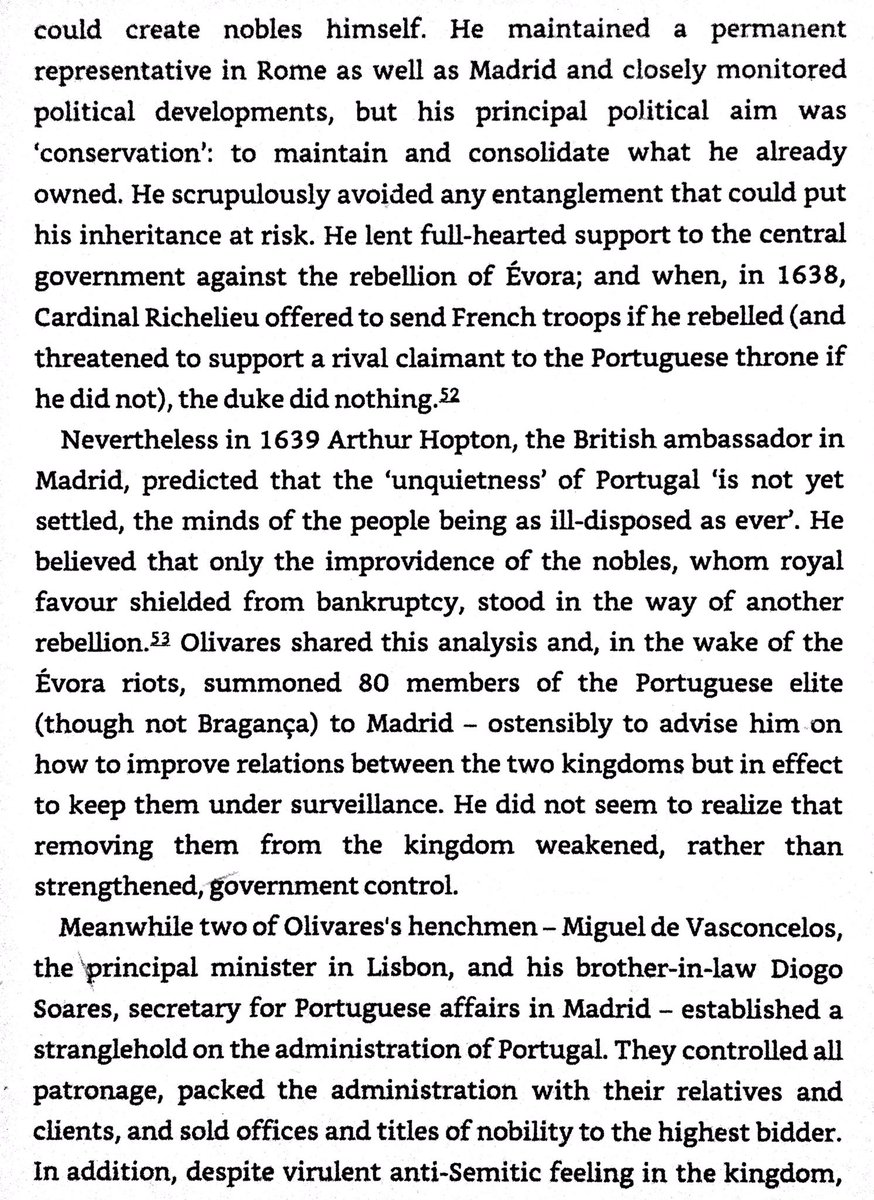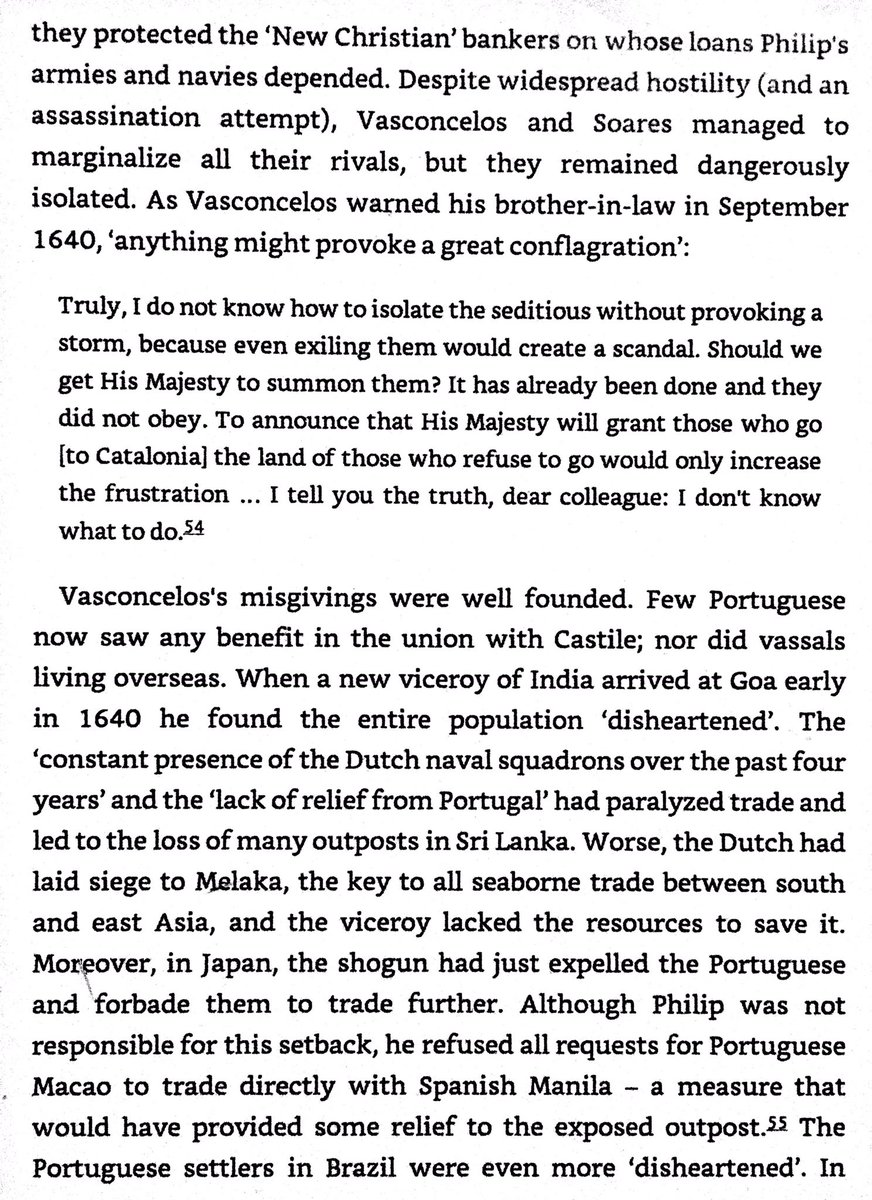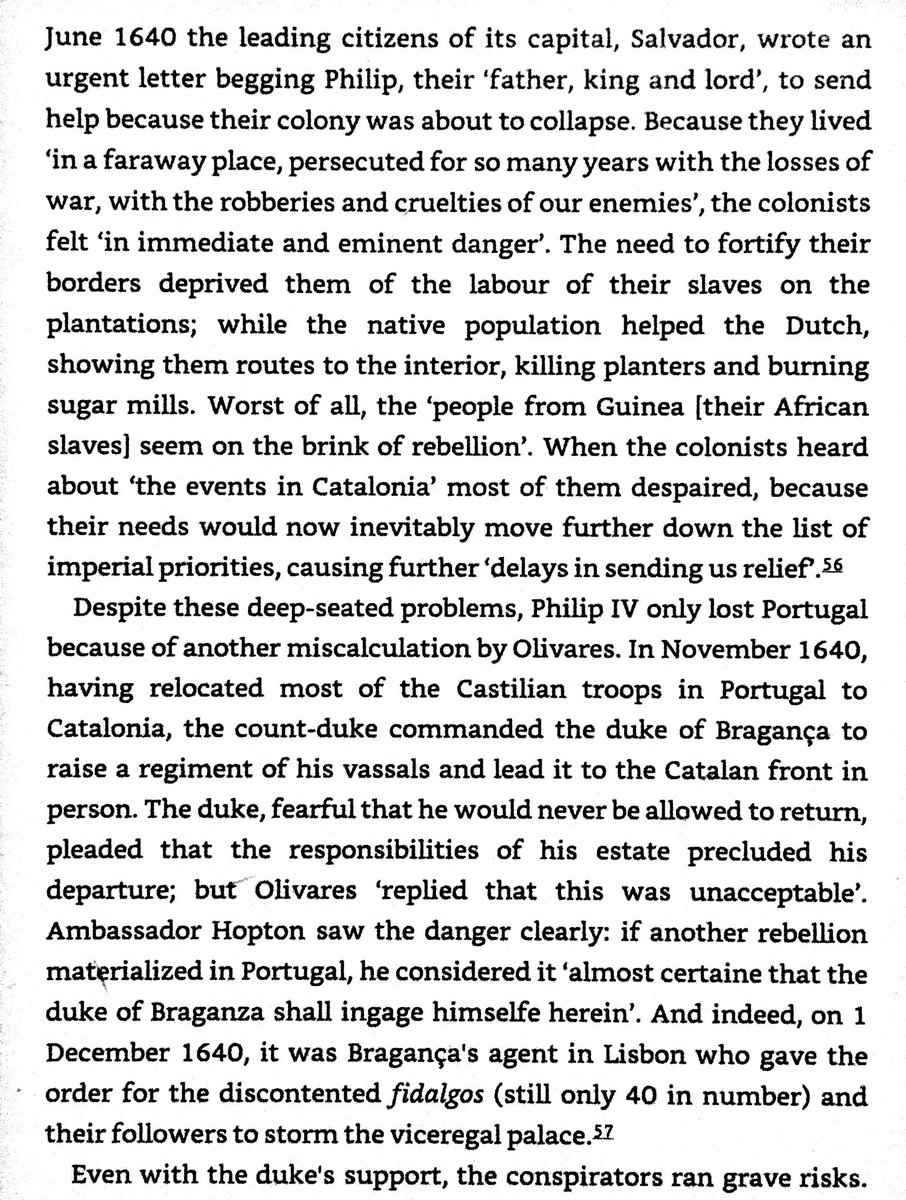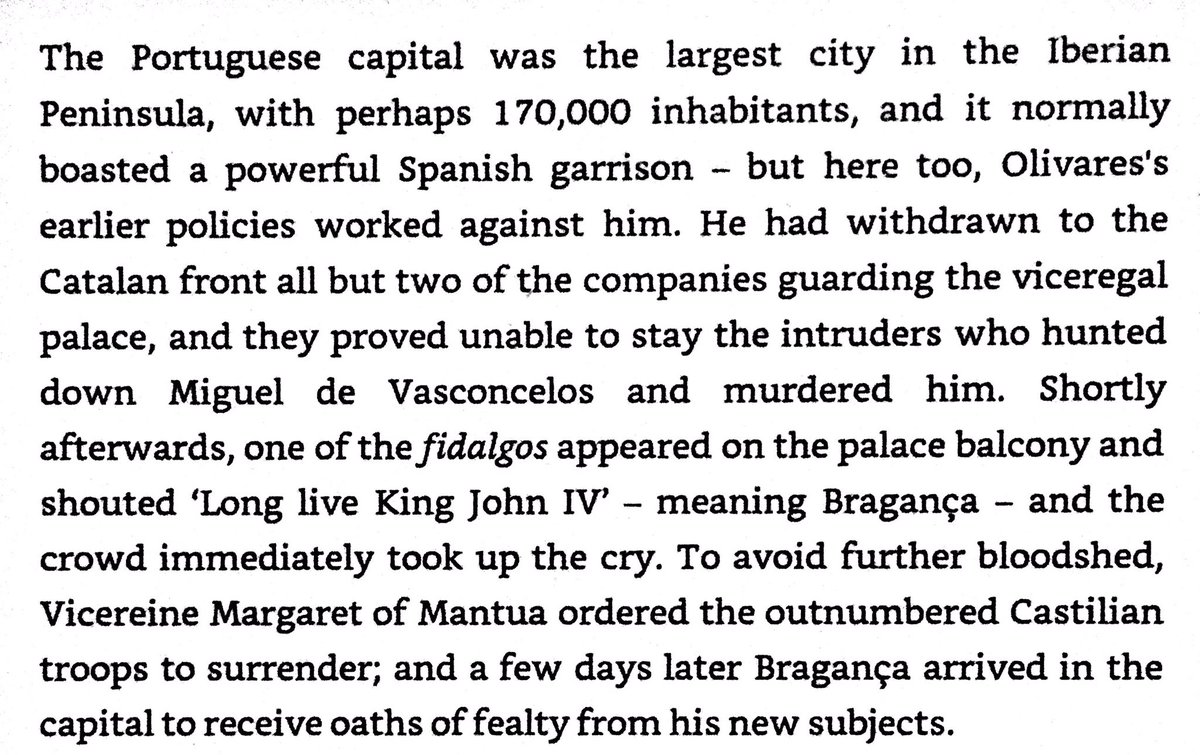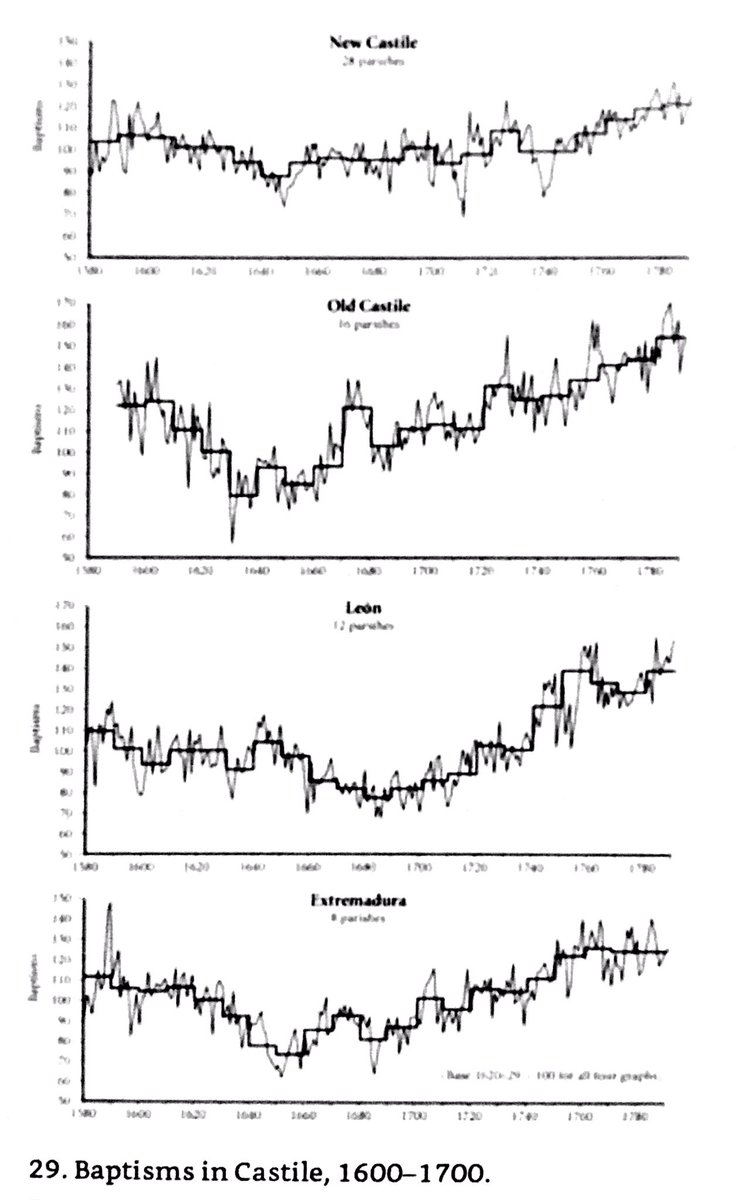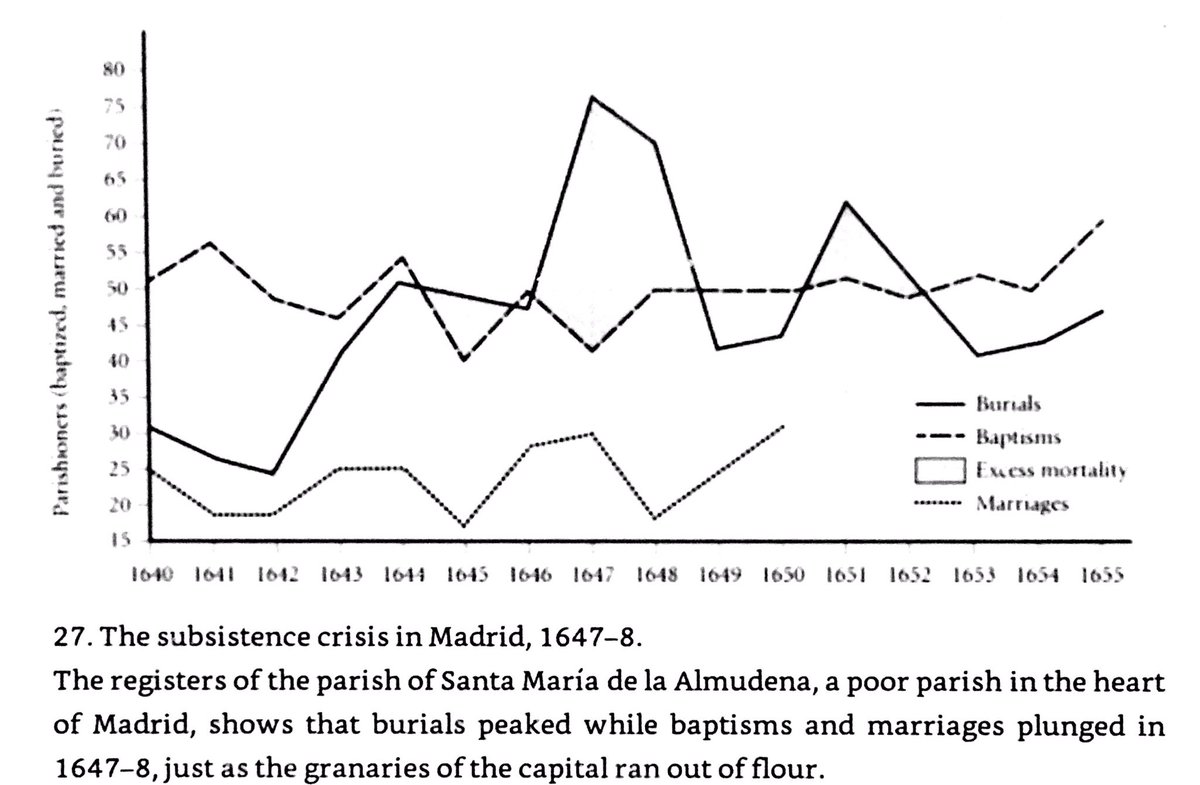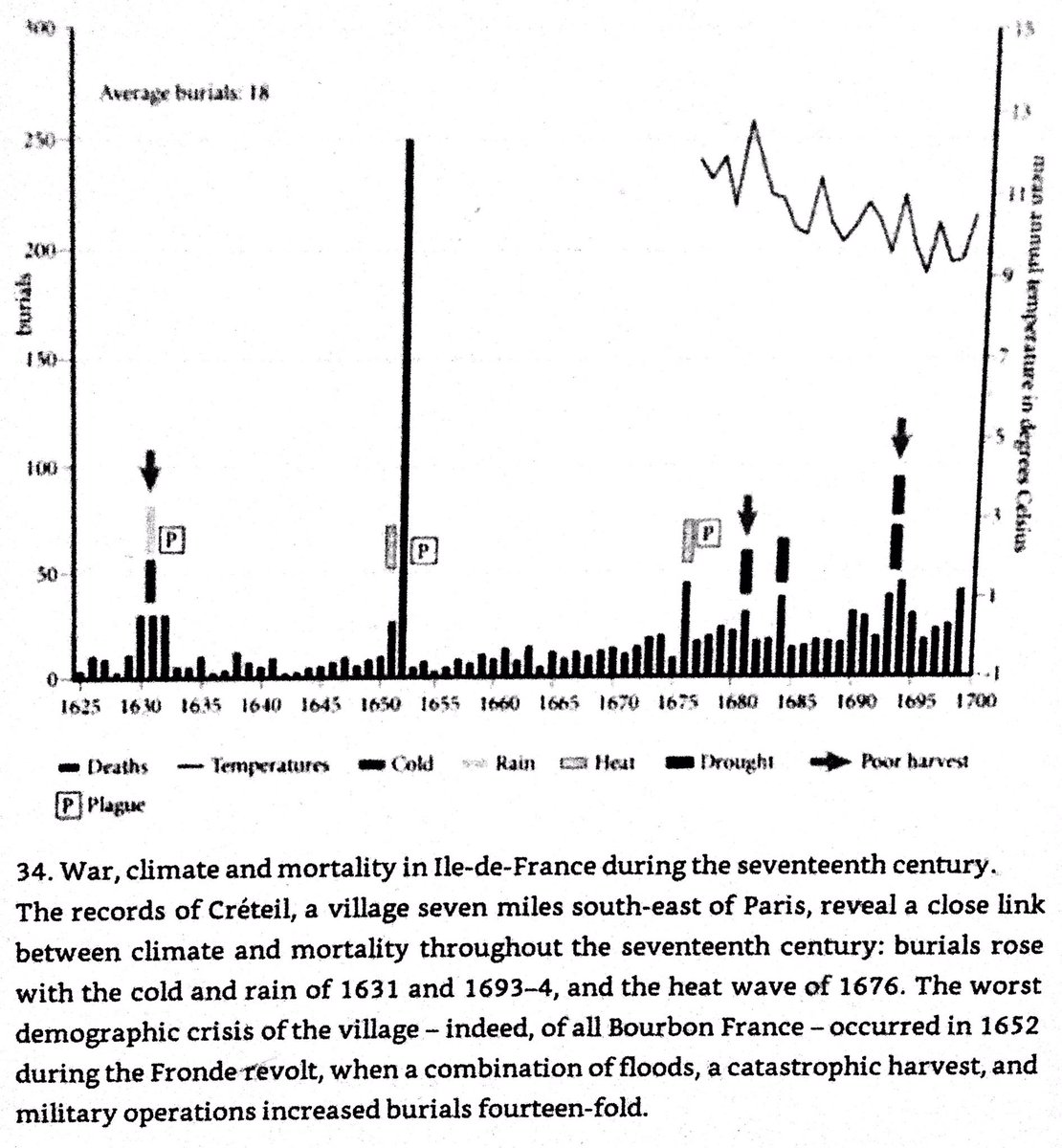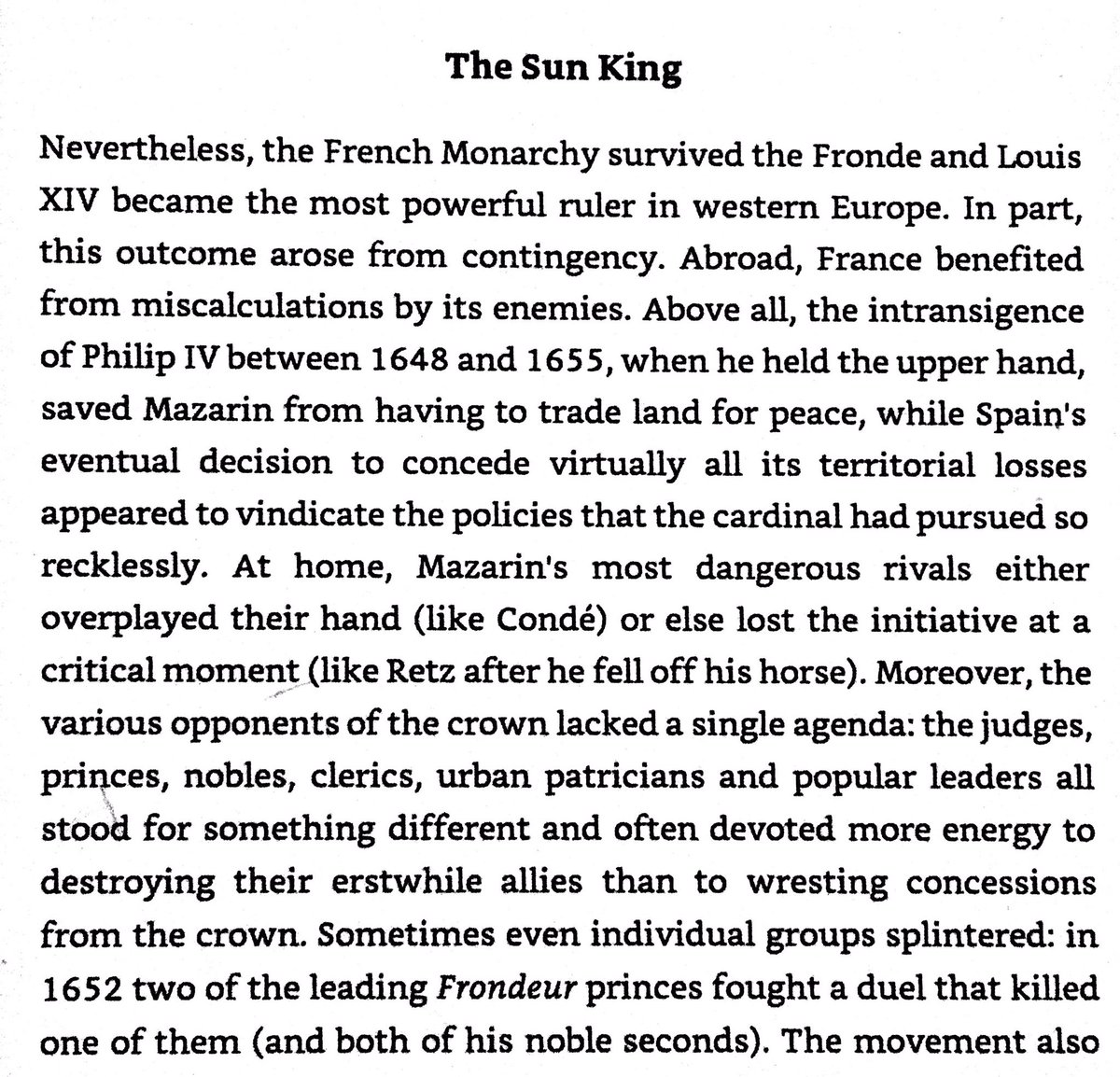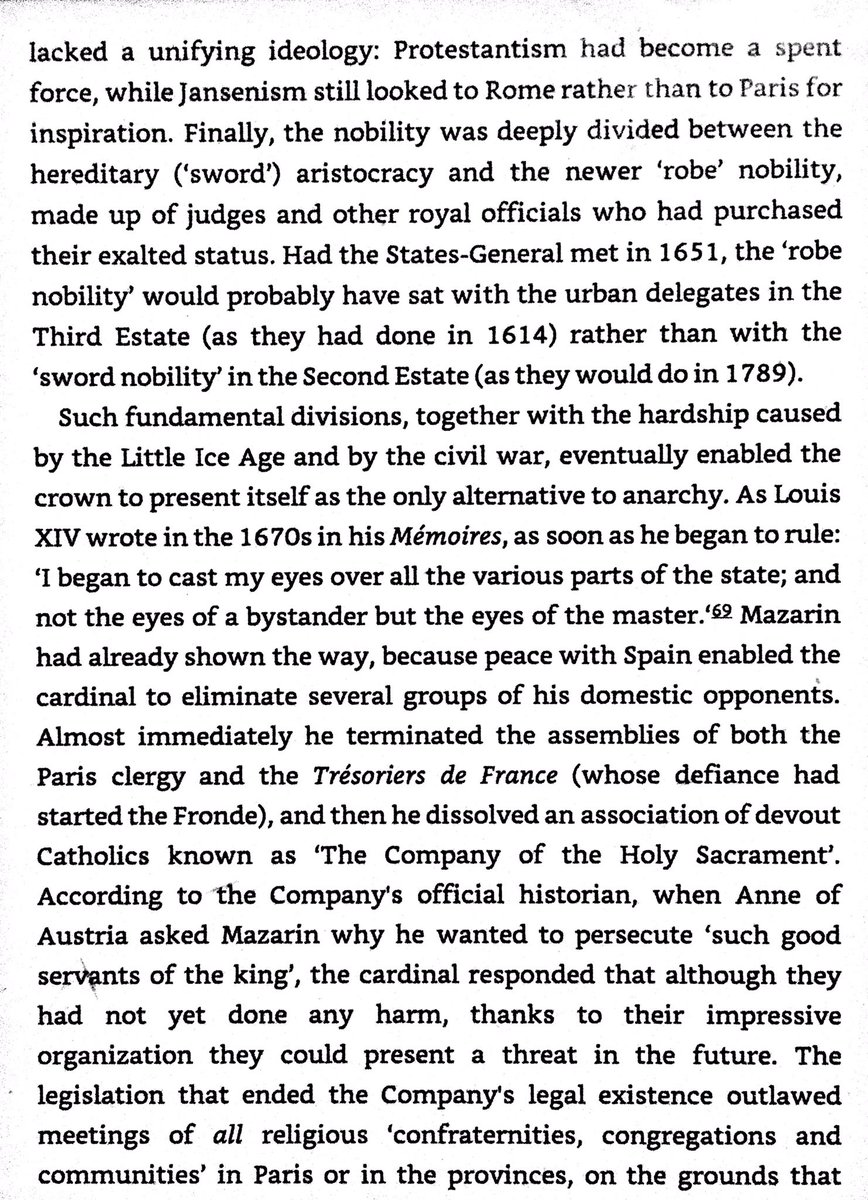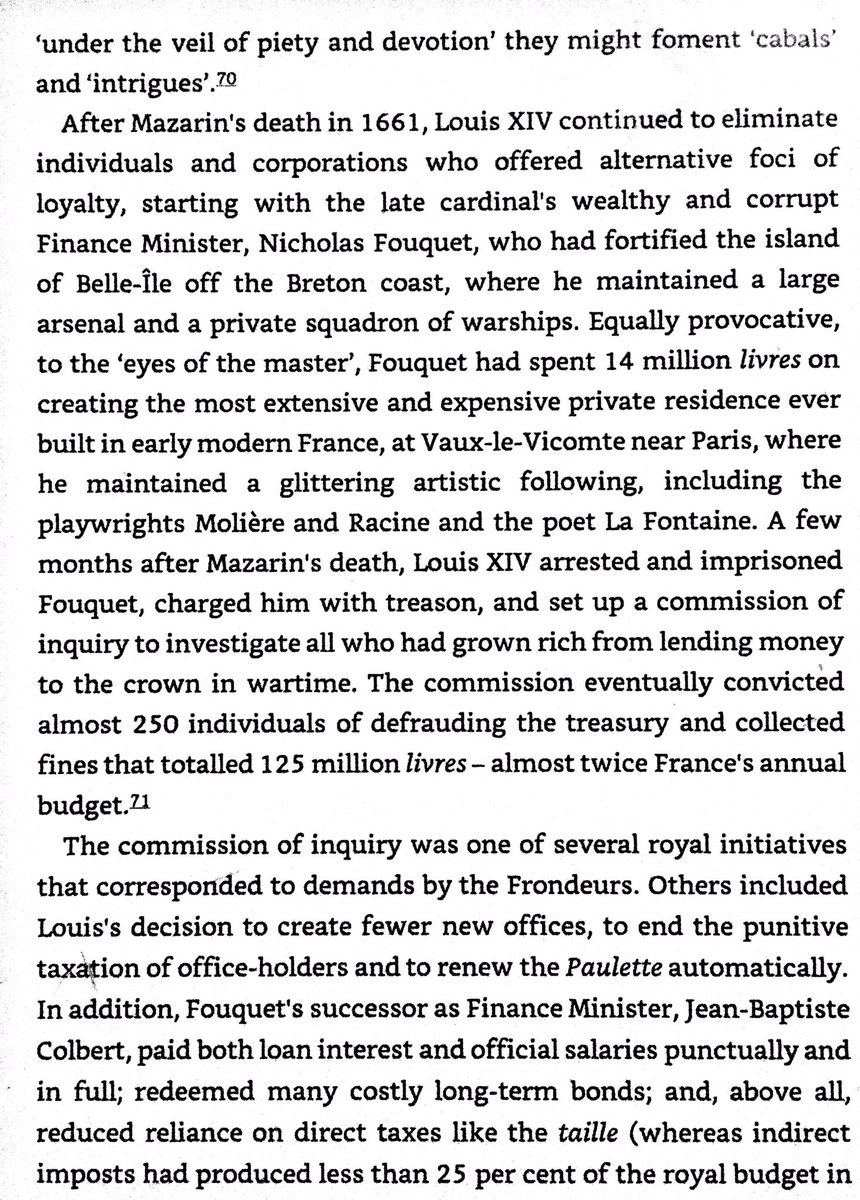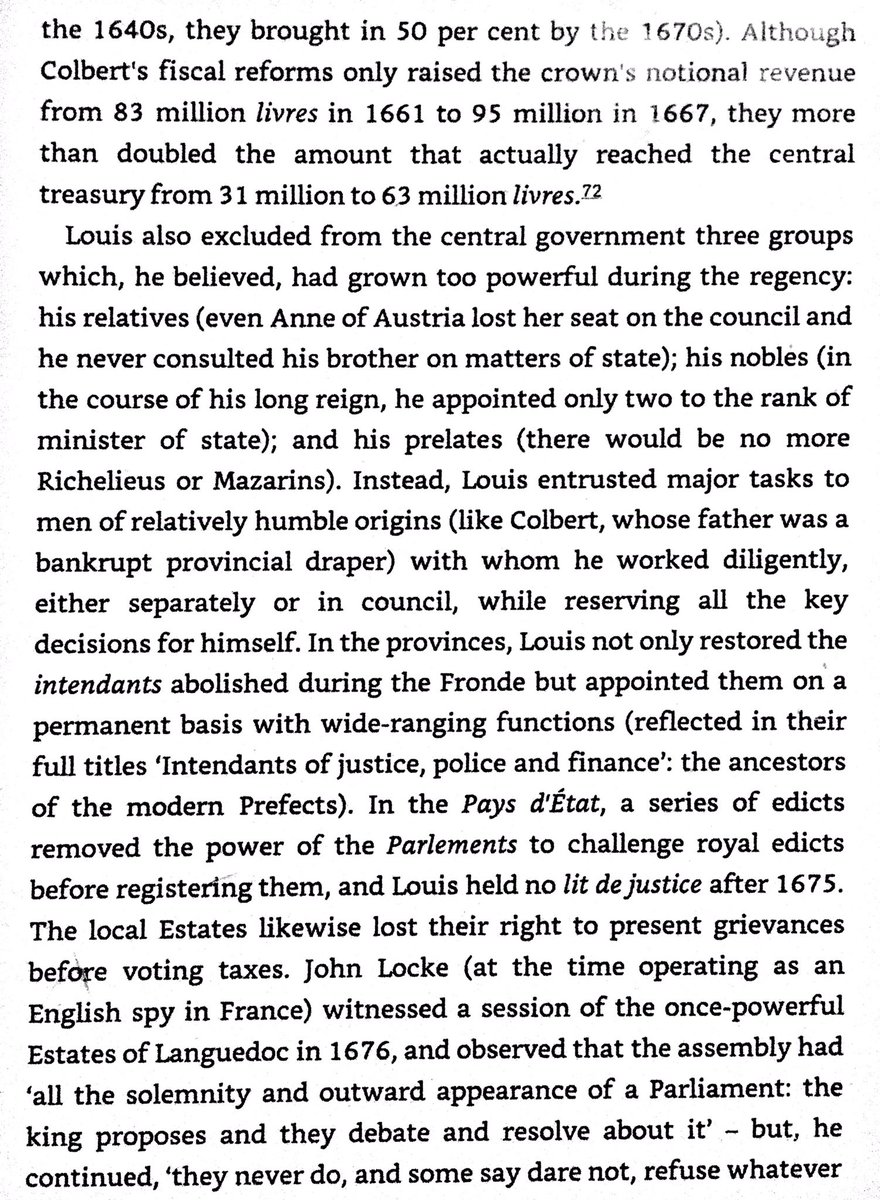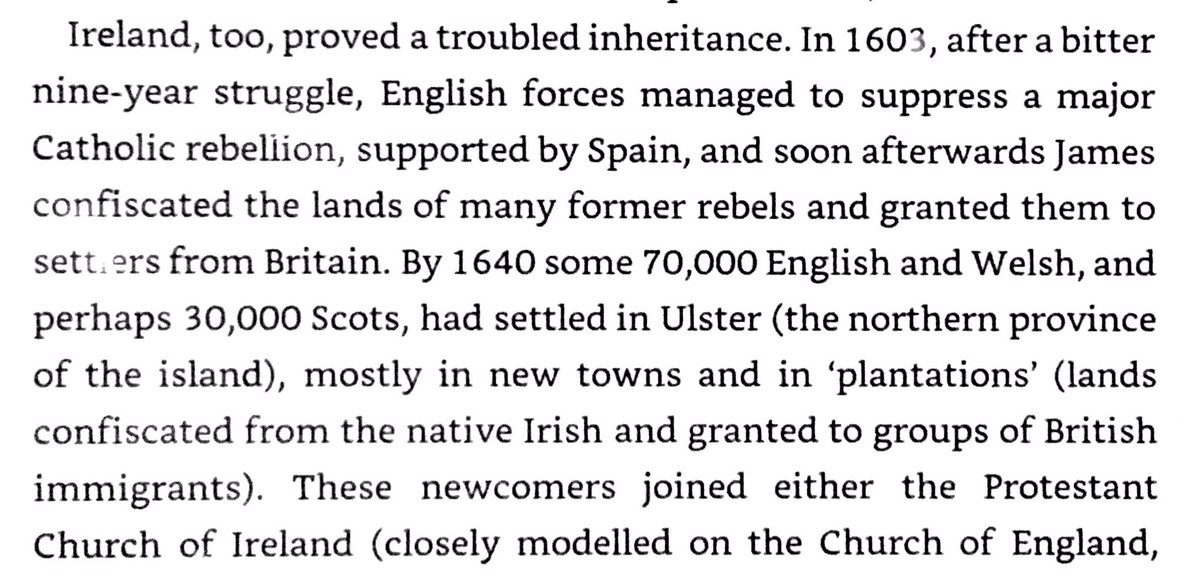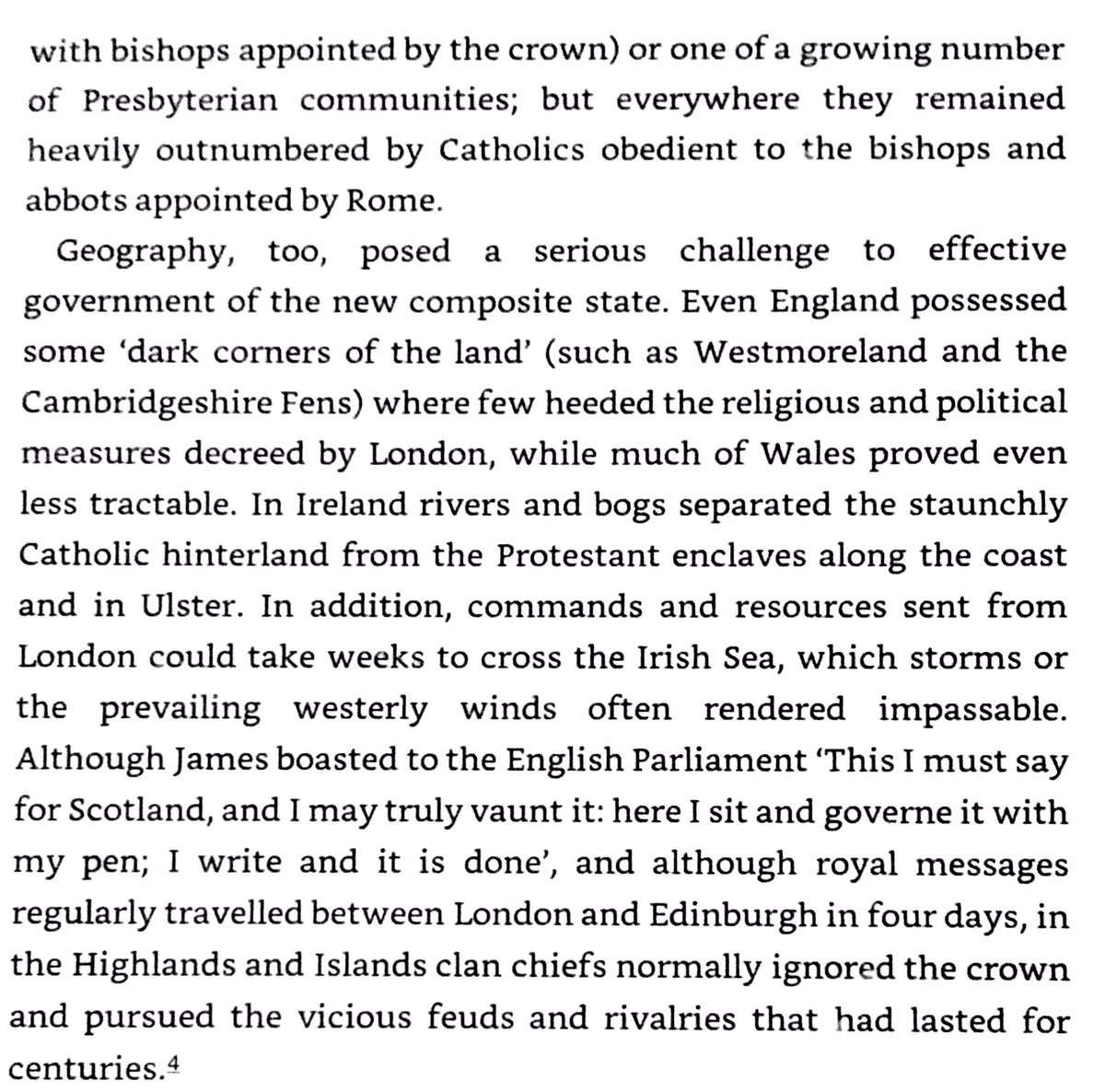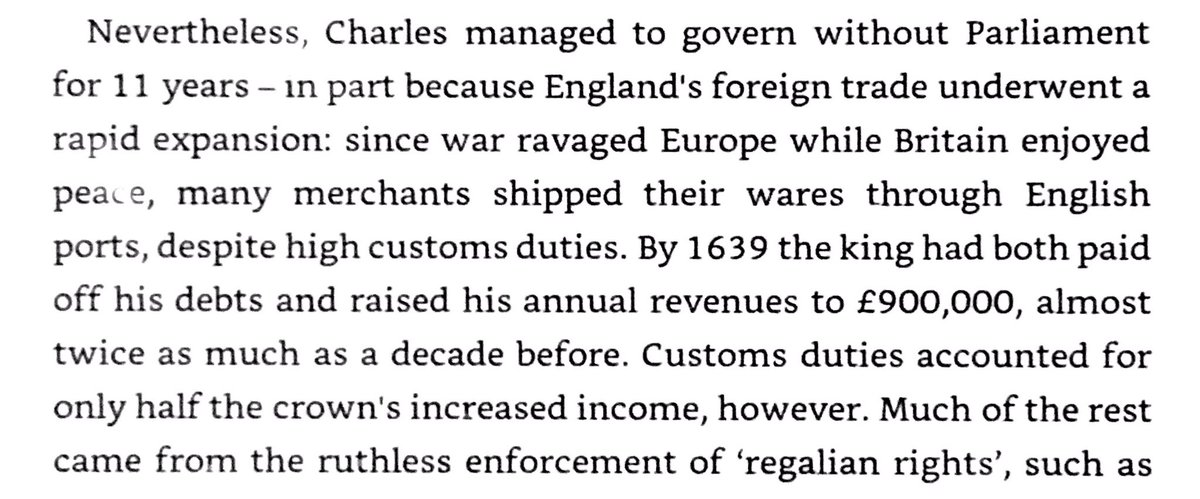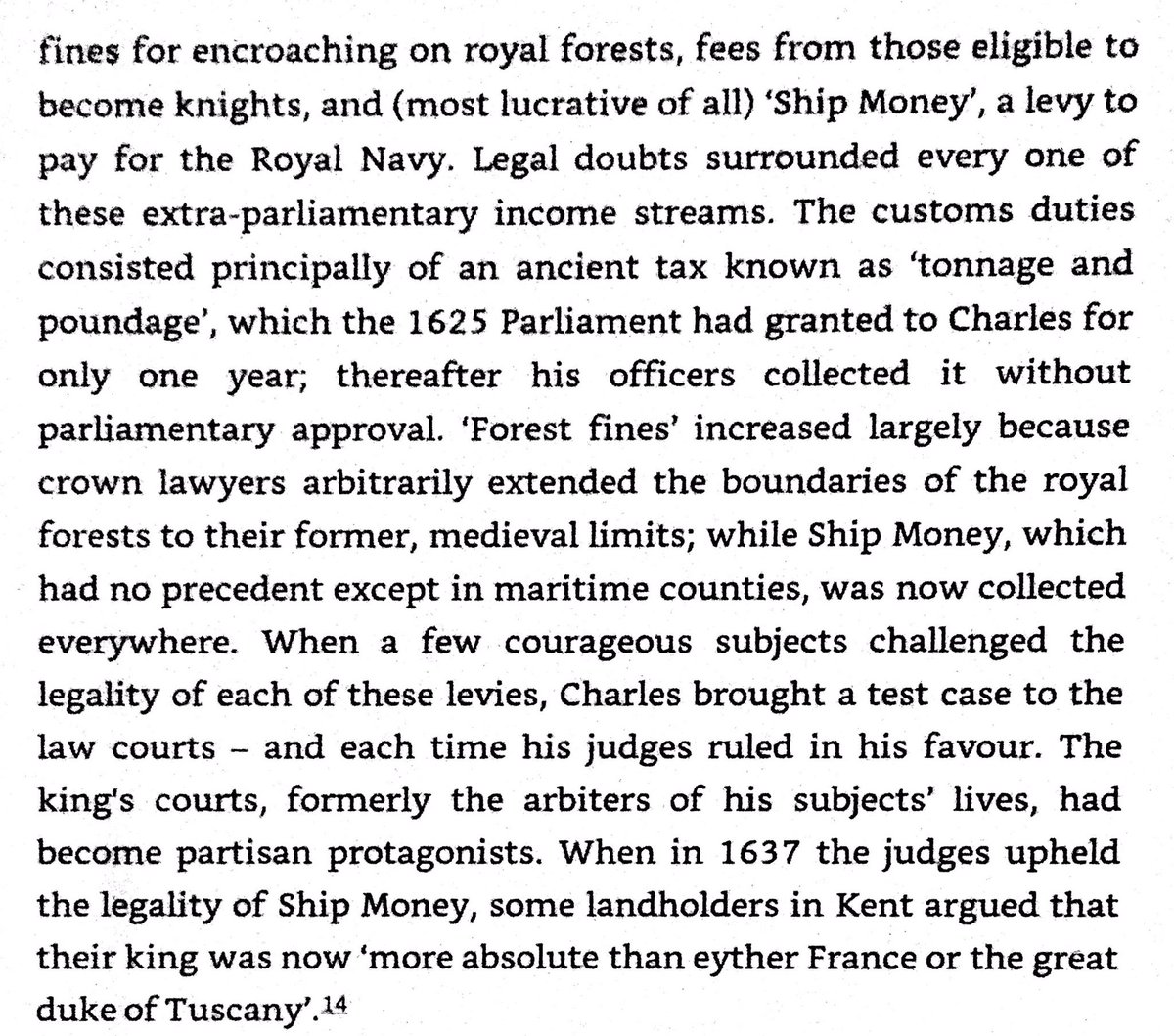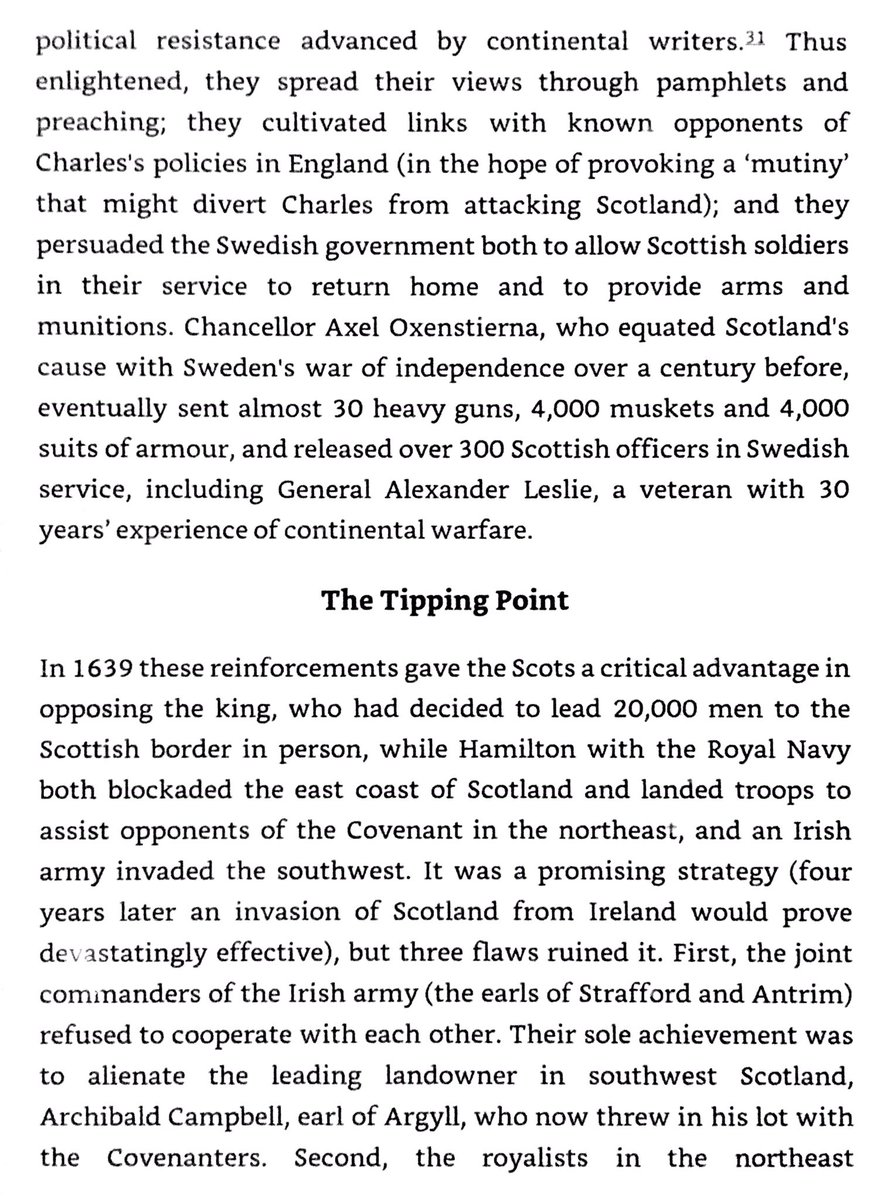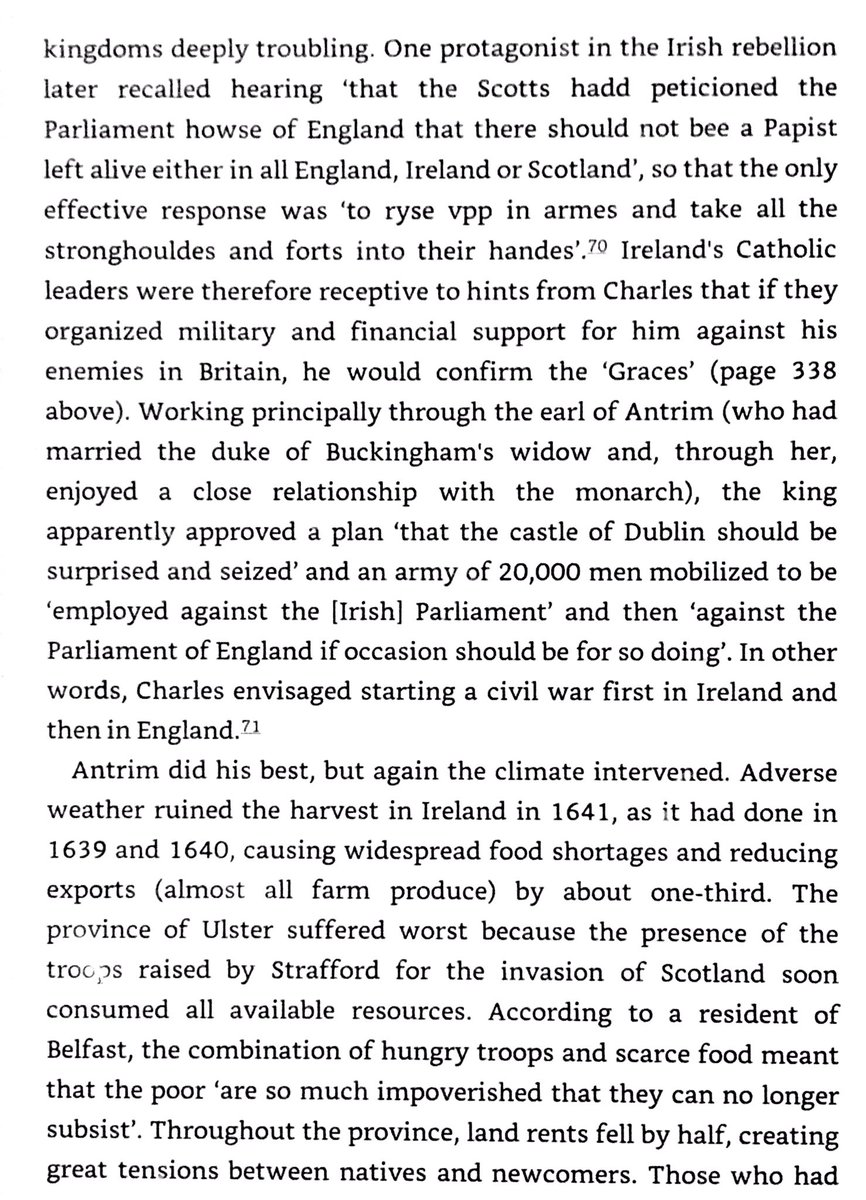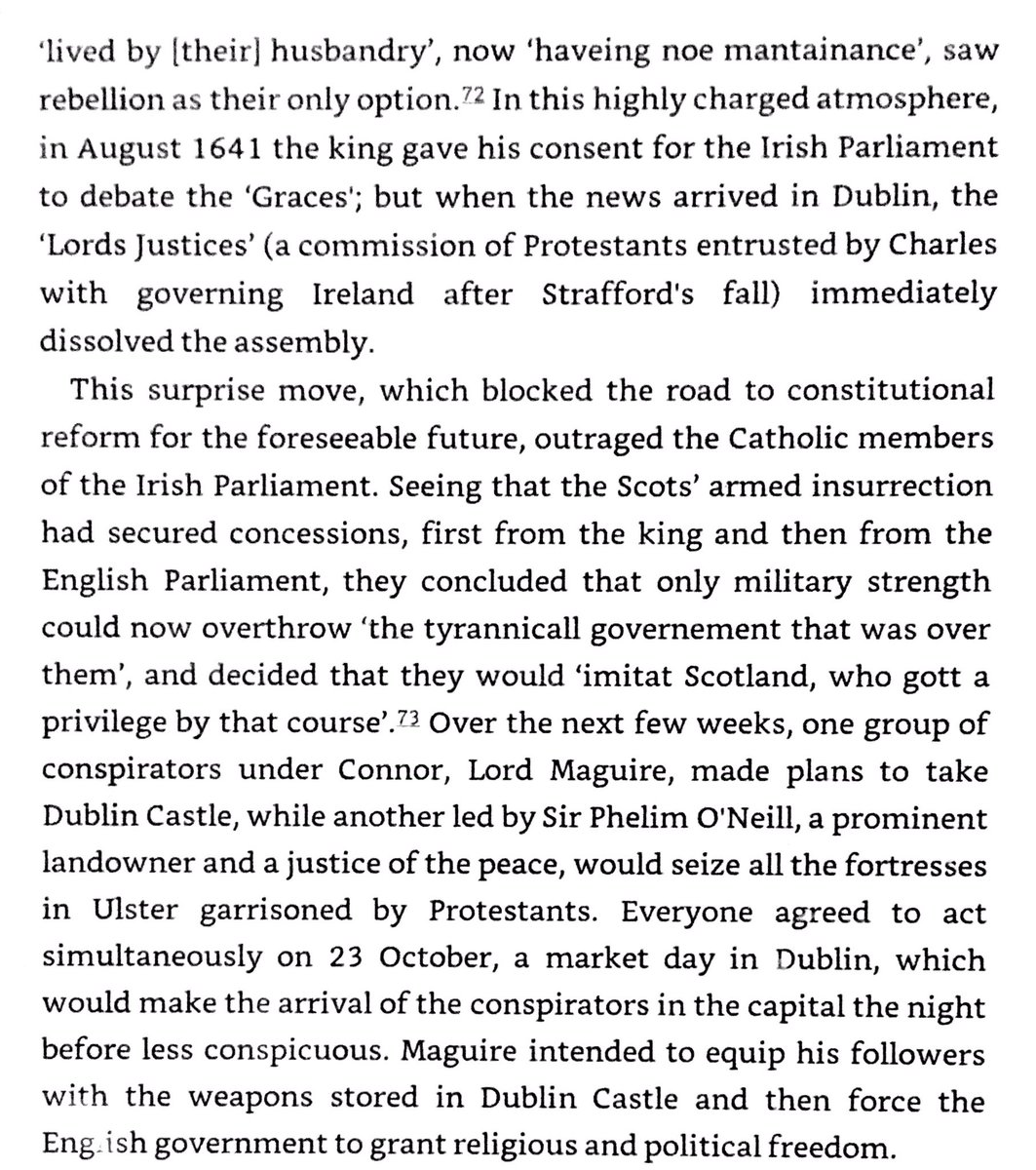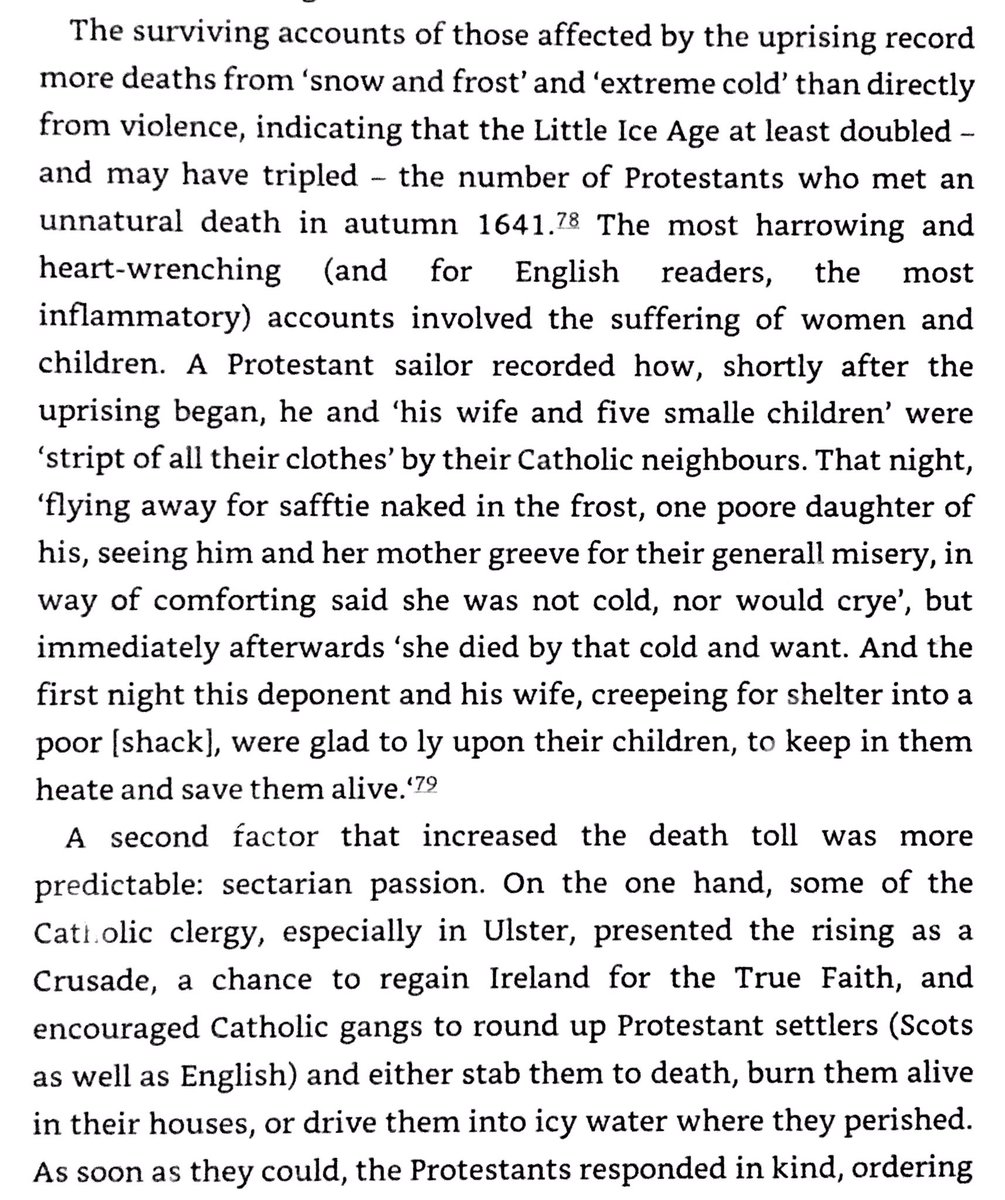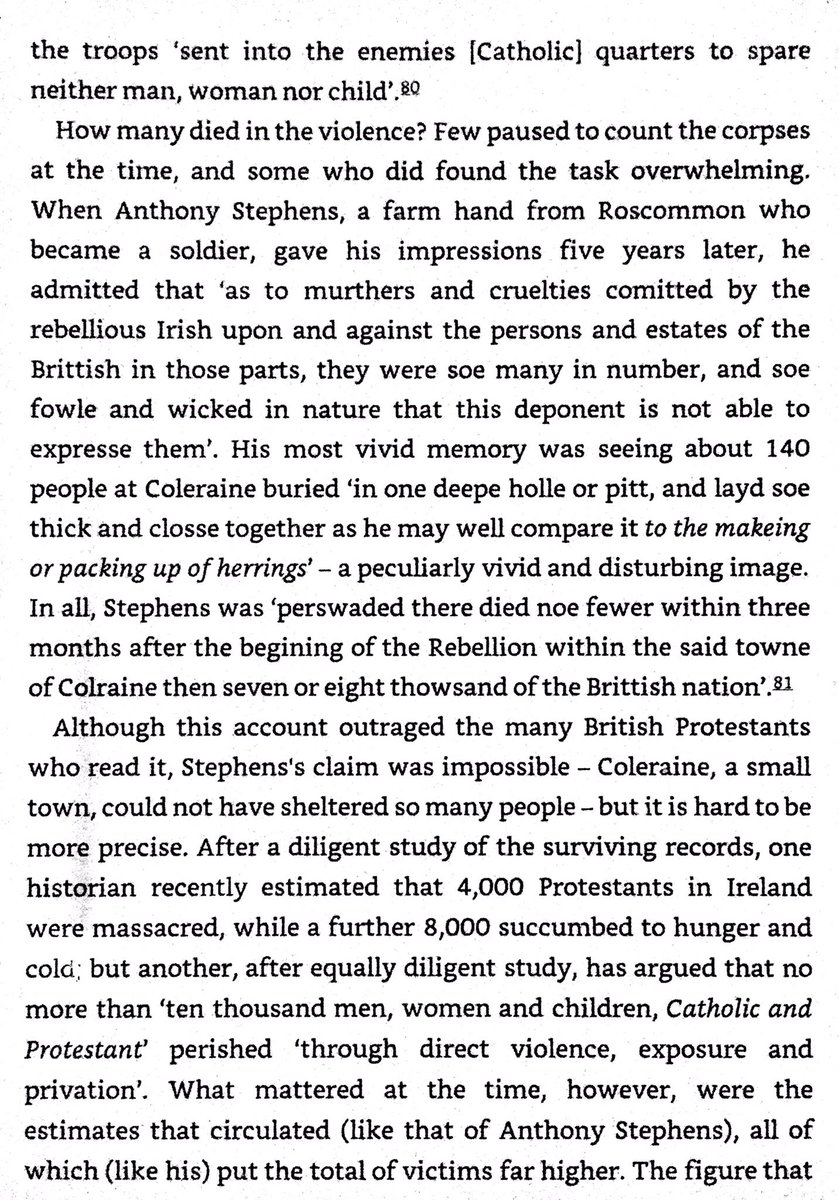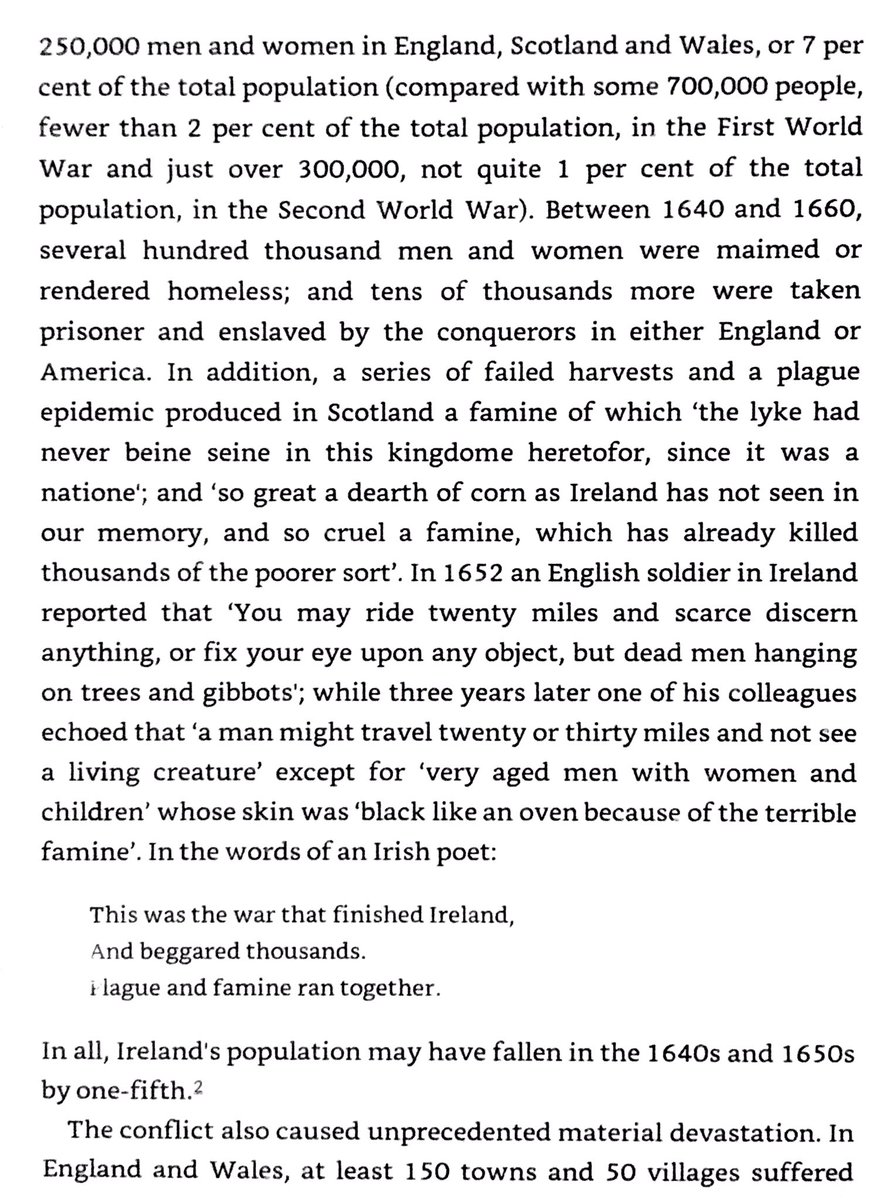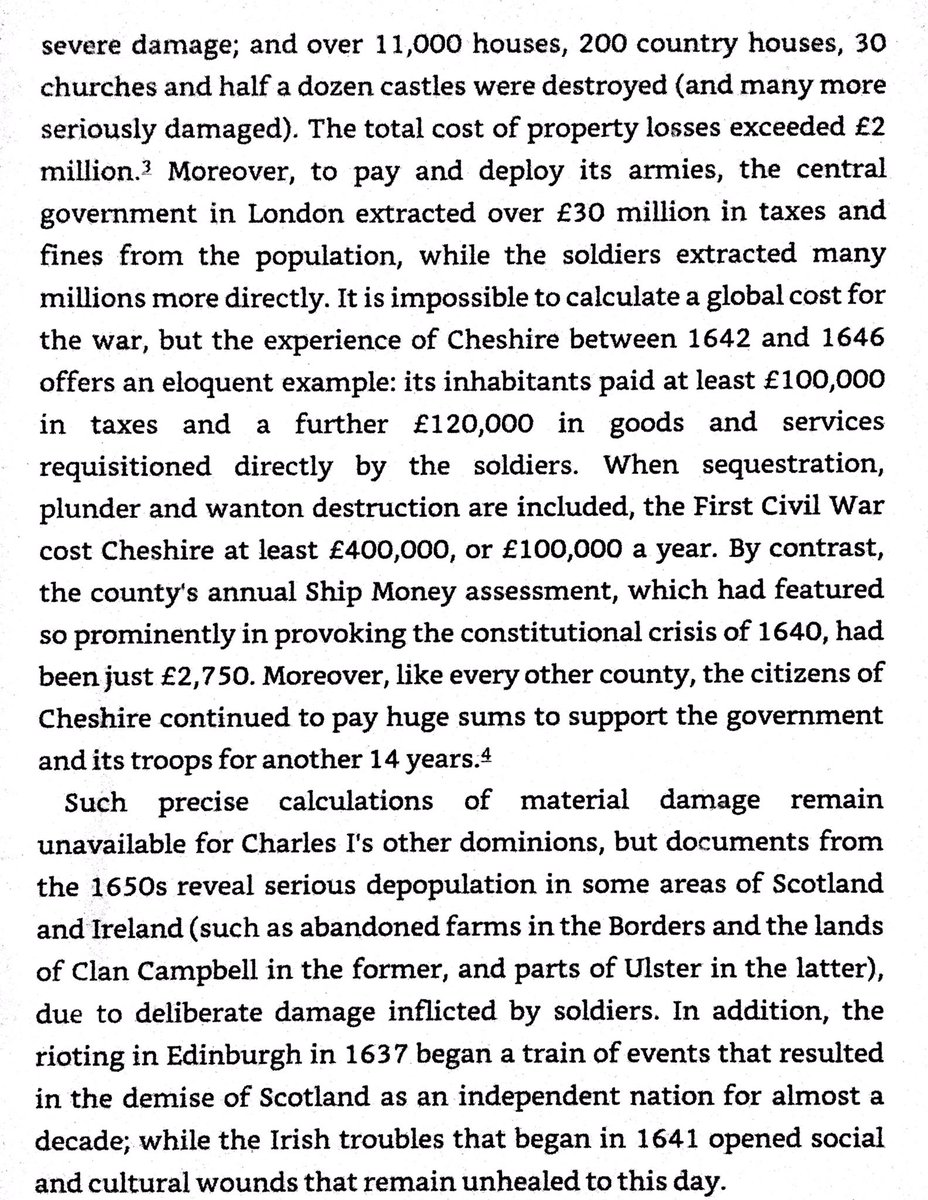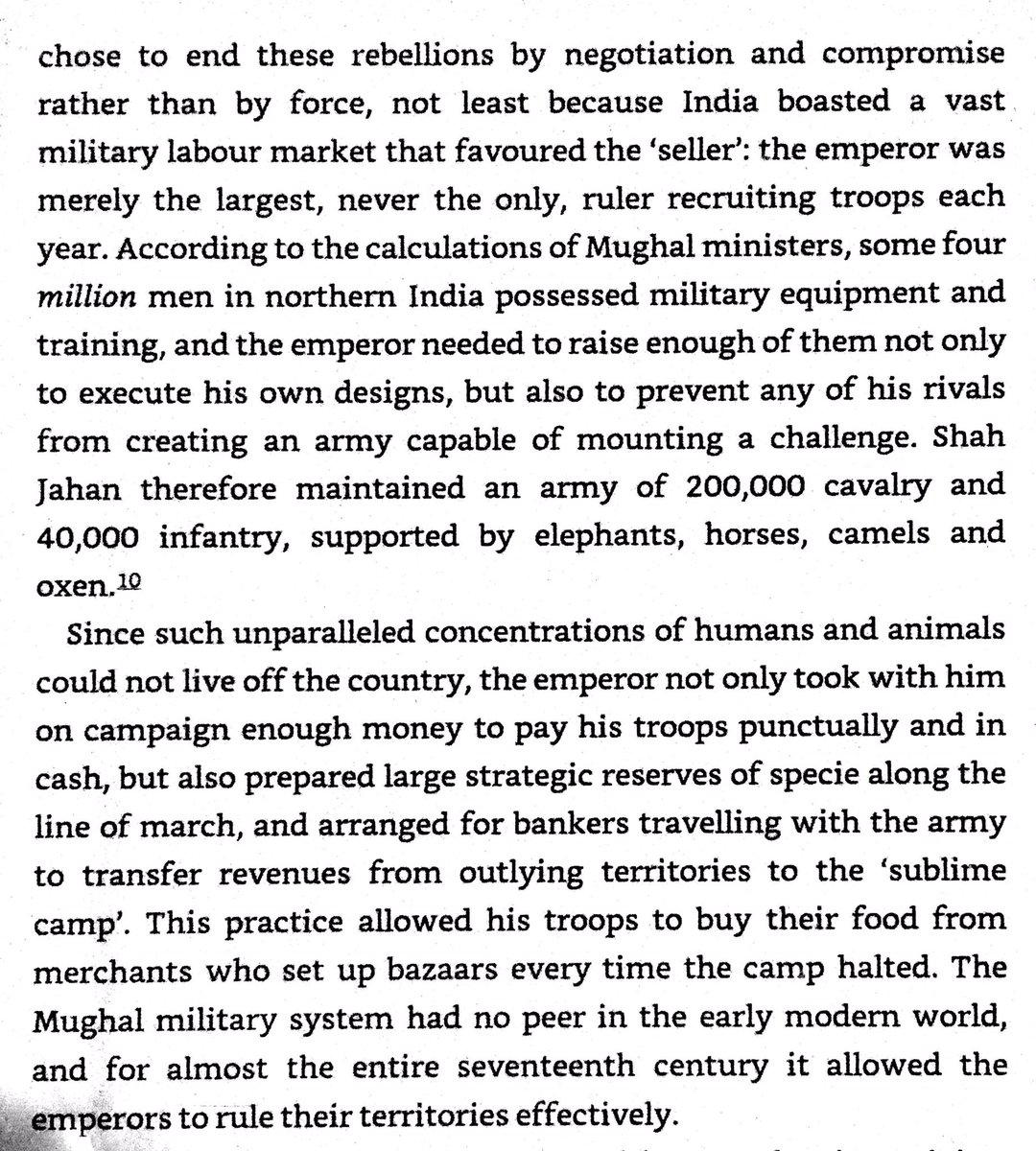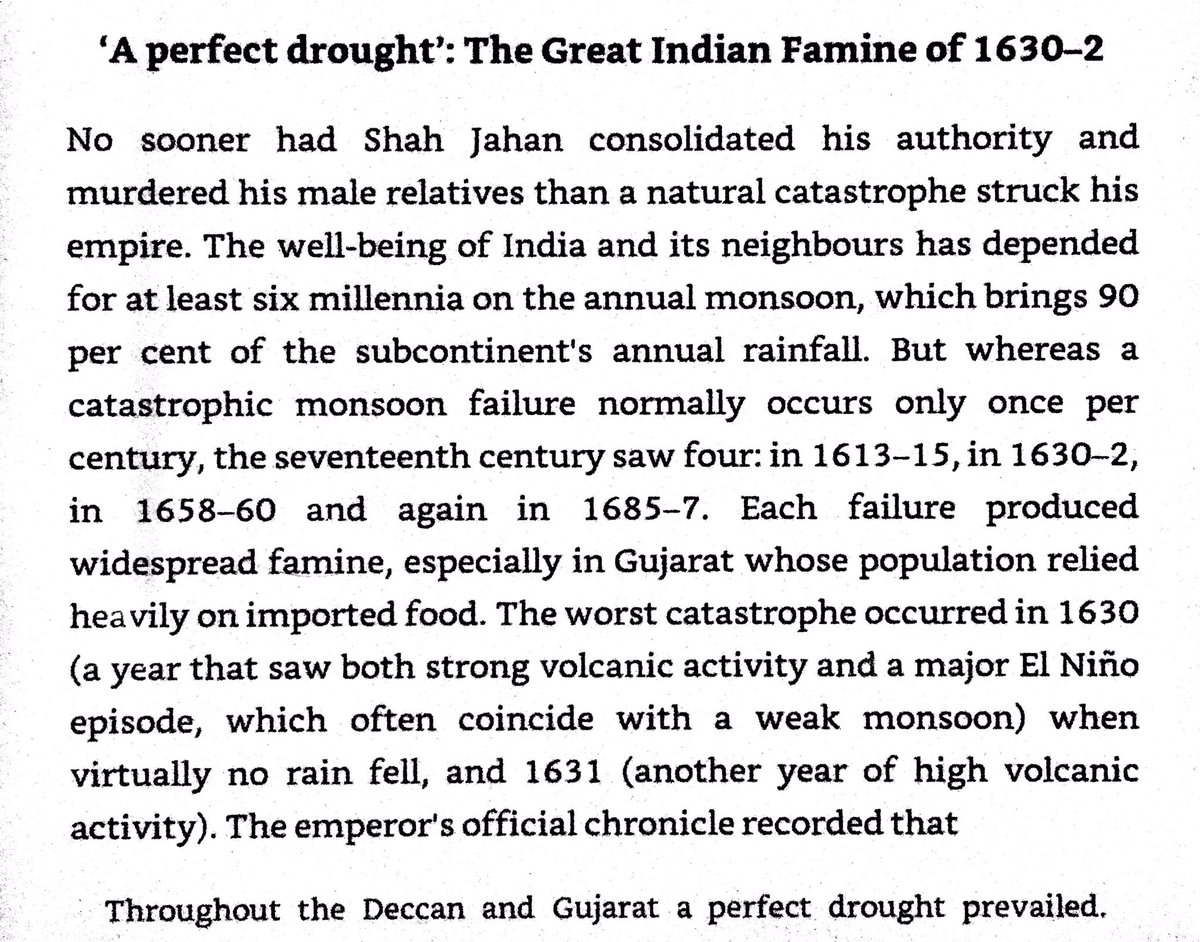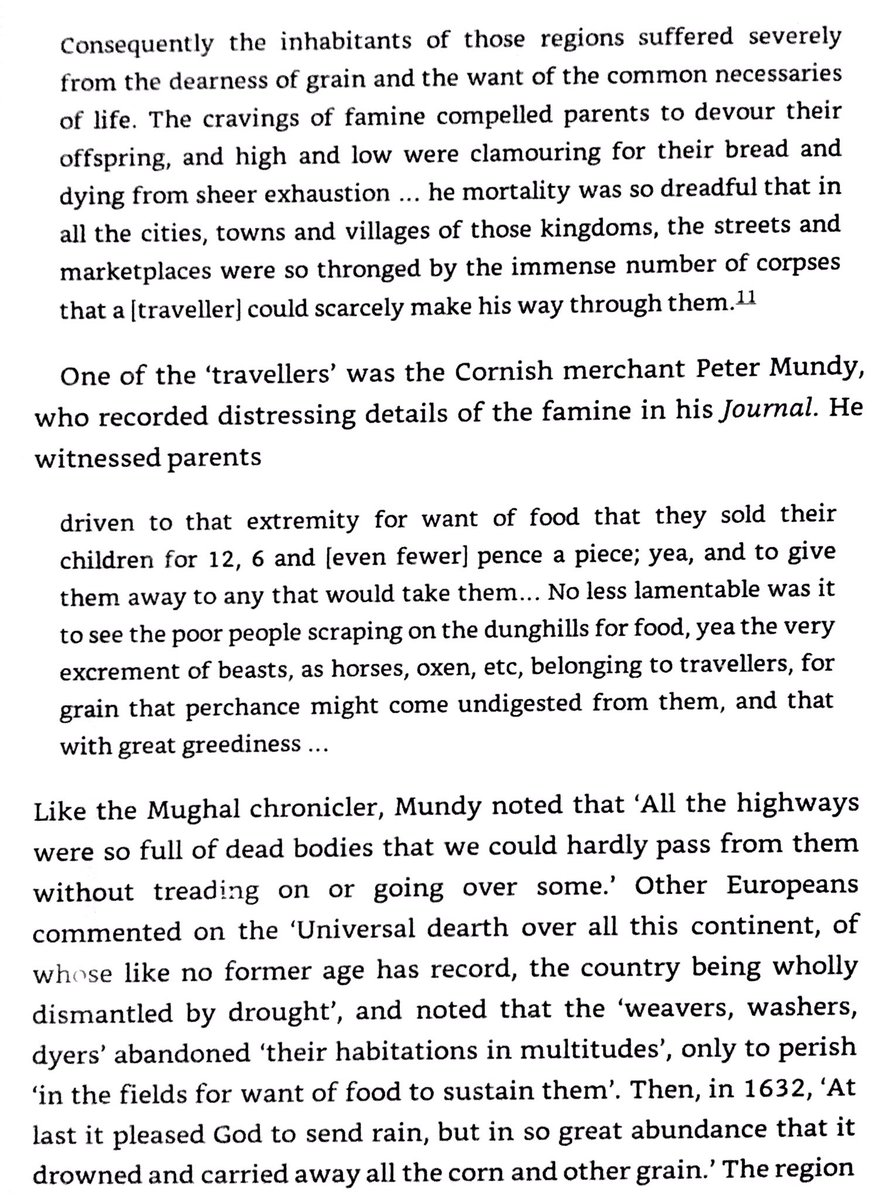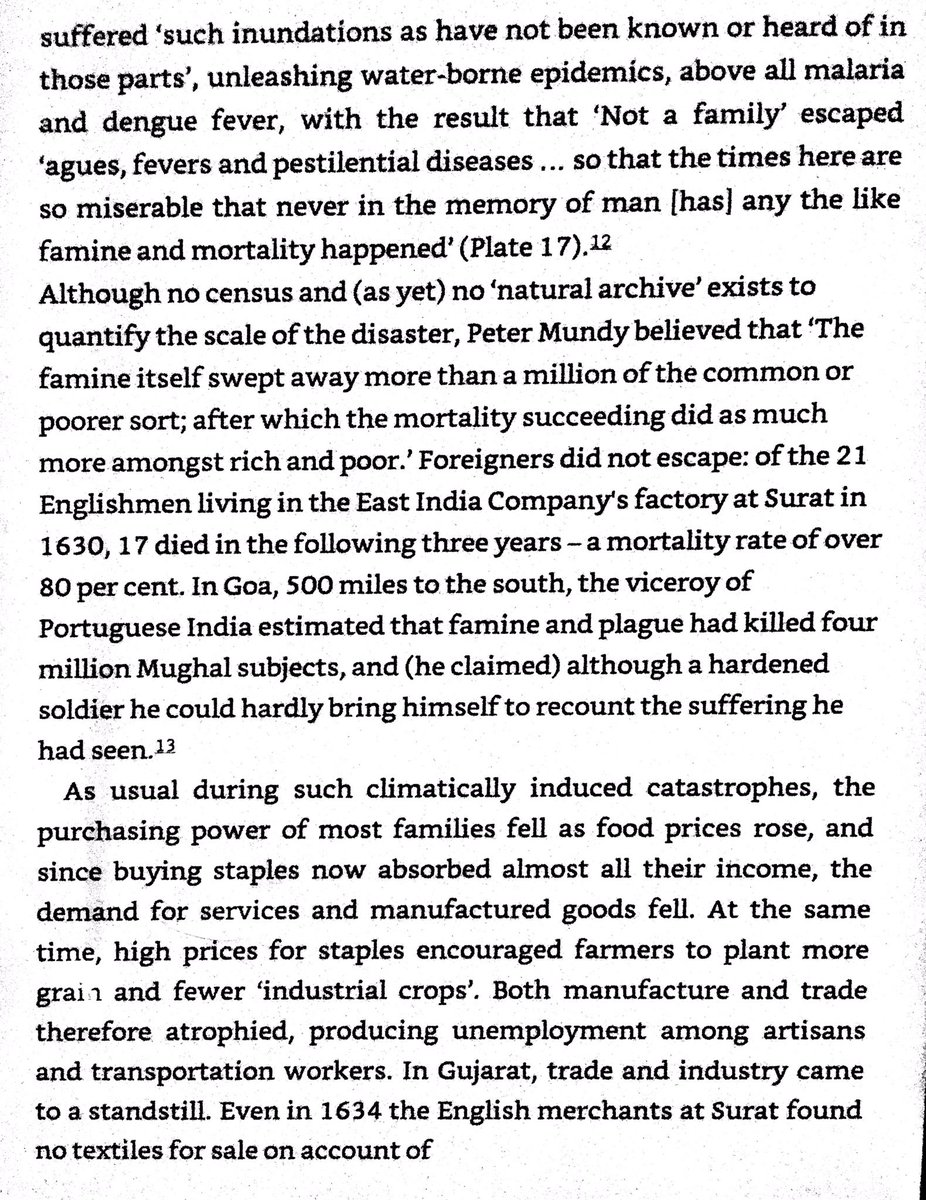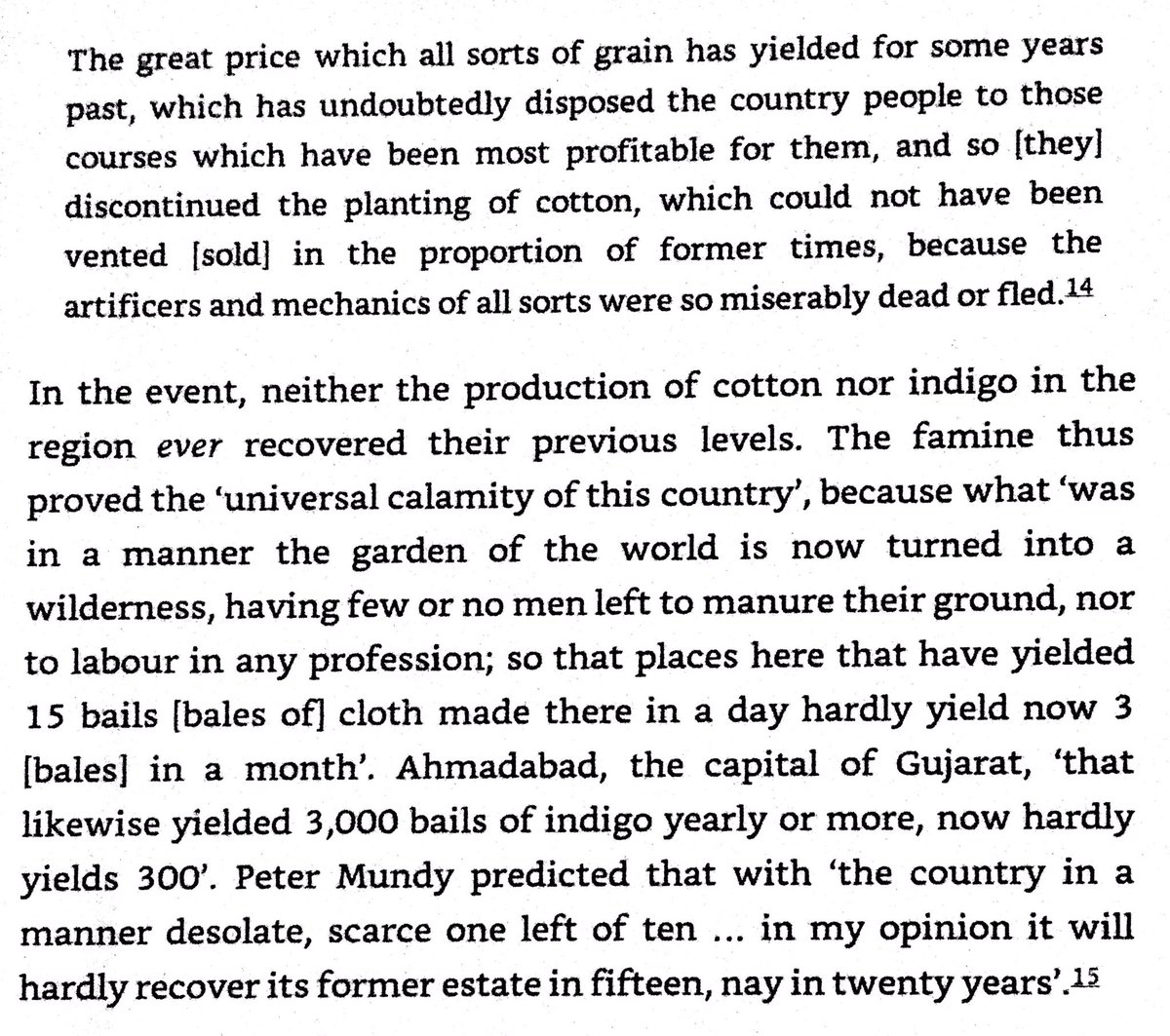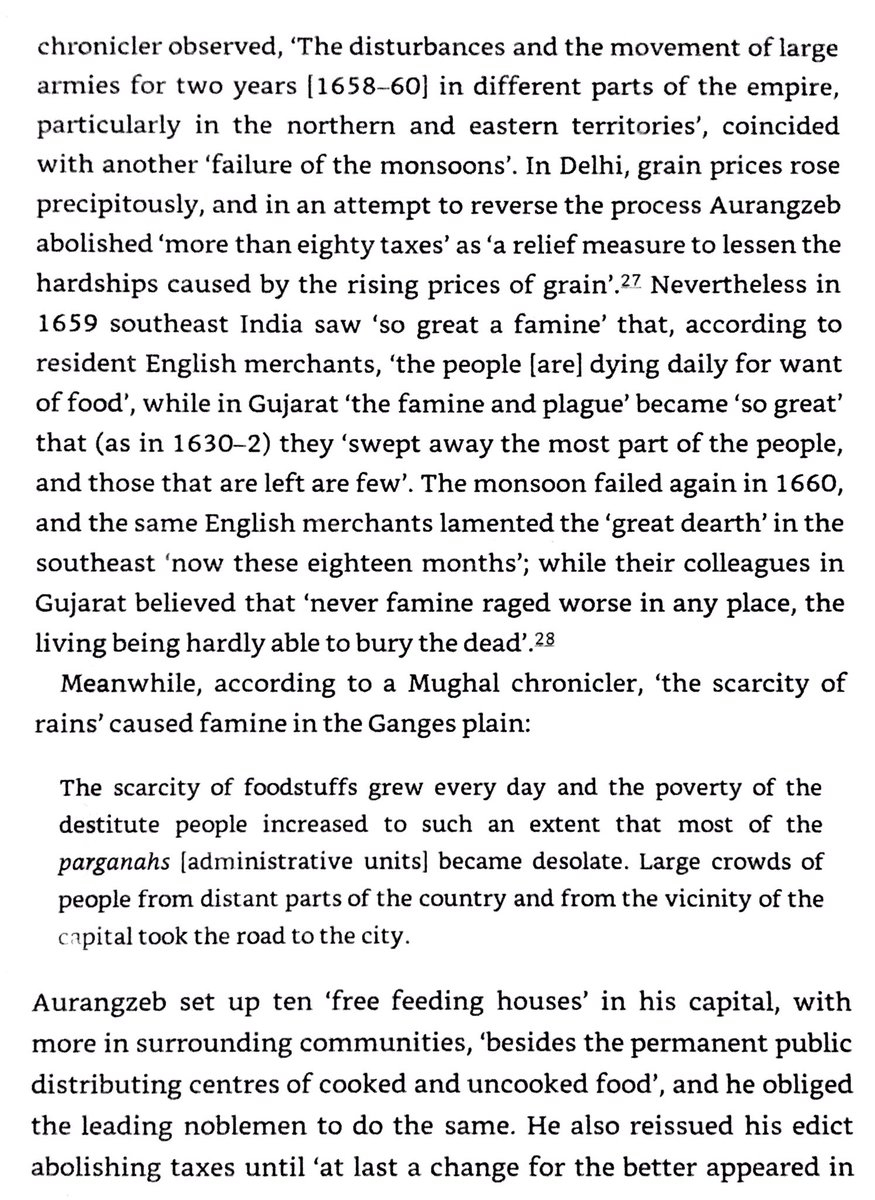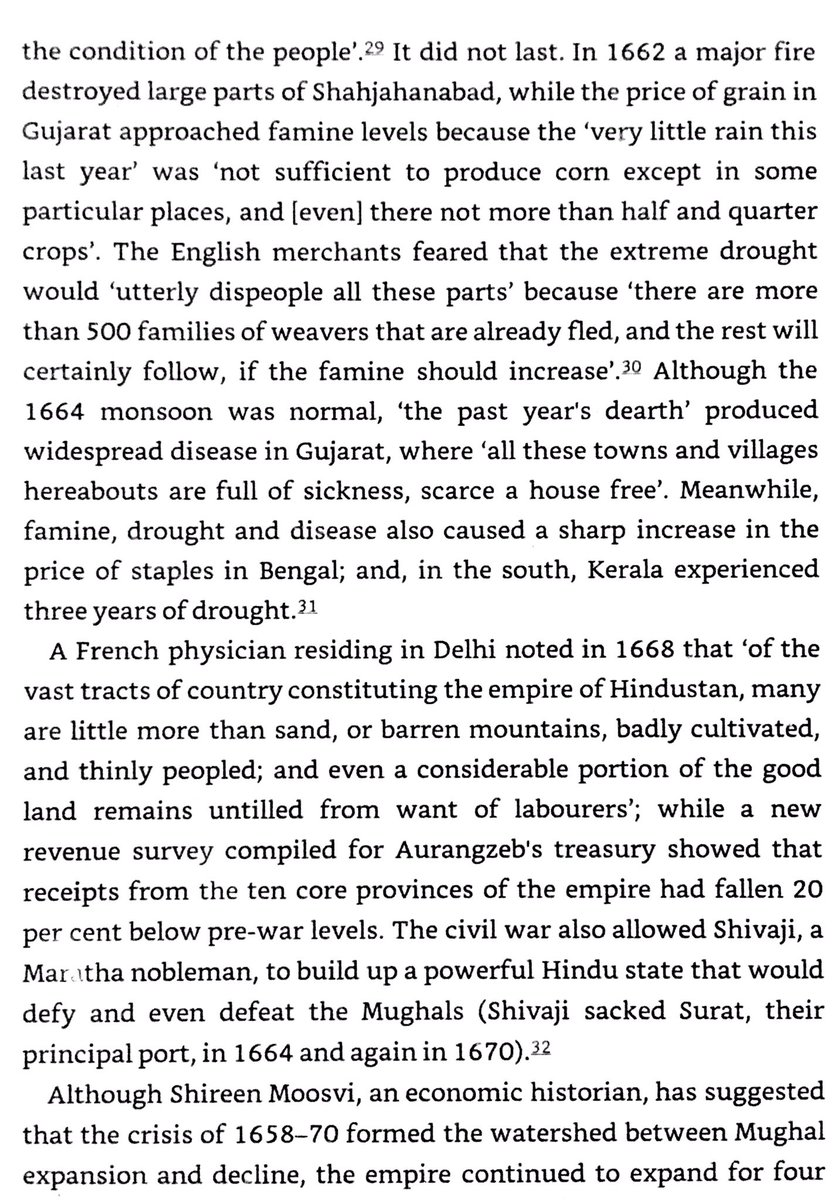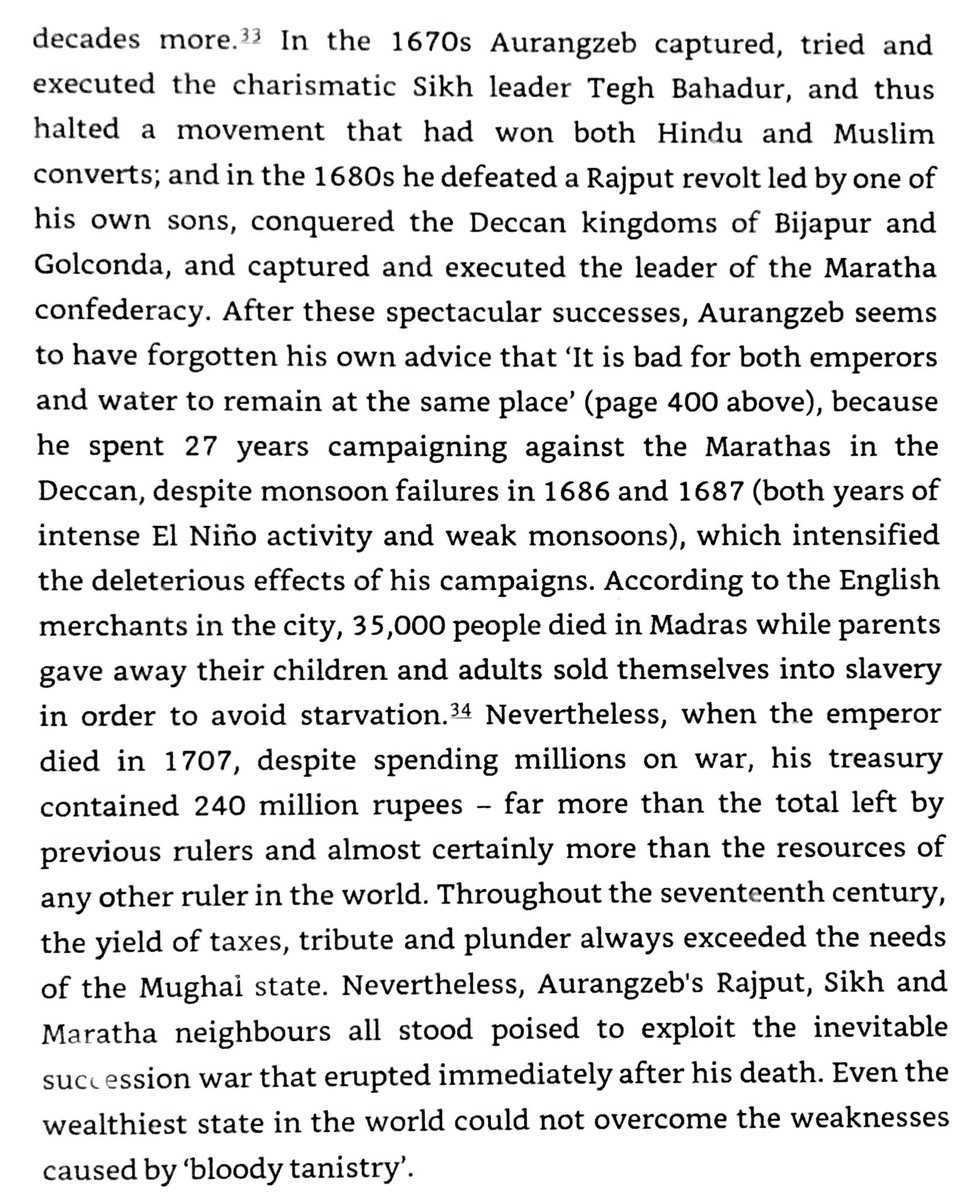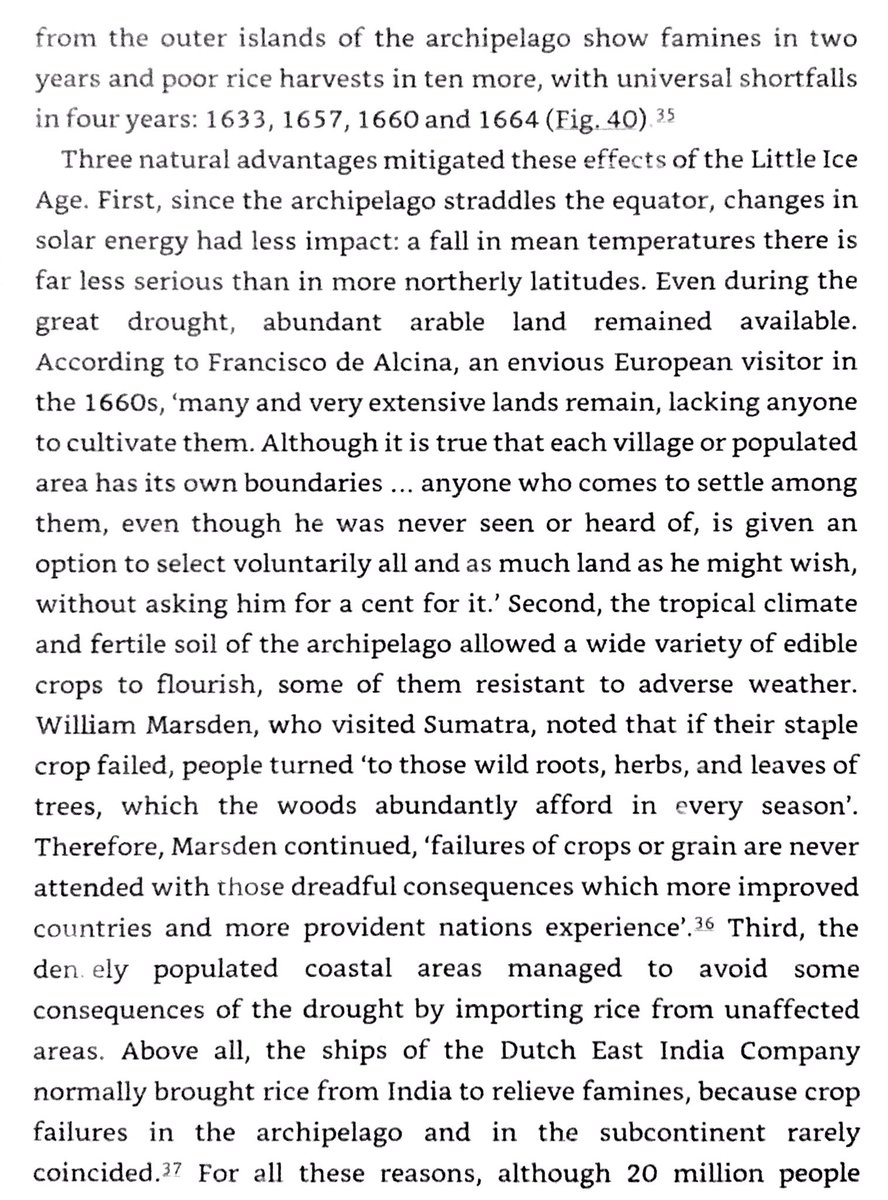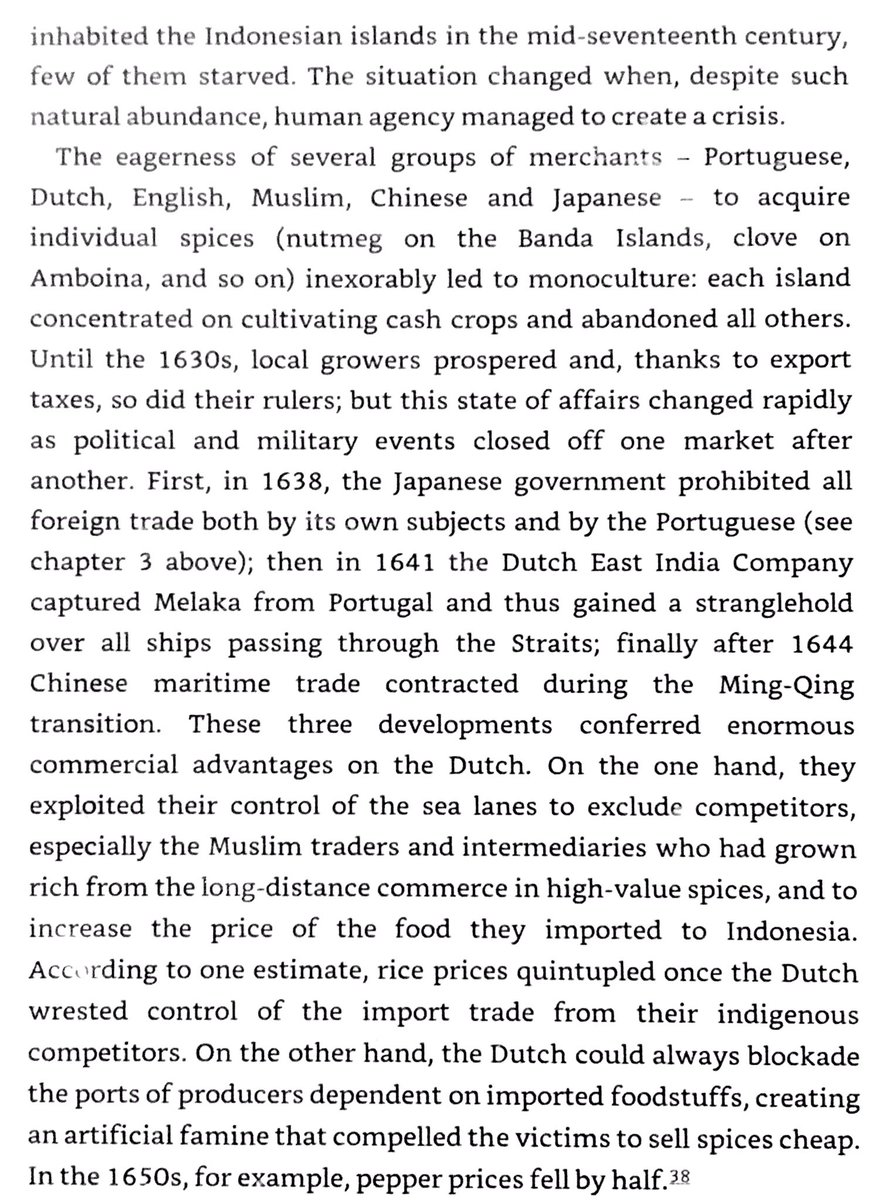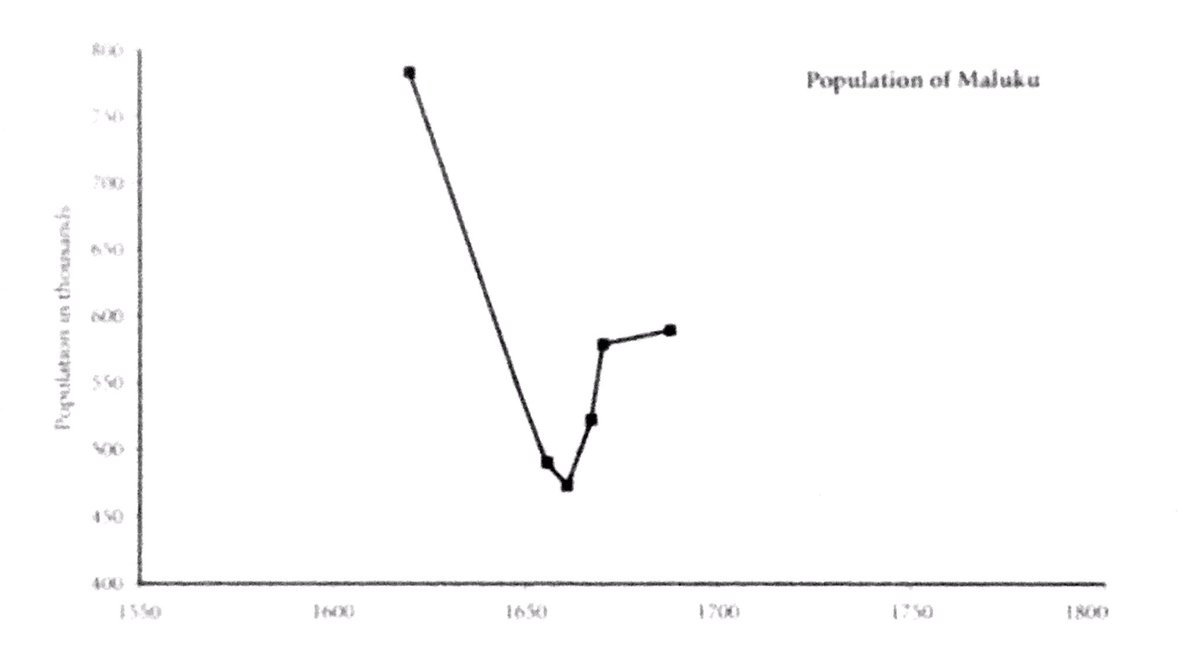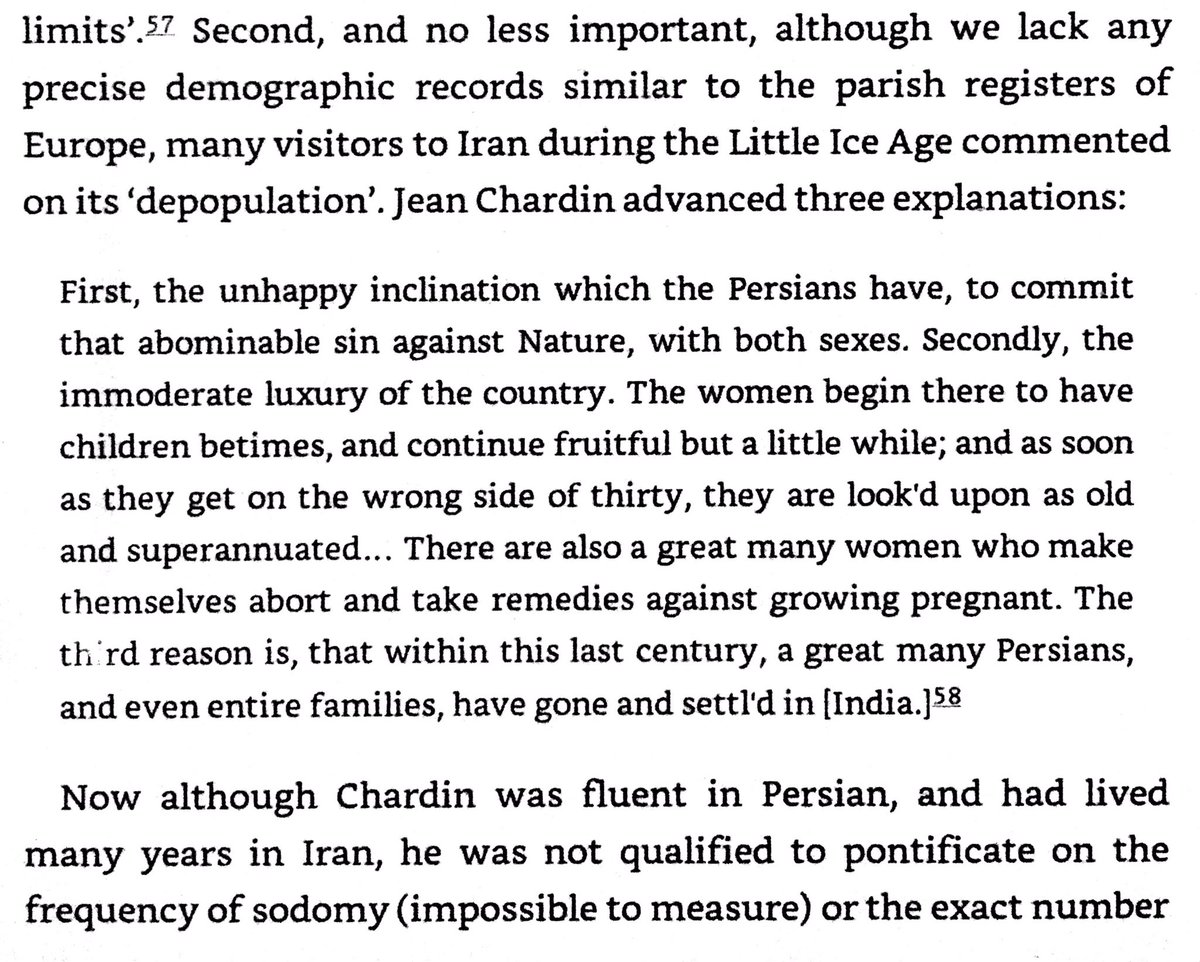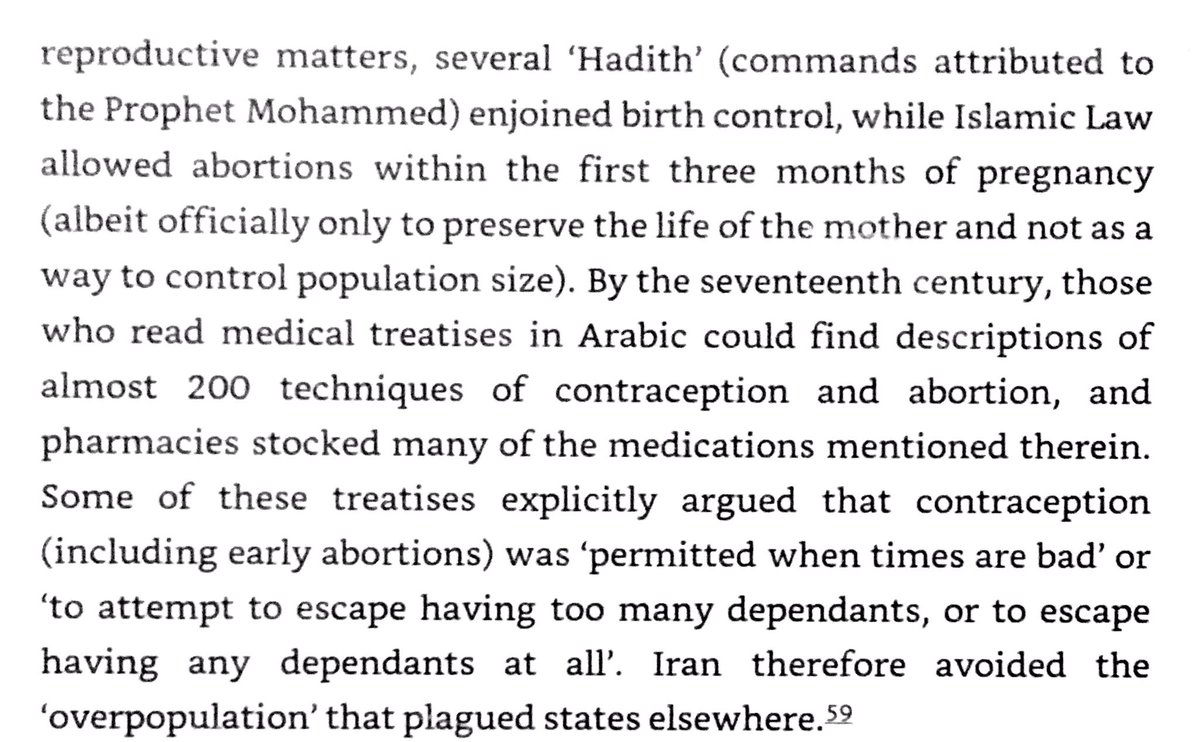Thread with excerpts from “Global Crisis: War, Climate Change, & Catastrophe in the Seventeenth Century” by Geoffrey Parker
Natural & human archives of the past. Former is what can be determined from ice cores of glaciers, pollen layers & levels in swamps, sizes of rings inside certain trees, & groundwater deposit in caves. Latter is instrumental data, numerical records, archaeological evidence, etc.
Average heights of French soldiers 1650-1770. Those born in mid-17th century were unusually short as result of childhood malnutrition.
Mid-17th century population declines were tremendous. Ireland’s population fell by 1/5 & Germany by 2/5. Russia, China, Ottomans, & Poland all experienced population declines of 1/3.
Smallpox became more lethal in 17th century, with improved transportation spreading new strains & connecting previously unexposed areas.
Despite the 17th century being unusually bad by historical standards, an Italian preacher of the time wrote two popular books arguing that things had never been better.
1630s & 1640s E Asia featured unusually cold temperatures, droughts, & famine. Winter 1643-1644 was the coldest from 800-1800. Manchu concluded they had to invade China or starve, so they put together a 60,000 man army. They were invited across the Great Wall by feuding Chinese.
17th century Poland-Lithuania & Russia each had 11 million inhabitants, Sweden had at most 2 million. More than 70% of Russians lived north of the forest line, & only 1% in Siberia. The steppe was underpopulated & control was contested by the nomadic steppe hordes.
sources for mid-17th century Russian history are scarce. Only Sweden maintained permanent representative in Moscow, & most of the government records of the time have been lost in various incidents. Siberian archives of the time survived however.
Russia built an 800-mile long wood-and-earth wall on the steppe from Dnepr to Volga to extend her rule & protect her from the steppe tribes. Towns & forts were constructed along the wall at great expense.
By 1640, 10% of the landholders in Polish Ukraine controlled 2/3rds of the population - justified by the nobles needing to fund frontier defenses. One Polish family ruled 230,000 people.
Ukraine had bad harvests in 1640s. With nothing to lose, charismatic & Jesuit-educated Bohdan Hmelnitsky led Ukrainians to rebel, rapidly gathering an army against Poles, Jews, & Catholics.
Sweden, Ukraine, & Russia devastated Poland in “The Deluge” of the mid-17th century. Overall Polish population fell by 1/3, & cities were depopulated.
Ukraine was devastated by 17th century, losing most of her population & her autonomy. Her culture greatly influenced that of Russia, as her seminaries taught her music, priests, & art to Russians.
Ottoman government declined in 17th century due to internal conflicts. Unlike the viciously feuding European states, Ottomans didn’t develop better tactics, warships, or fortresses.
Authority of Torah within Jewish community had weakened in 17th century & was replaced by Kabbalah. Shabbati Zvi won support as Messiah. Ottomans demanded he perform miracle or convert - he converted to Islam. His followers in E Europe became Frankists, in Turkey the Donme.
17th century Sweden was an extremely militarized society. 500,000 Swedish soldier died in war 1620-1719. Their overall population was roughly 1 million. After heavy losses in 30s Years War, there were perhaps 9 Swedish women for every 5 Swedish men.
Depopulation of eastern Germany & Czechia in 30 Years War led to labor shortages. As result states enserfed their peasants, gradually stripping them of their freedoms & forcing them to do labor. Serfs couldn’t move, marry, or split inheritances without their lord’s consent.
House of Braganca had their own power base in Portugal, & successfully revolted against Spain in 1640. They took advantage of the small Spanish garrison in Lisbon, & felt they gained nothing but lost much by union with Spain.
Baptisms in 17th century Castile & baptismal & burial totals for Madrid. Drought of 1630-1, plague 1649-50, & another famine in 1662 all had terrible effects.
14x spike in deaths in Paris during the Fronde of 1652. Fighting, famine, & flooding did much of the killing.
No alternative rival for authority appeared in mid-17th chaos in France, so Louis XIV was able to present himself as sole alternative to anarchy. He ended many alternate power structures (parlements, noble controlled state ministries, etc) & worked to create an absolute monarchy.
Periphery of British Isles remained religiously heterogeneous into mid-17th century. 70k English & Welsh with 30k Scots formed a Protestant minority in Ireland, concentrated in Ulster.
Charles I ruled without Parliament for 11 years by financing the government with customs duties, redefining royal forests, & using navy taxes.
Bad weather ruined Irish harvest 1639-1641. Irish Catholics had hints that Charles I would support their rebellion, & rose against Protestants after the Protestants stripped them of representation. Perhaps 10,000 died in the resulting sectarian clashes.
About 7% of the population of Britain & 20% of the population of Ireland died in the struggles of 1640-1660.
4 million men in northern India possessed weapons & military training during mid-17th century. Mughals organized bankers & markets in their empire to ensure their army of 240k was regularly paid & fed.
17th century saw 4 catastrophic monsoon failures: 1613-15, 1630-32, 1658-60, 1685-87. Gujarat was afflicted particularly badly due to reliance on food imports. 1630s monsoon failure killed millions from Surat to Goa with flooding, malaria, dengue fever, & famine.
1658-60 monsoon failure caused famine in Gujarat & the southeast, drought in Kerala, & rise in prices for food in Bengal. Mughal tax receipts fell 20%. Marathas would take advantage of Mughal weakness & sack Surat 4 years later.
Indonesia’s fertility & tropical climate made it less vulnerable to famine. Shift to cash crops for trade changed this - if blockaded food couldn’t be replaced by local produce. Fall of Ming & Japanese isolationism led to Dutch takeover of the sea trade there.

 Read on Twitter
Read on Twitter
